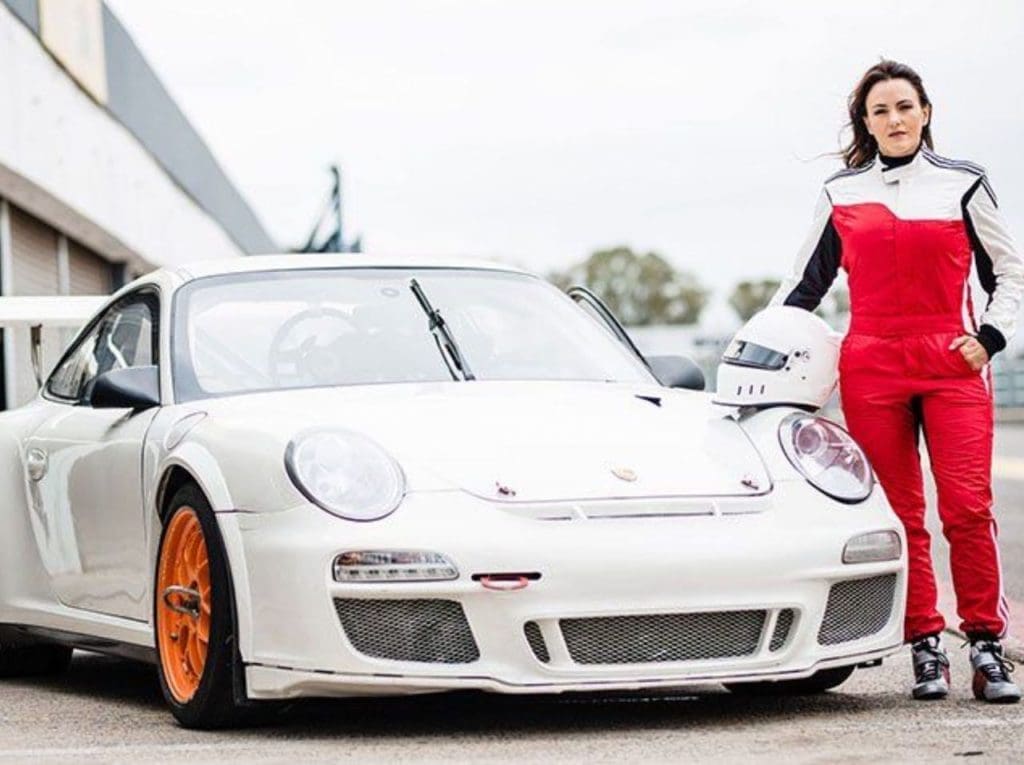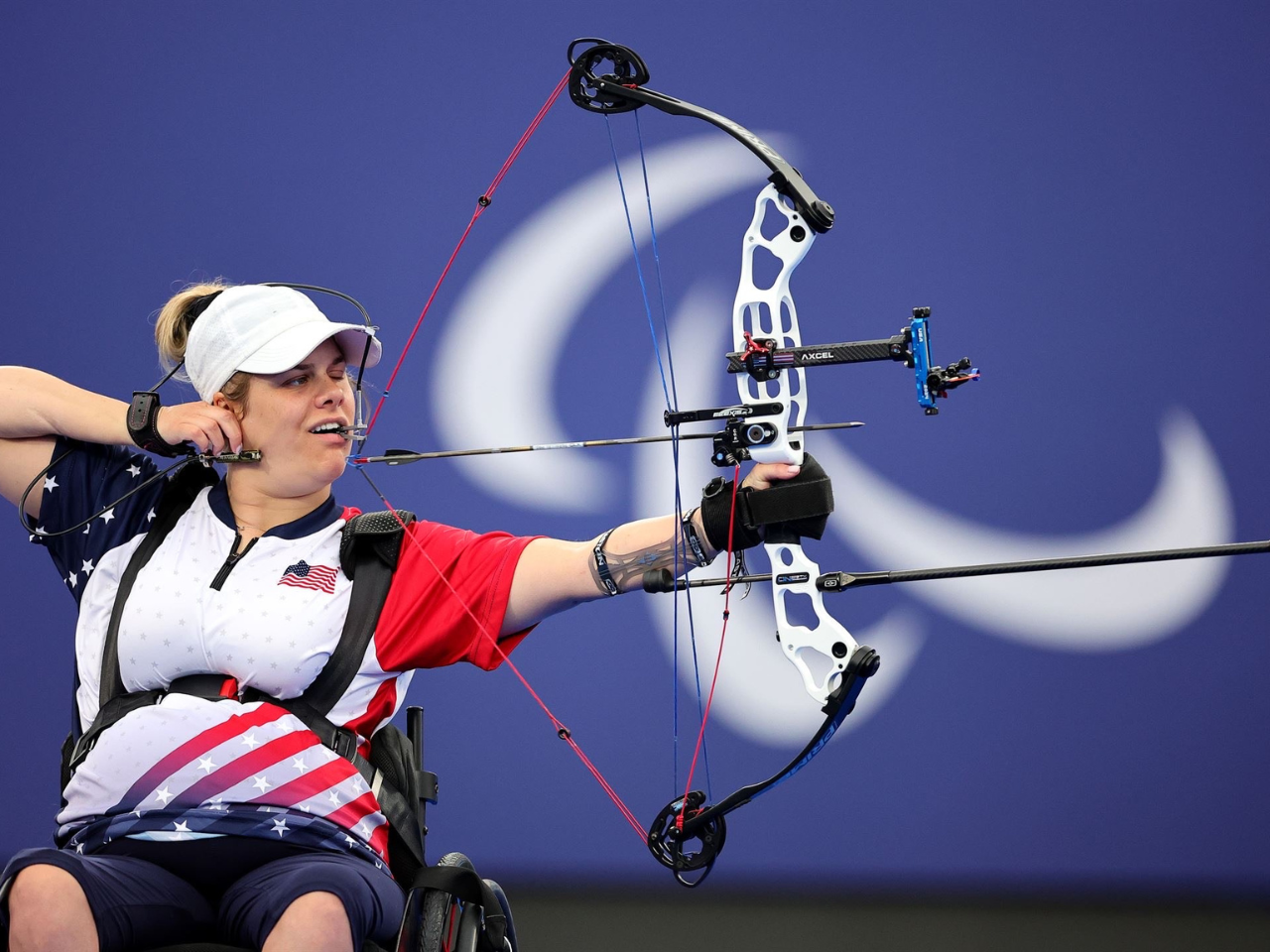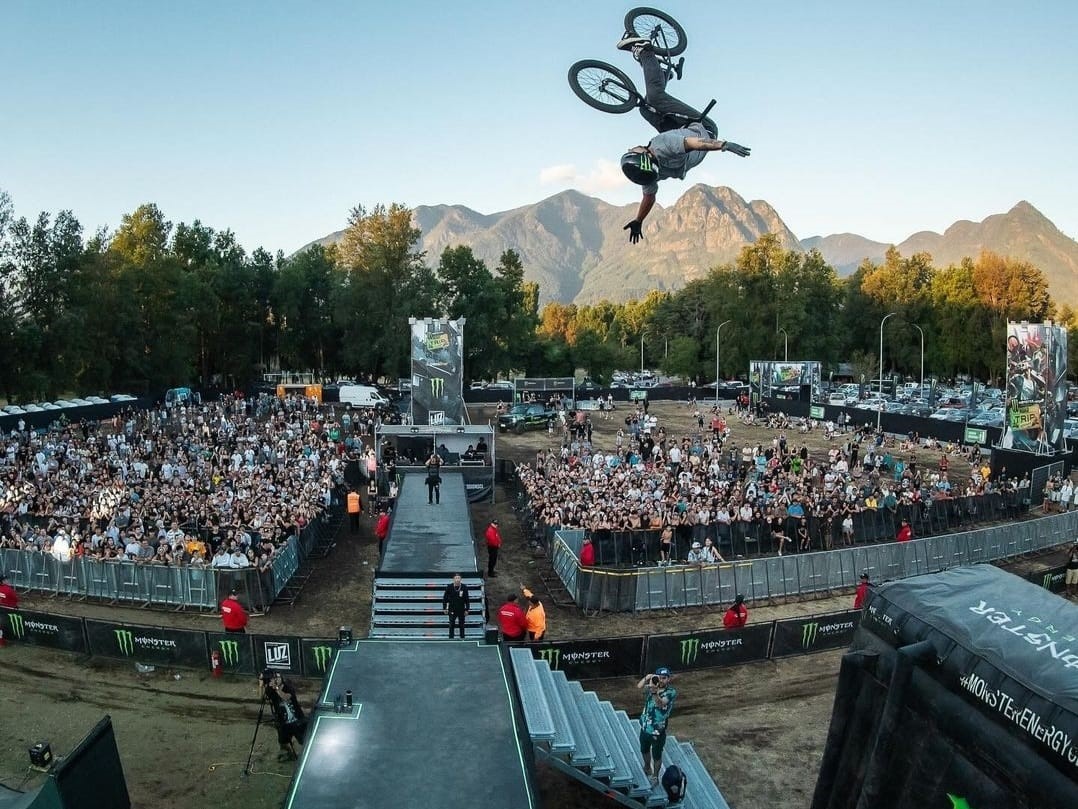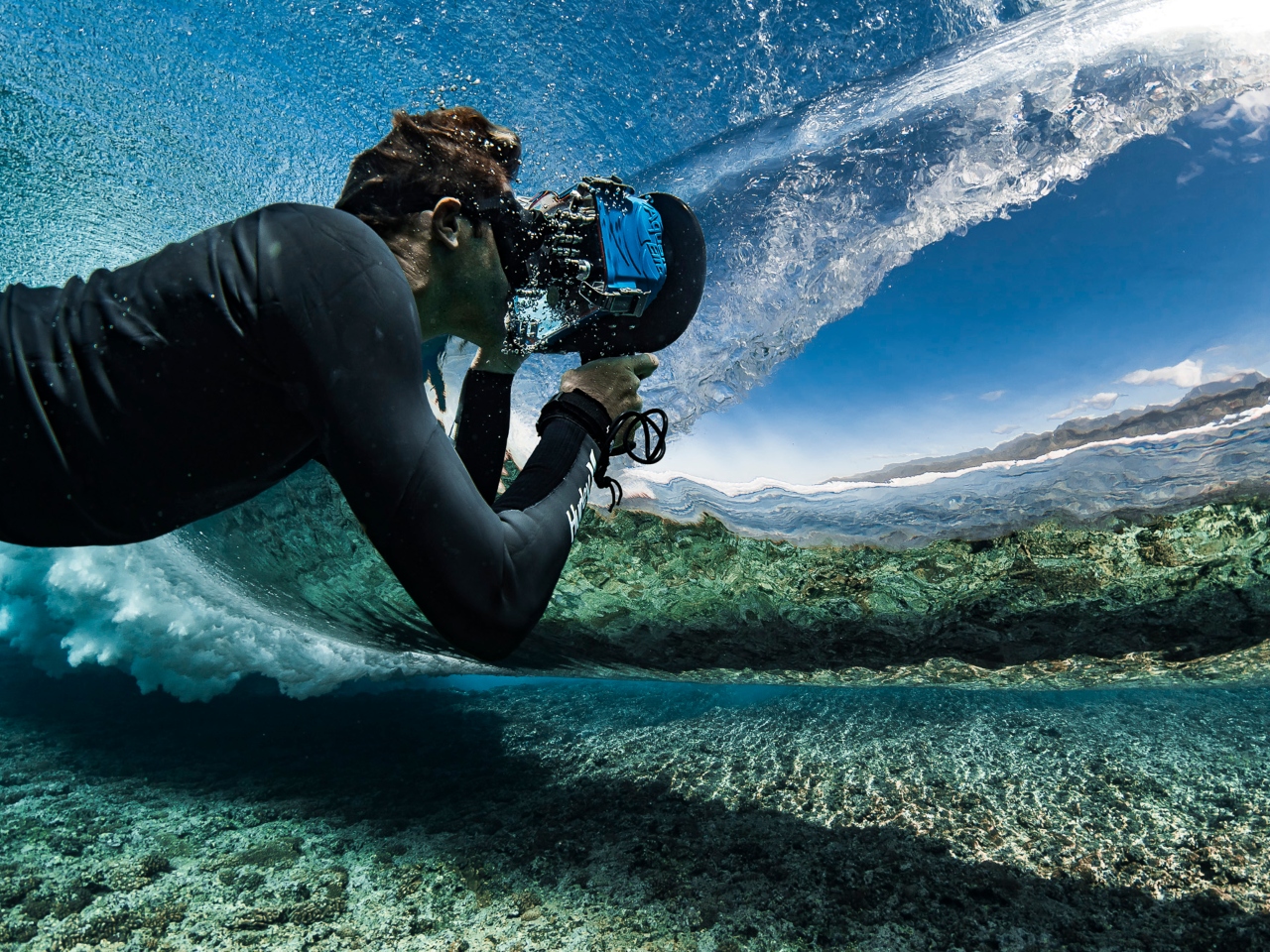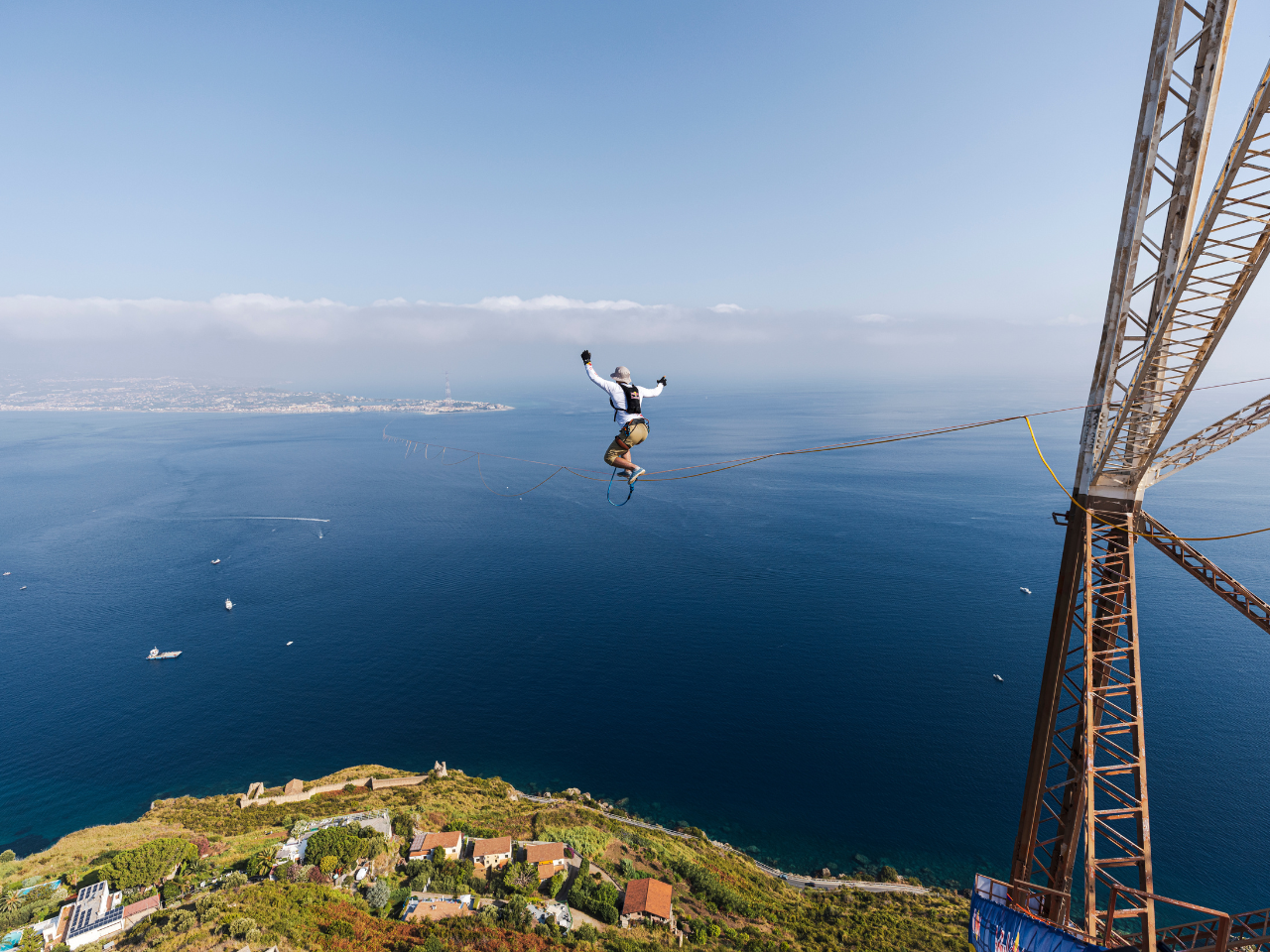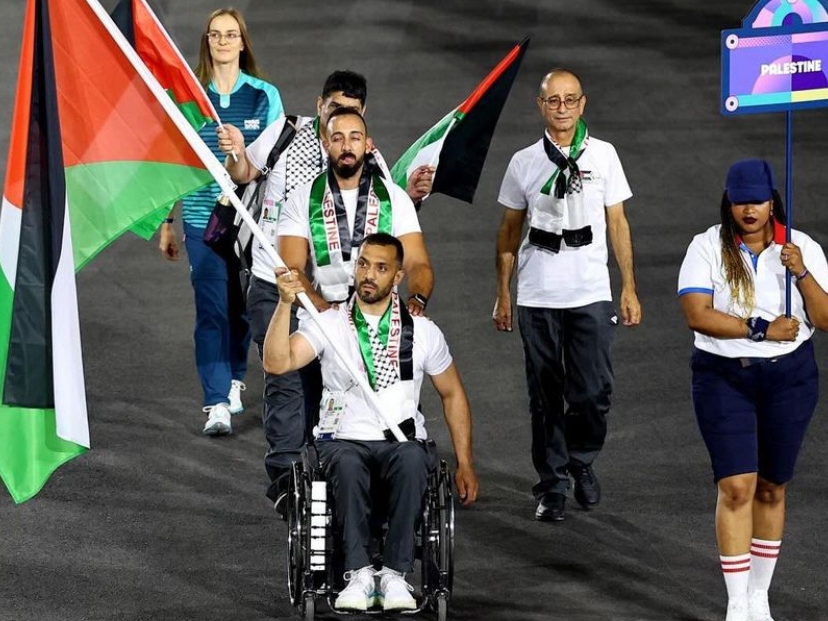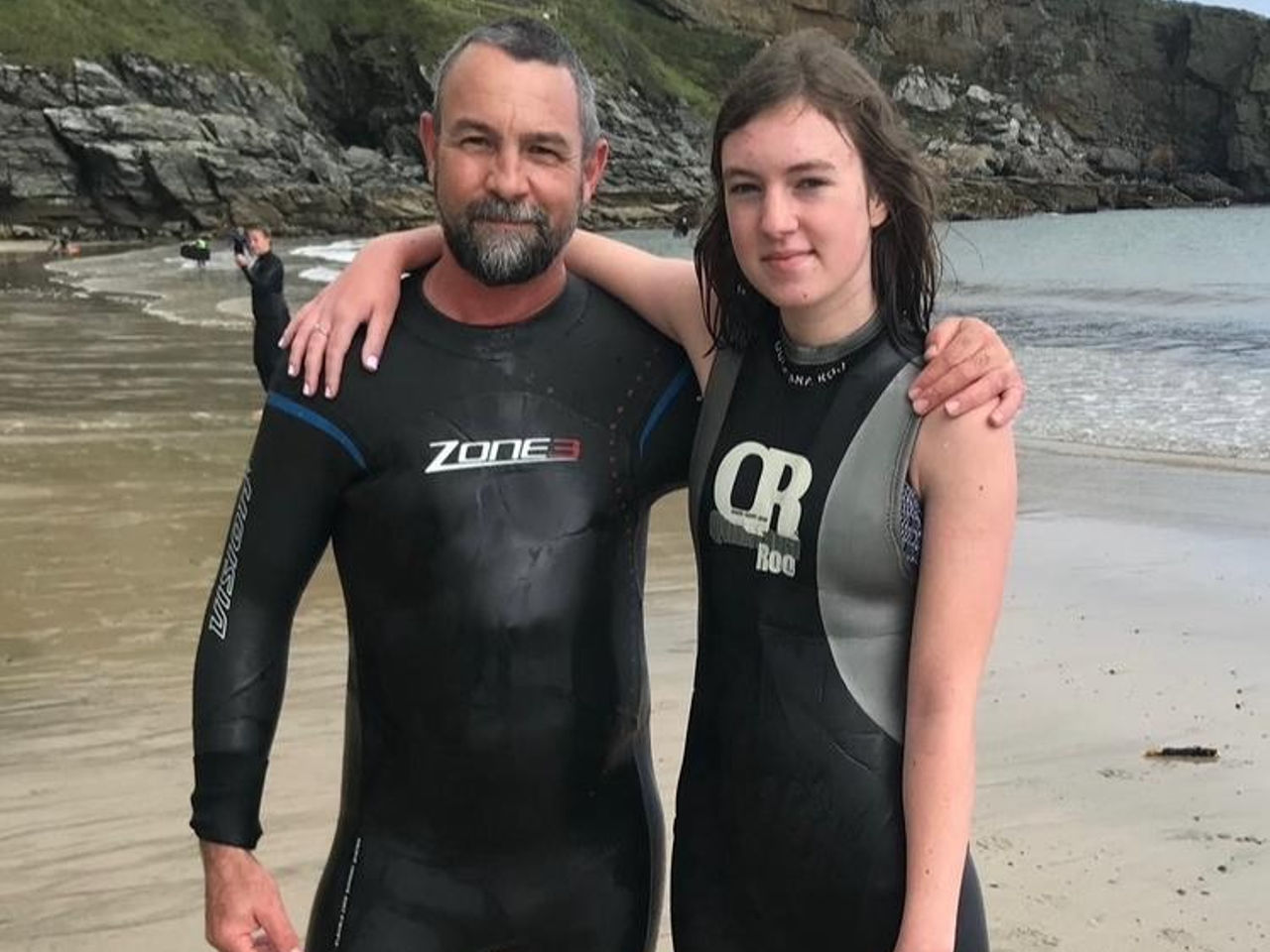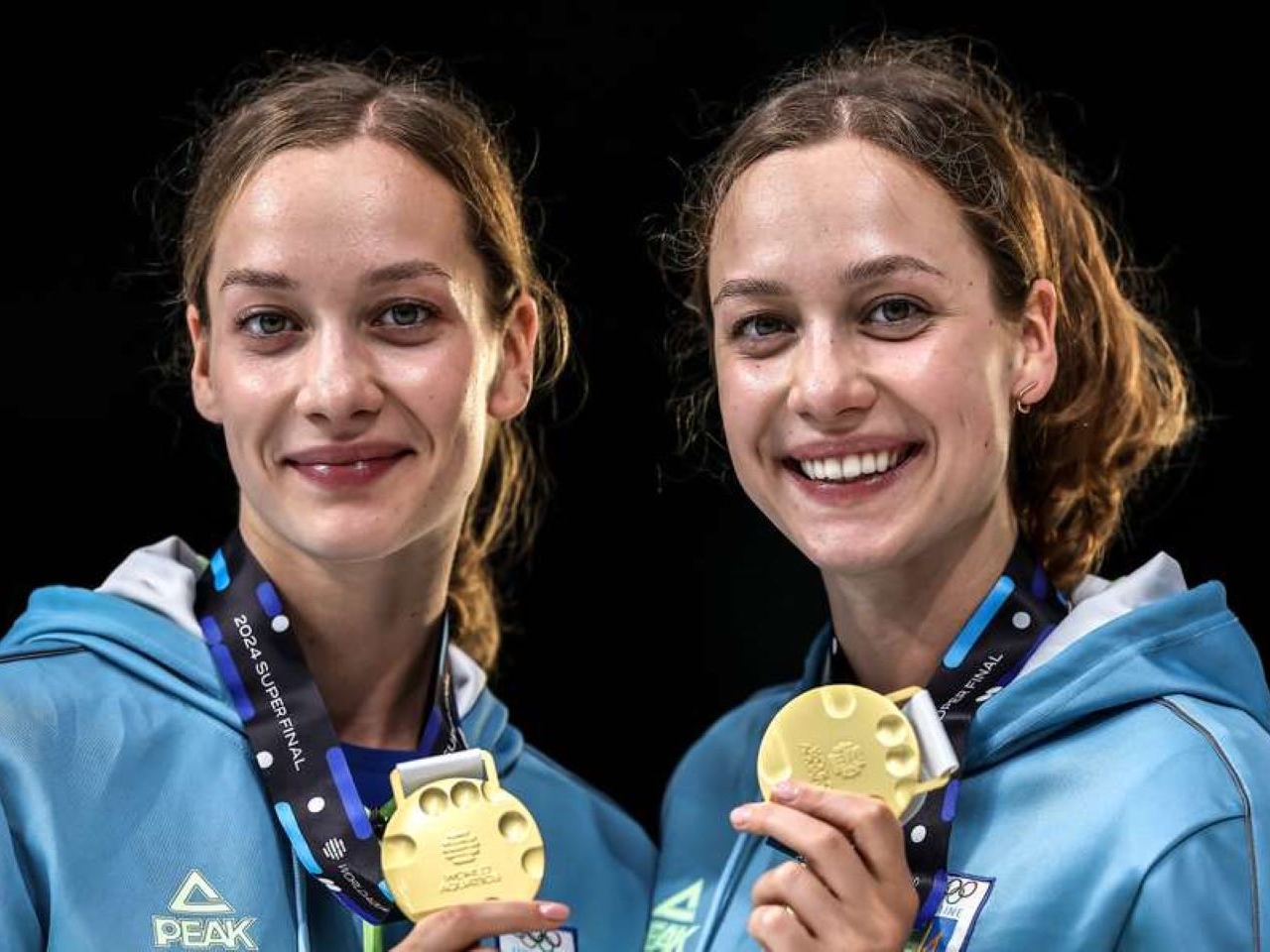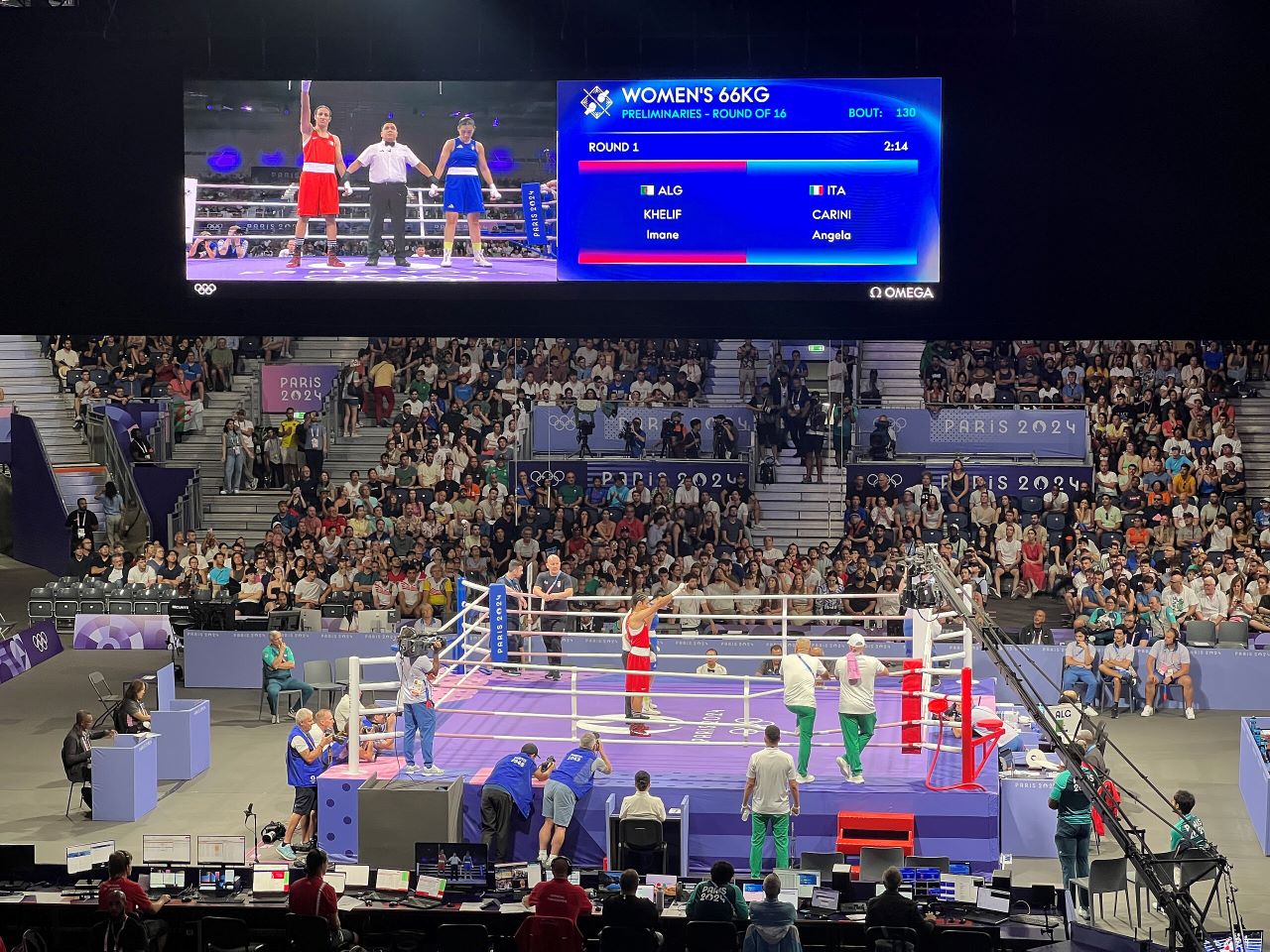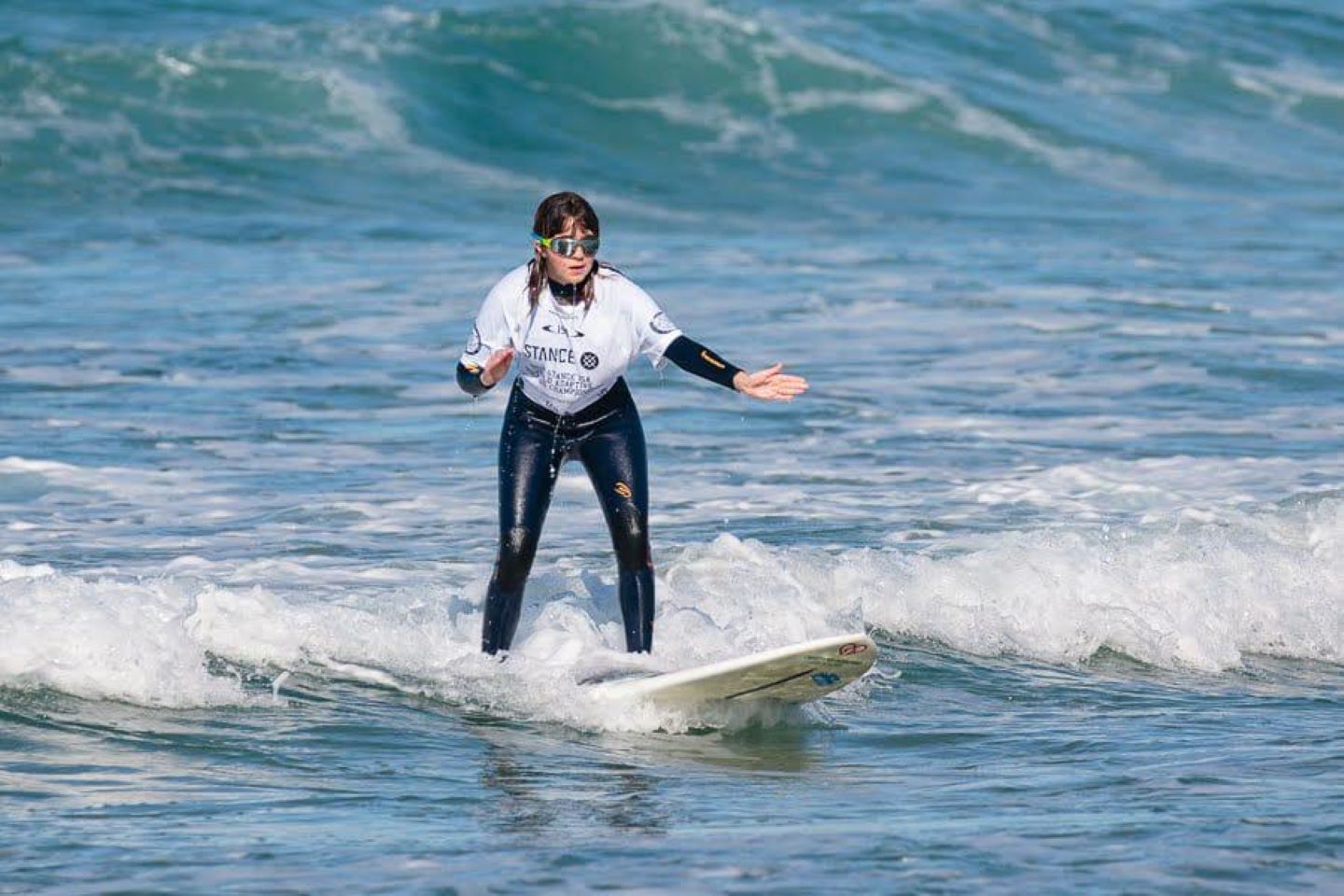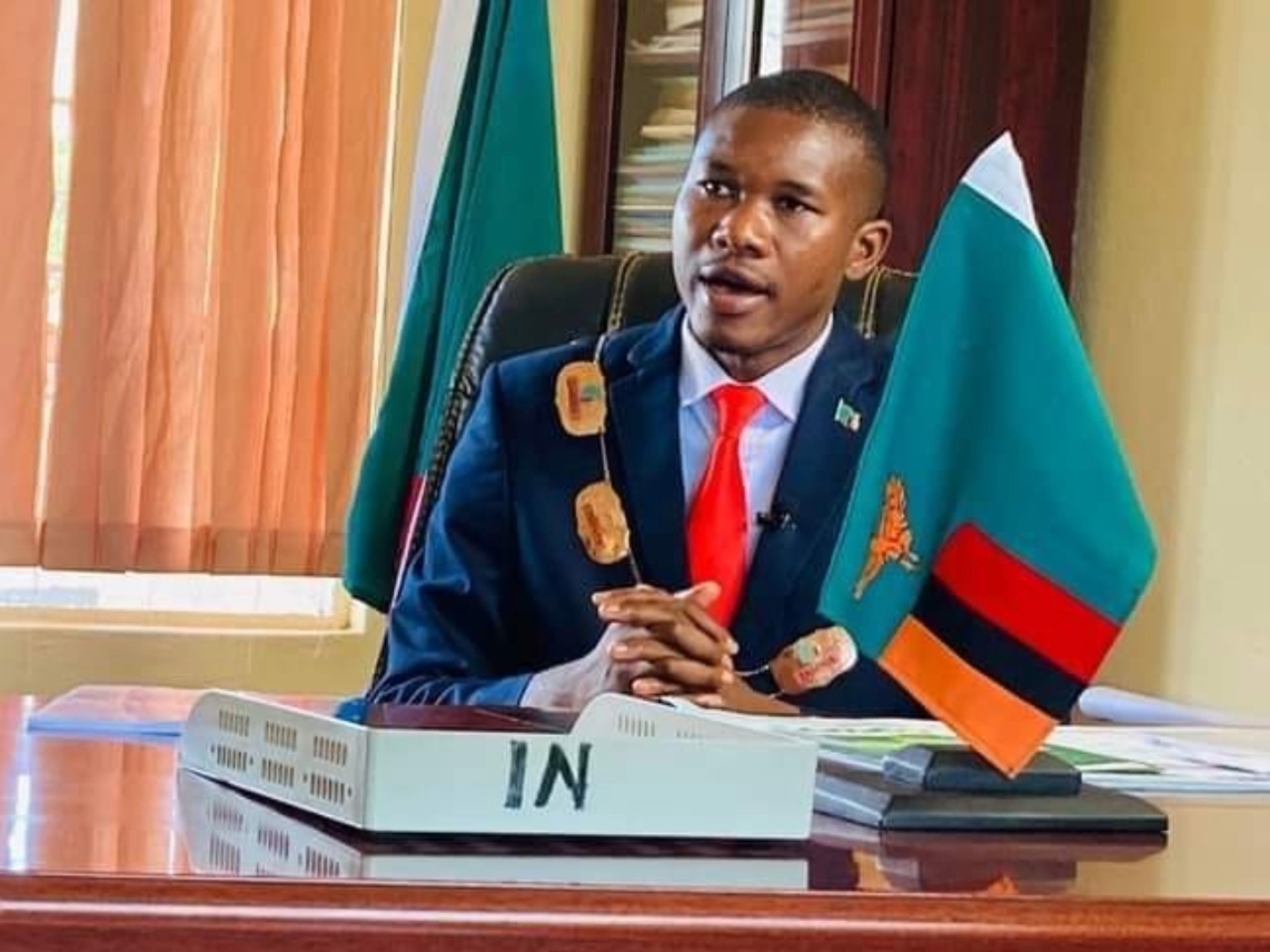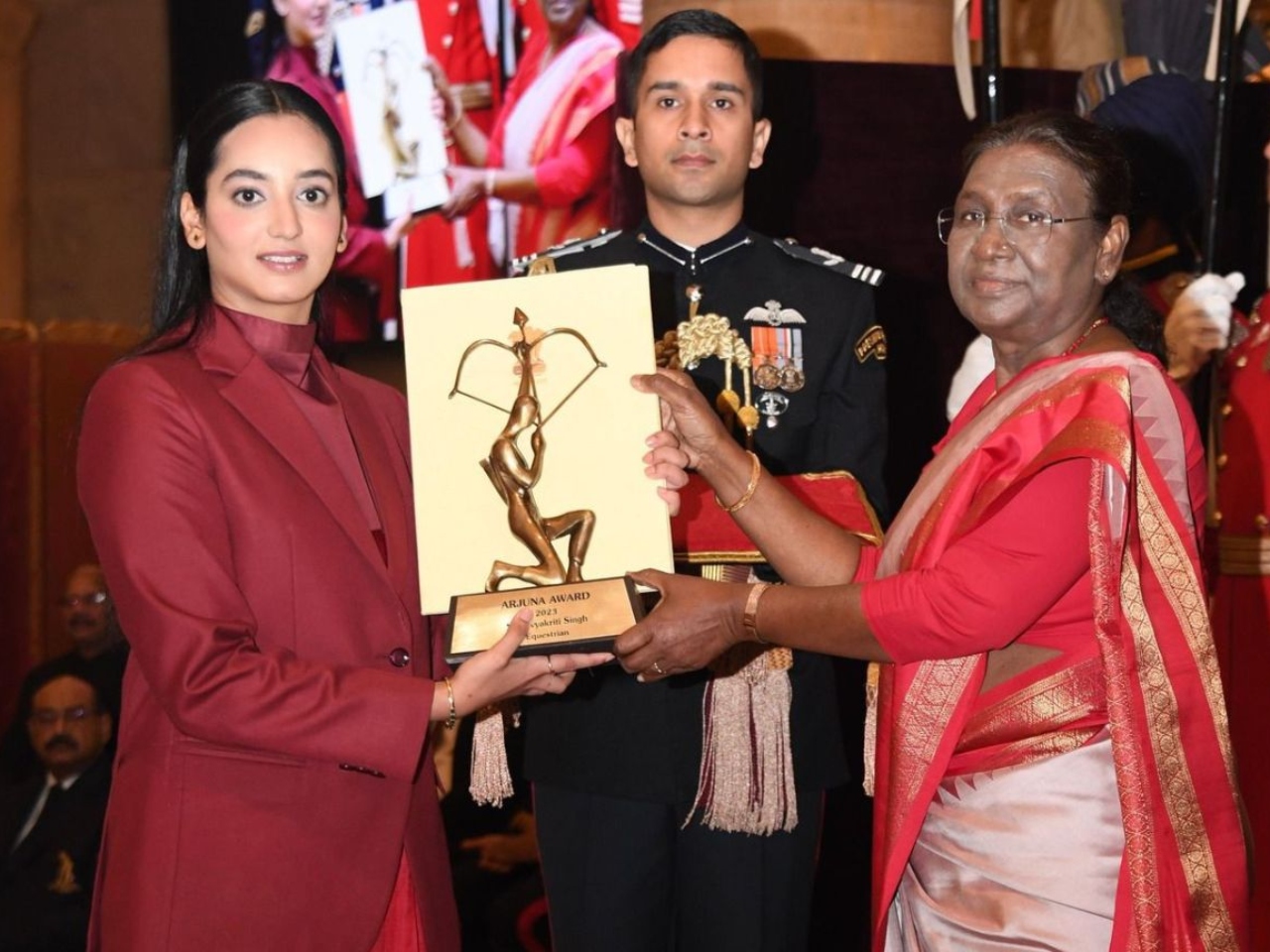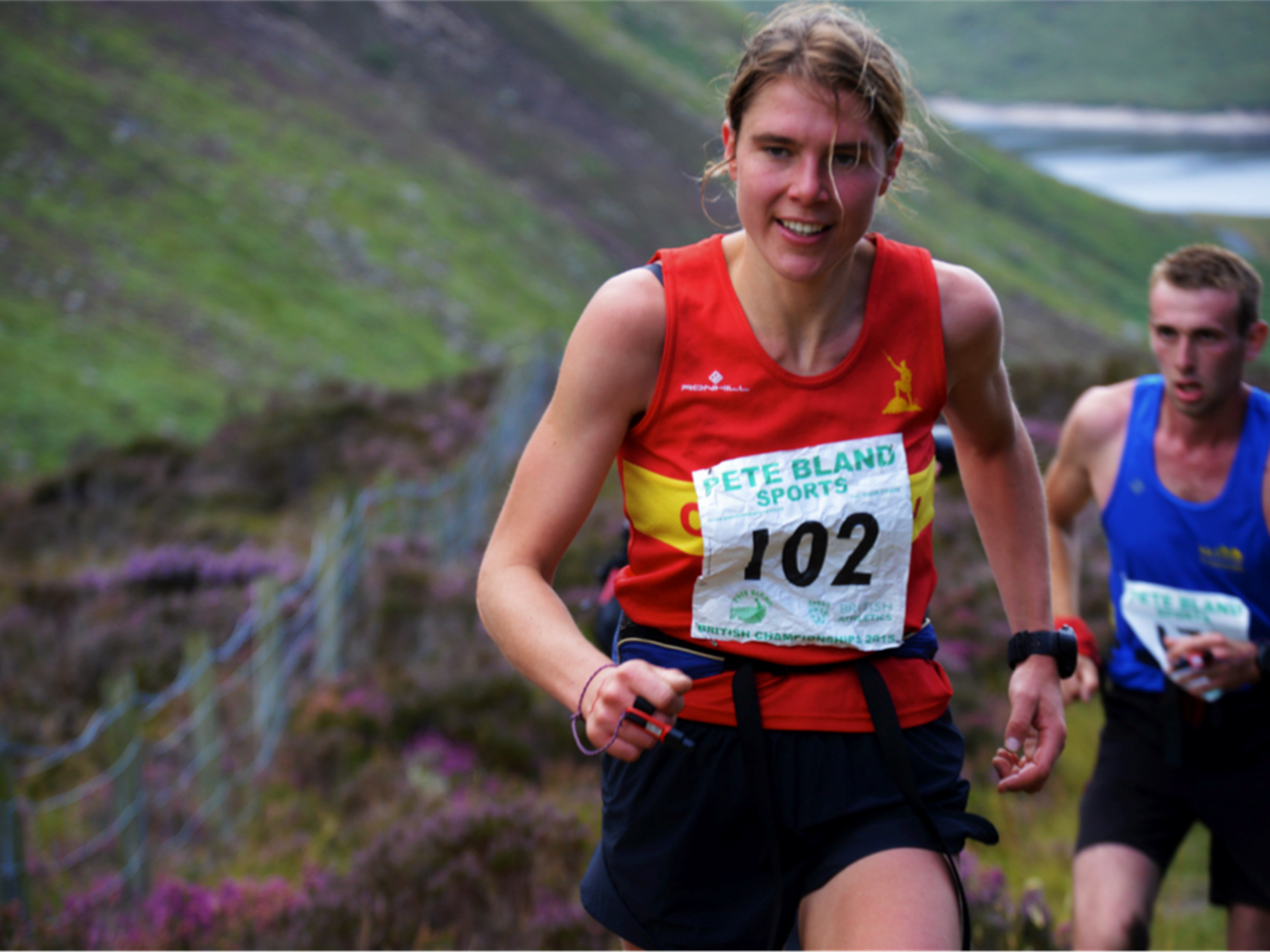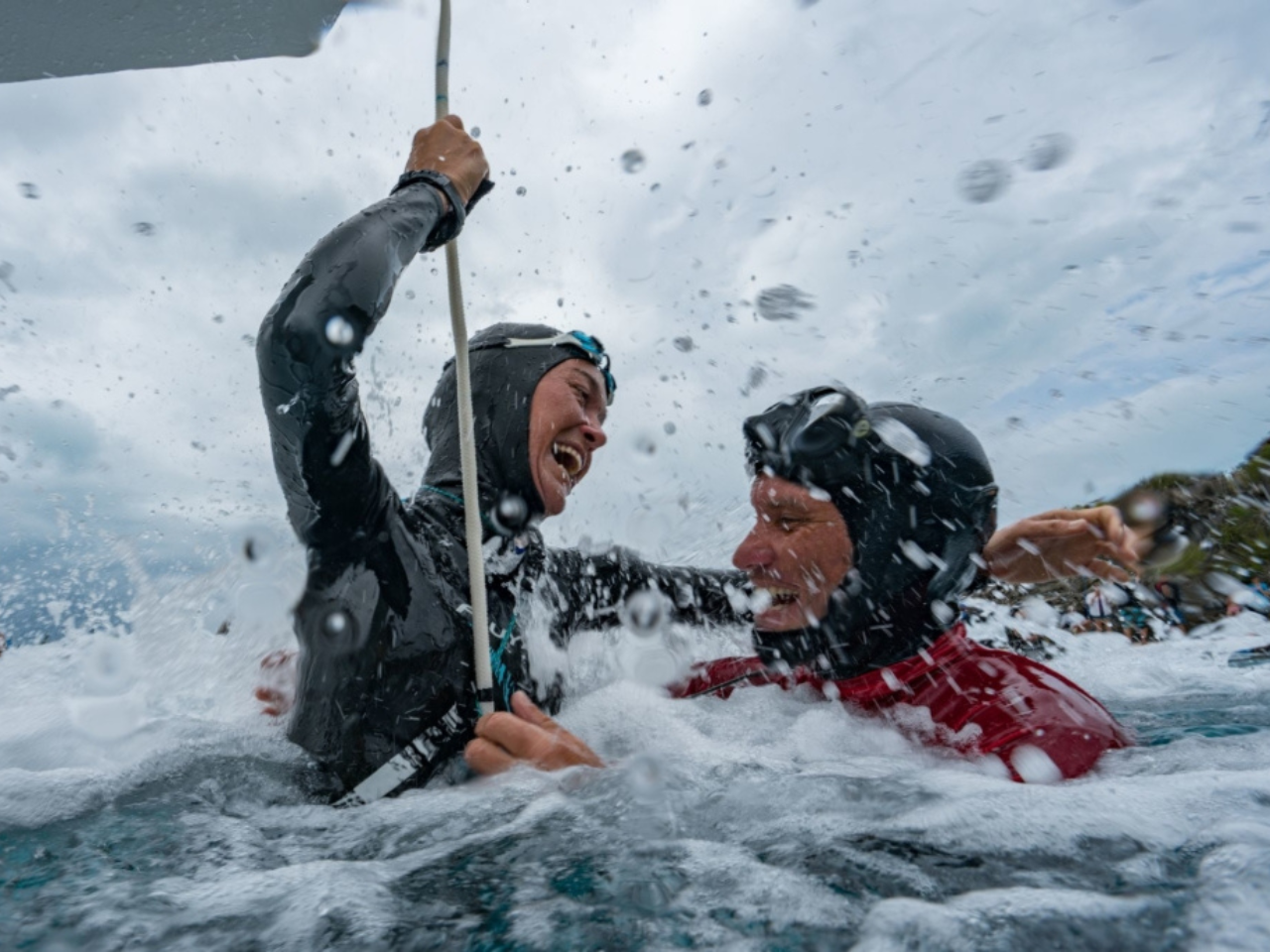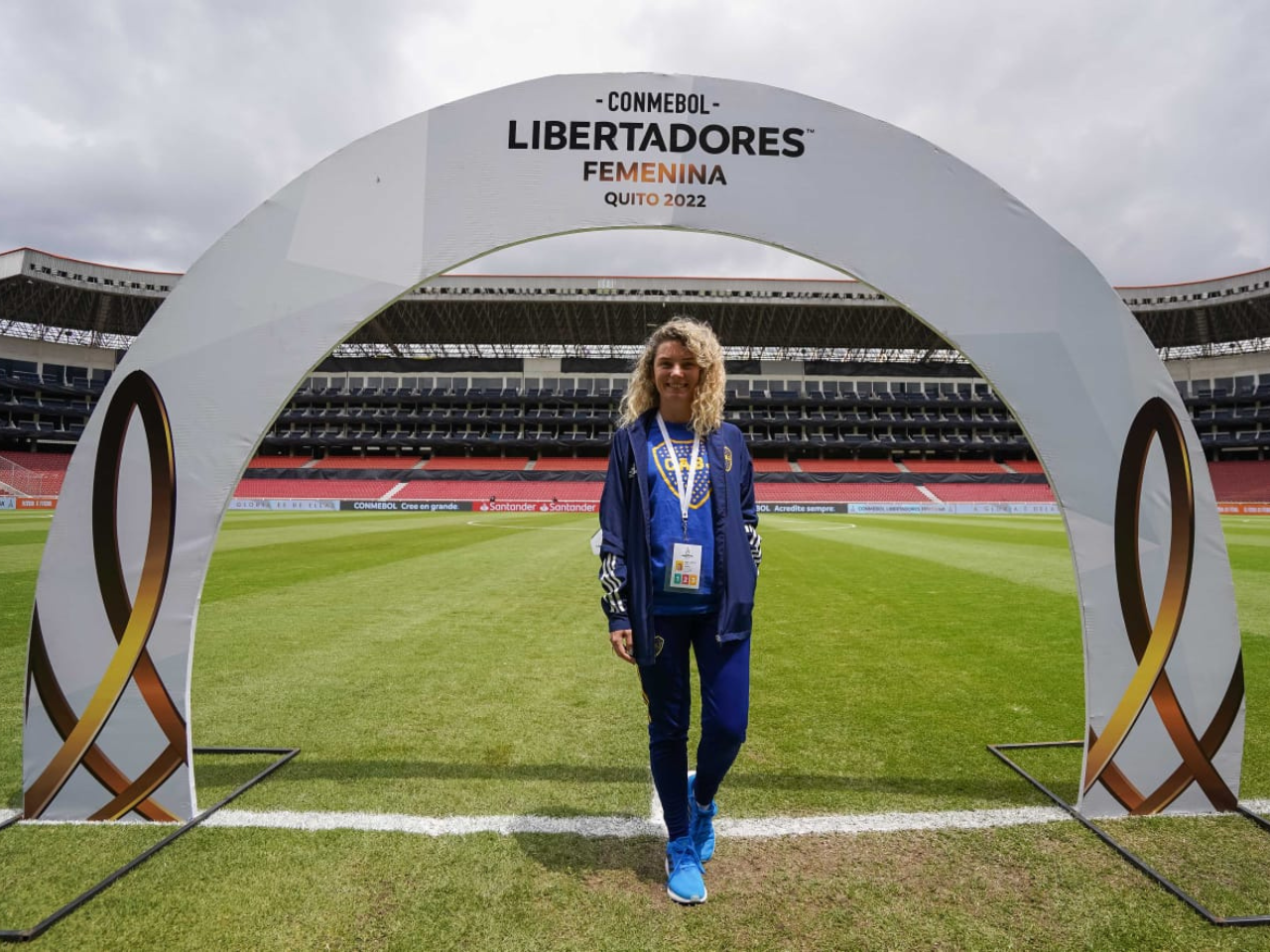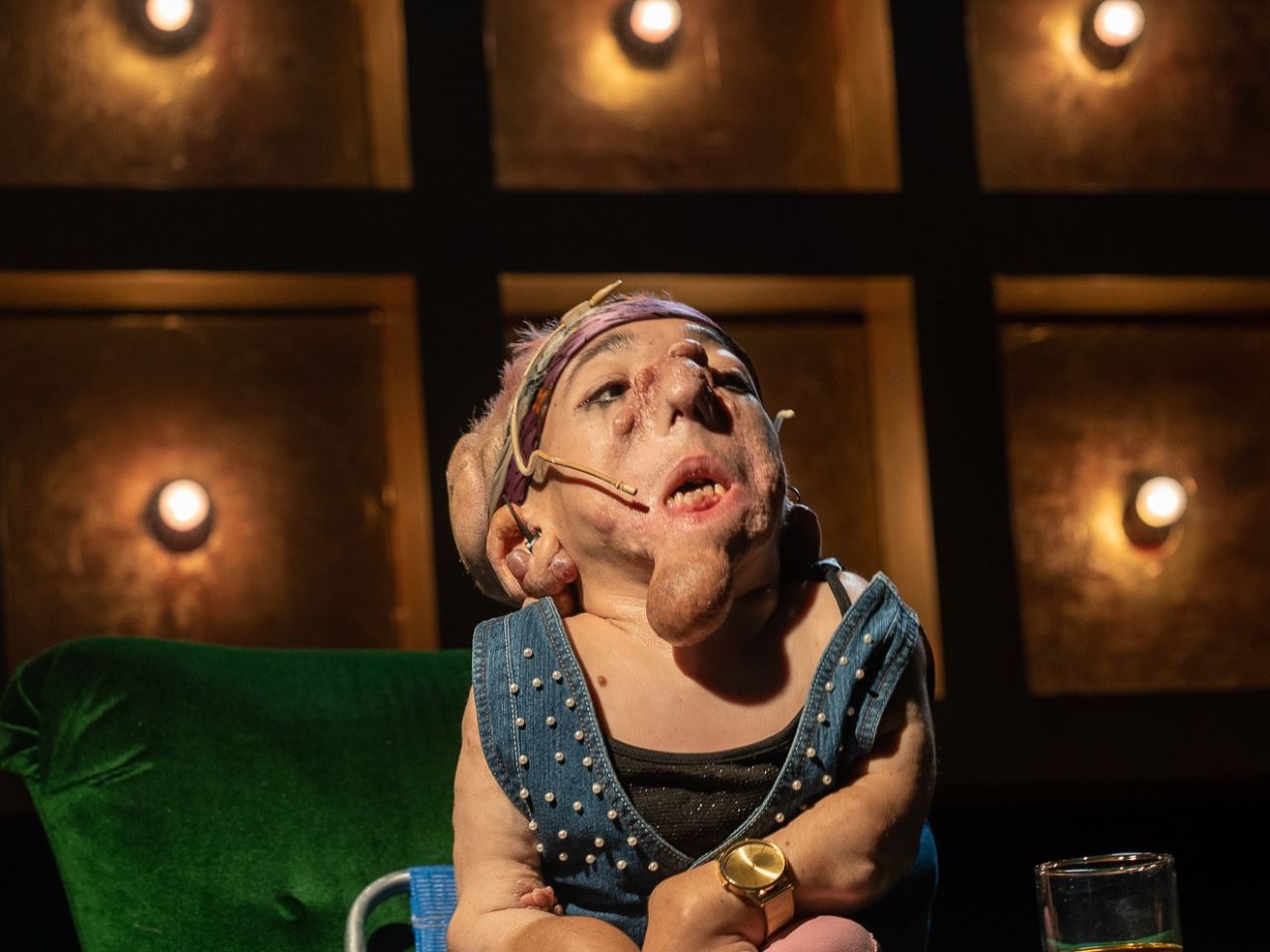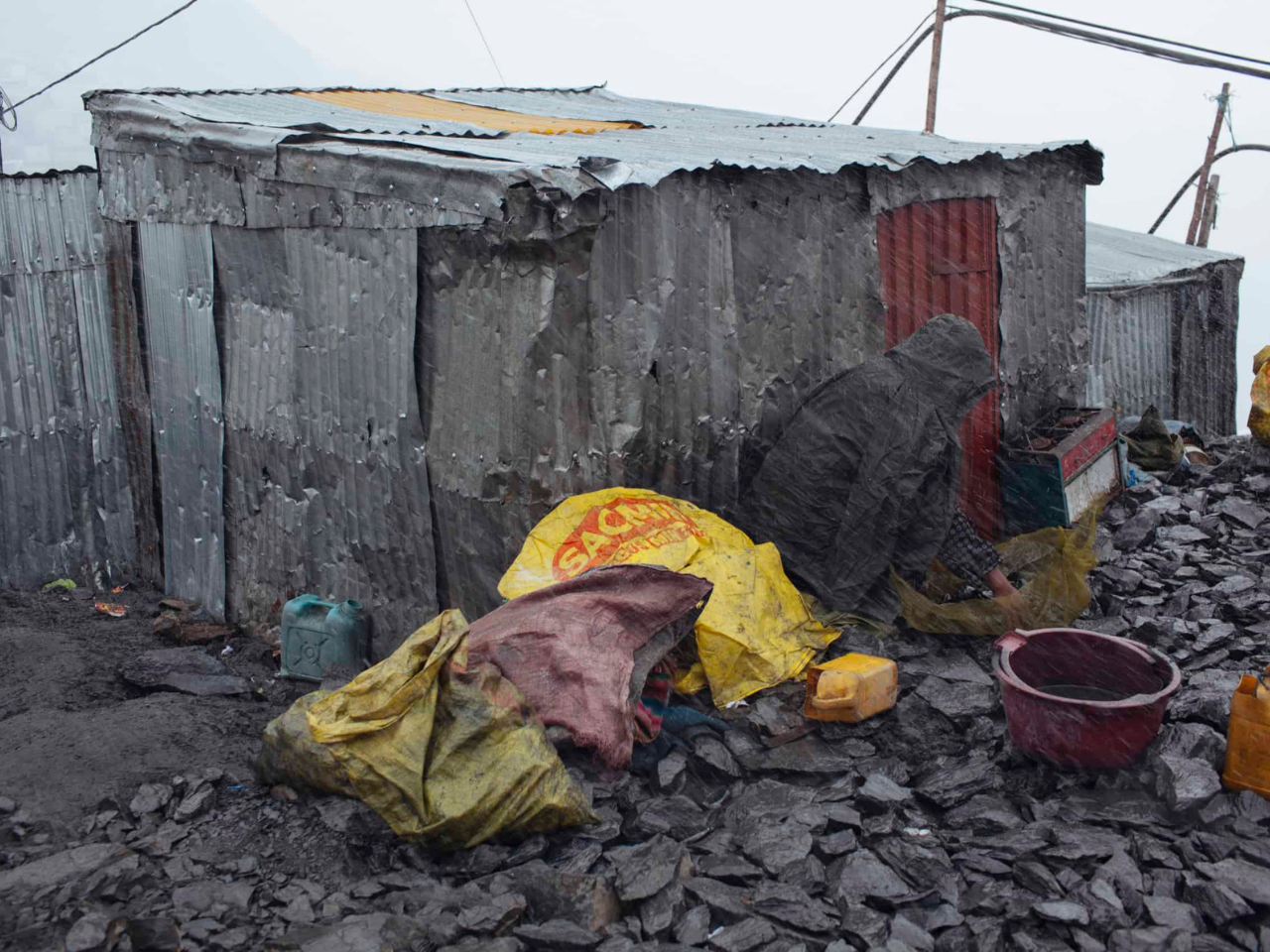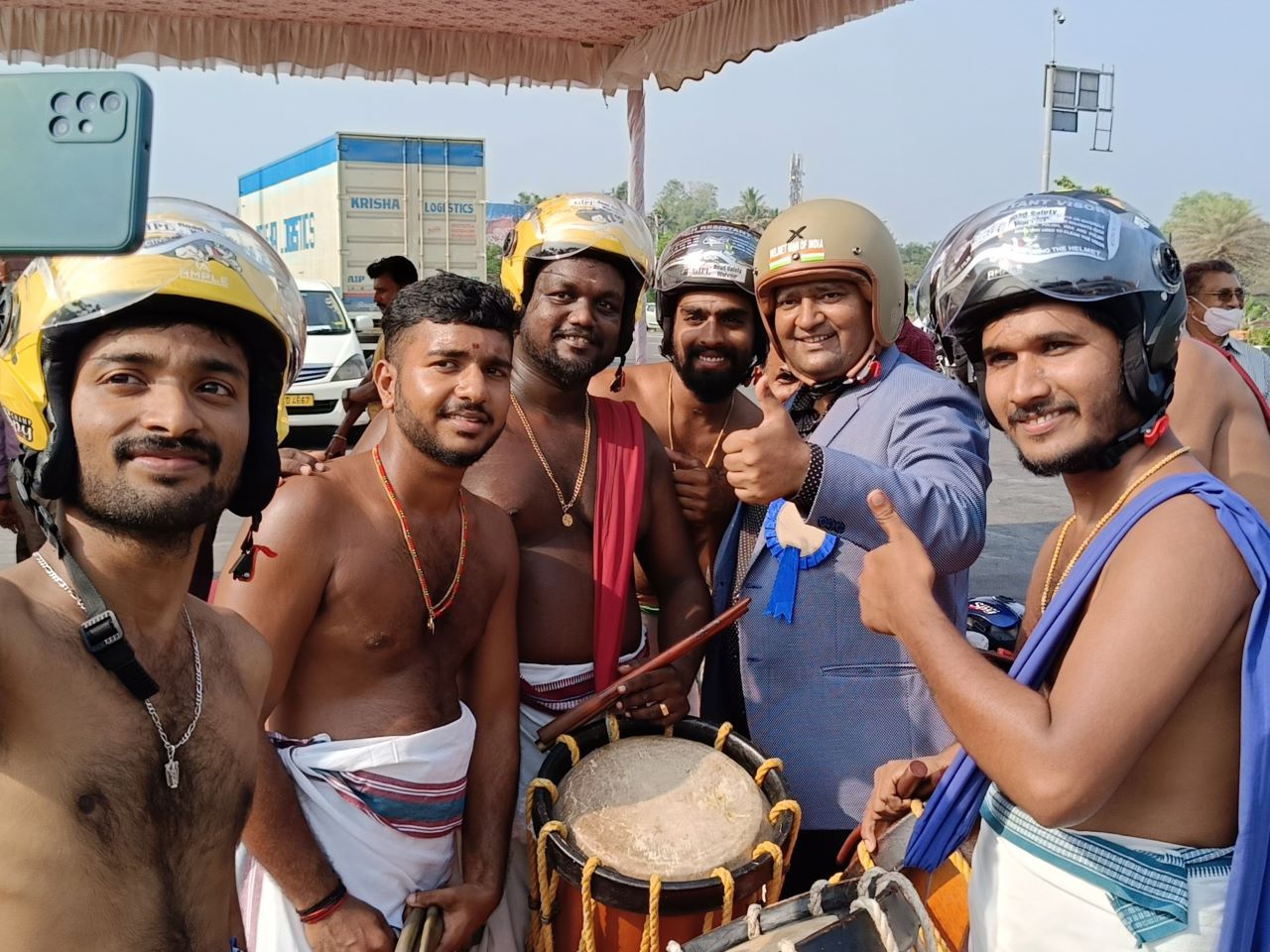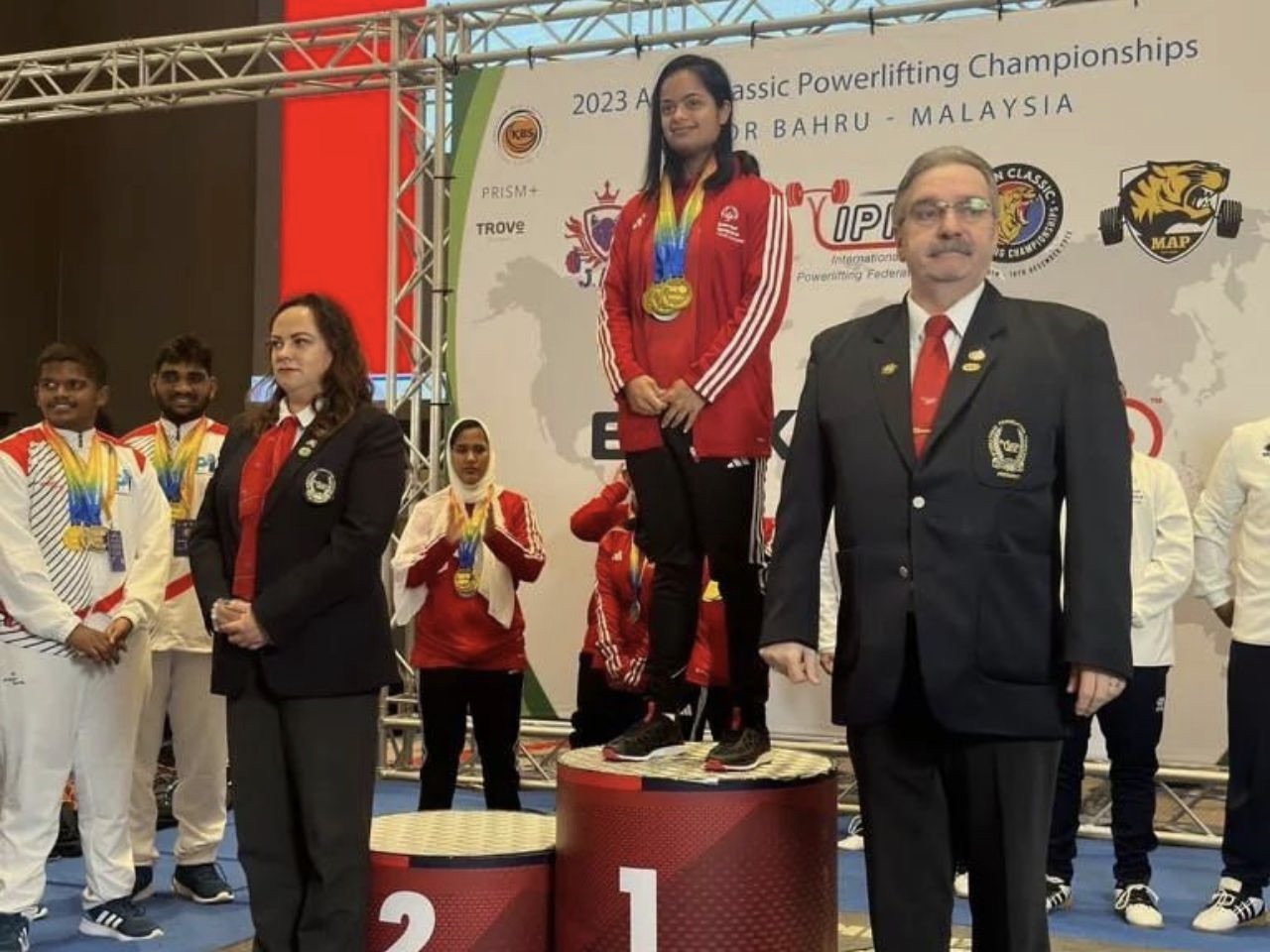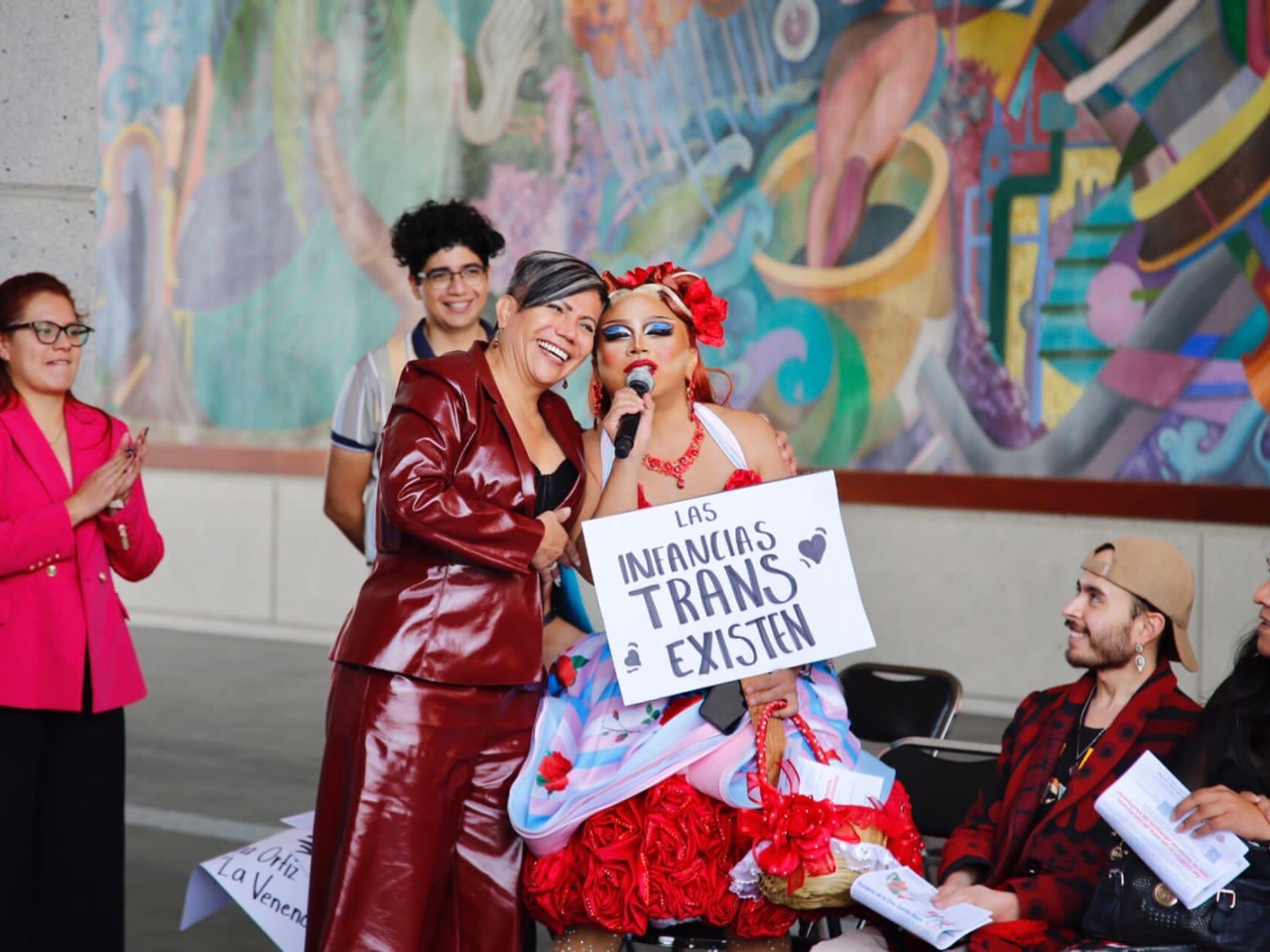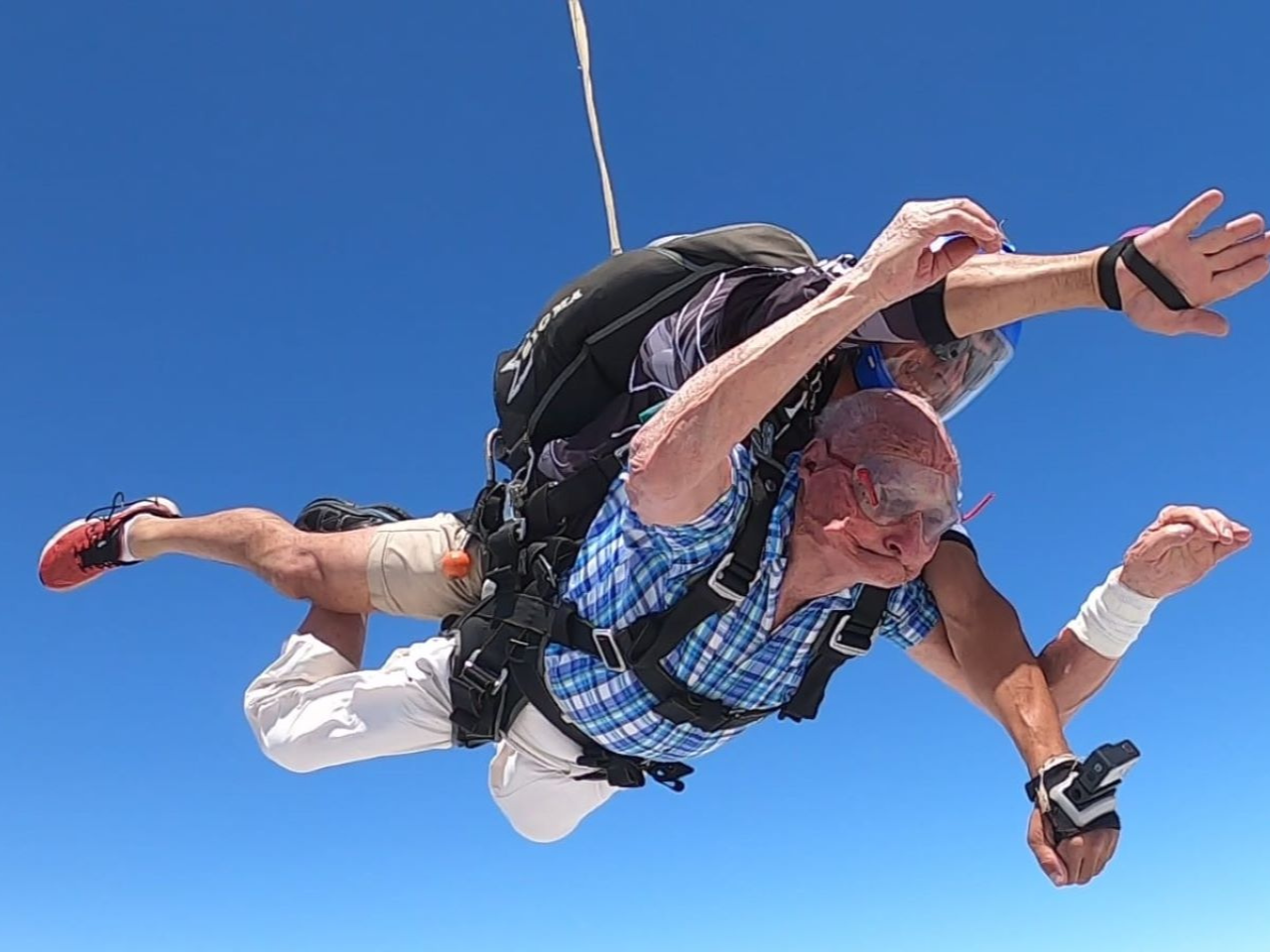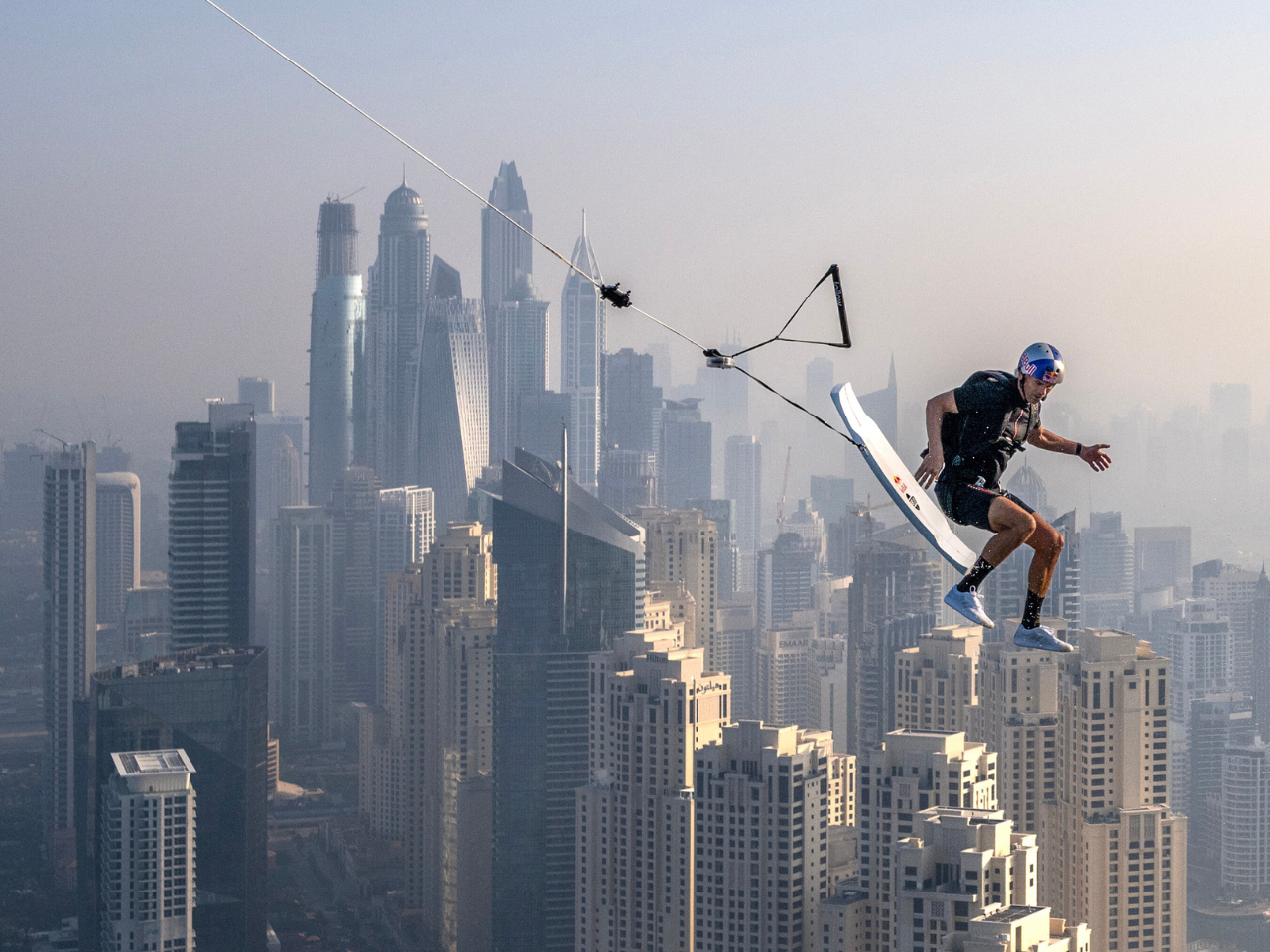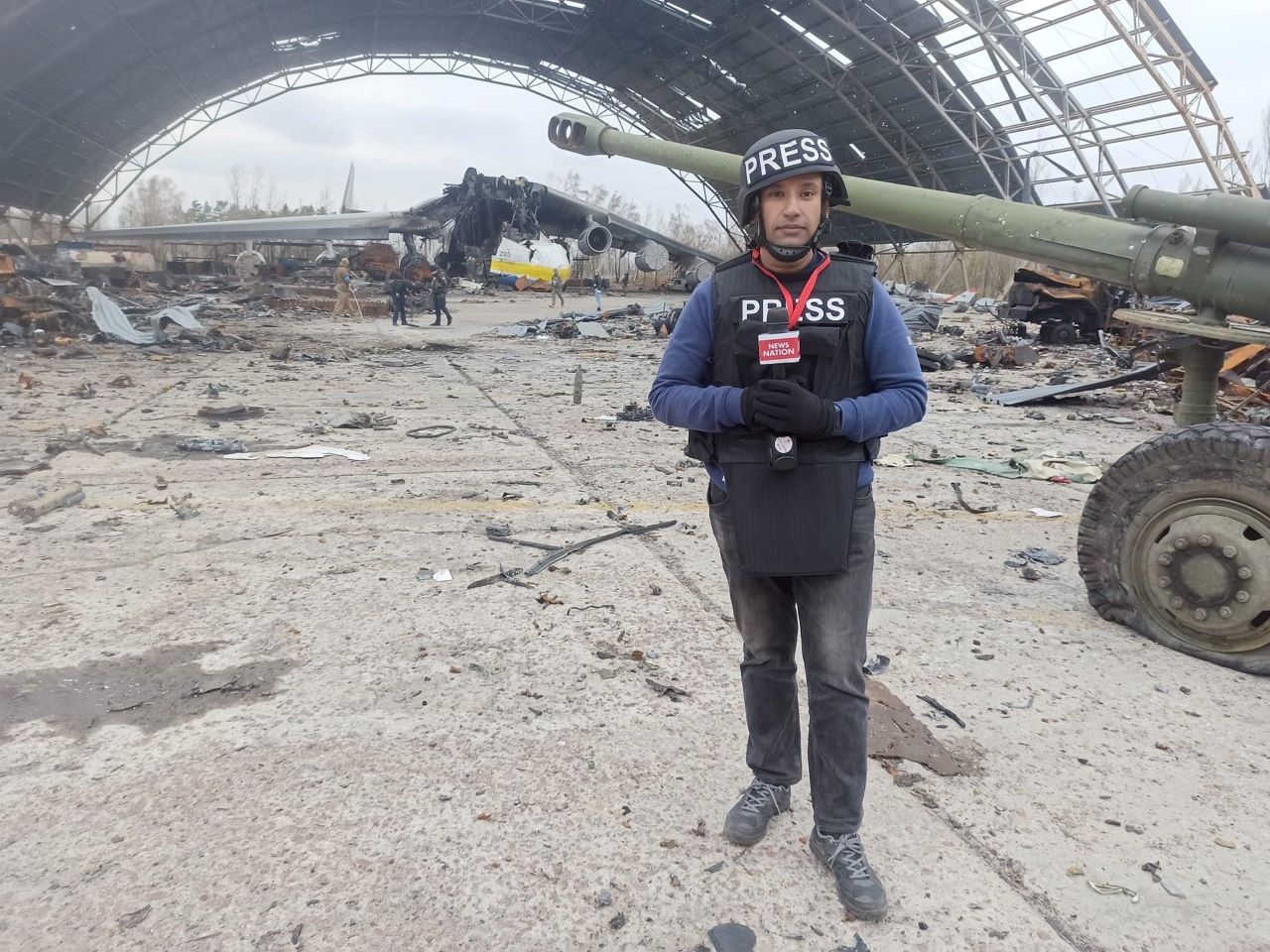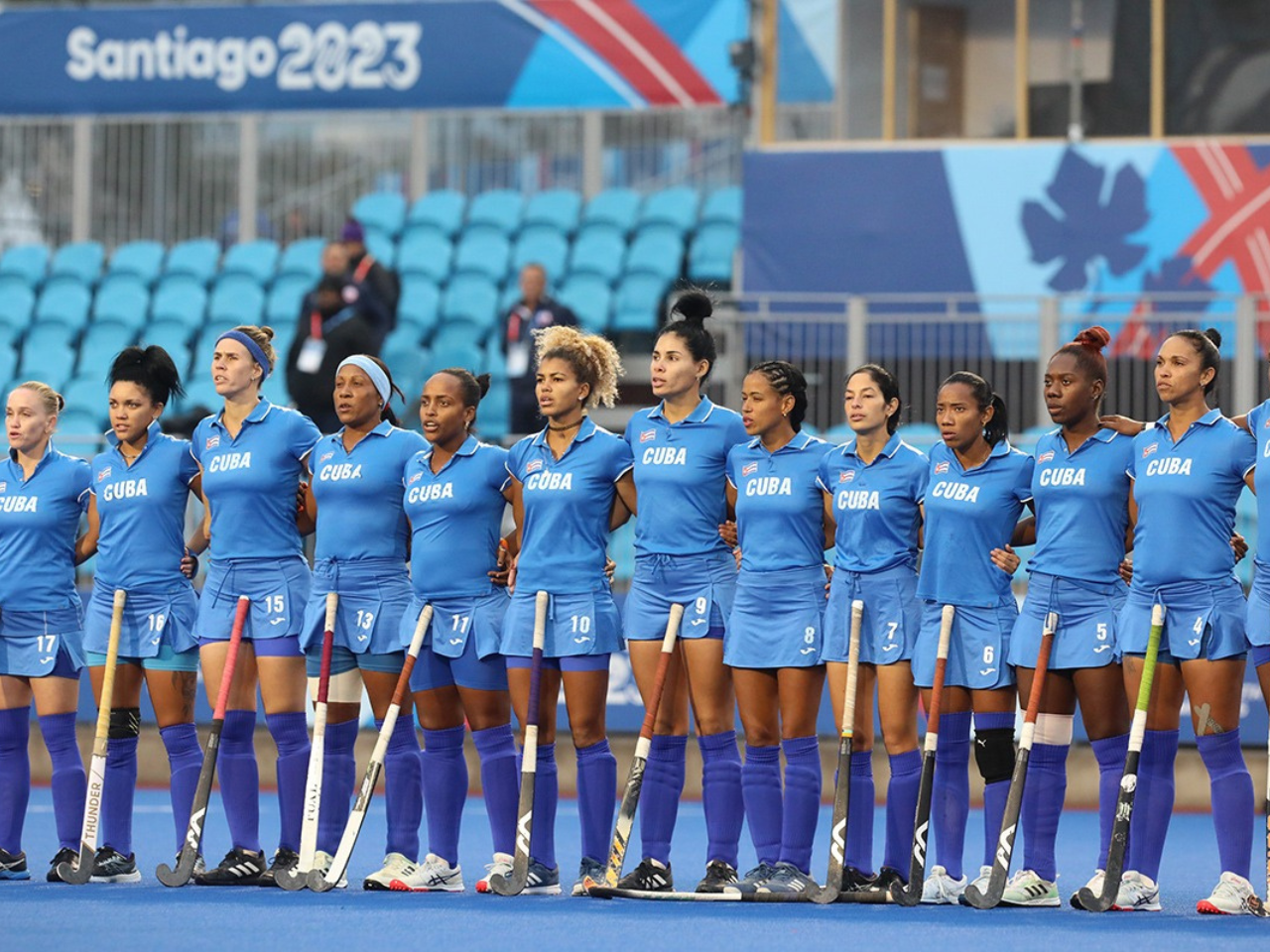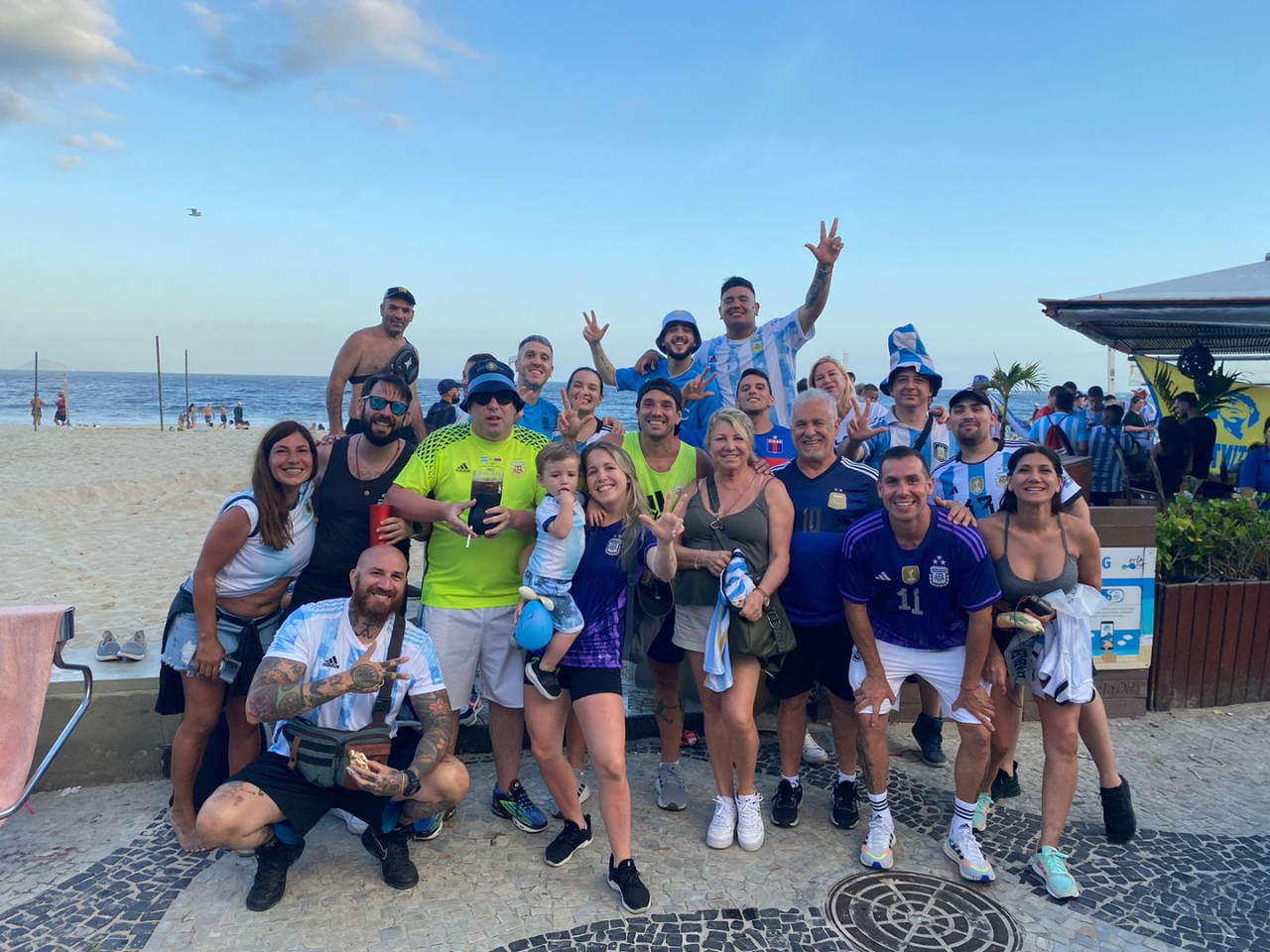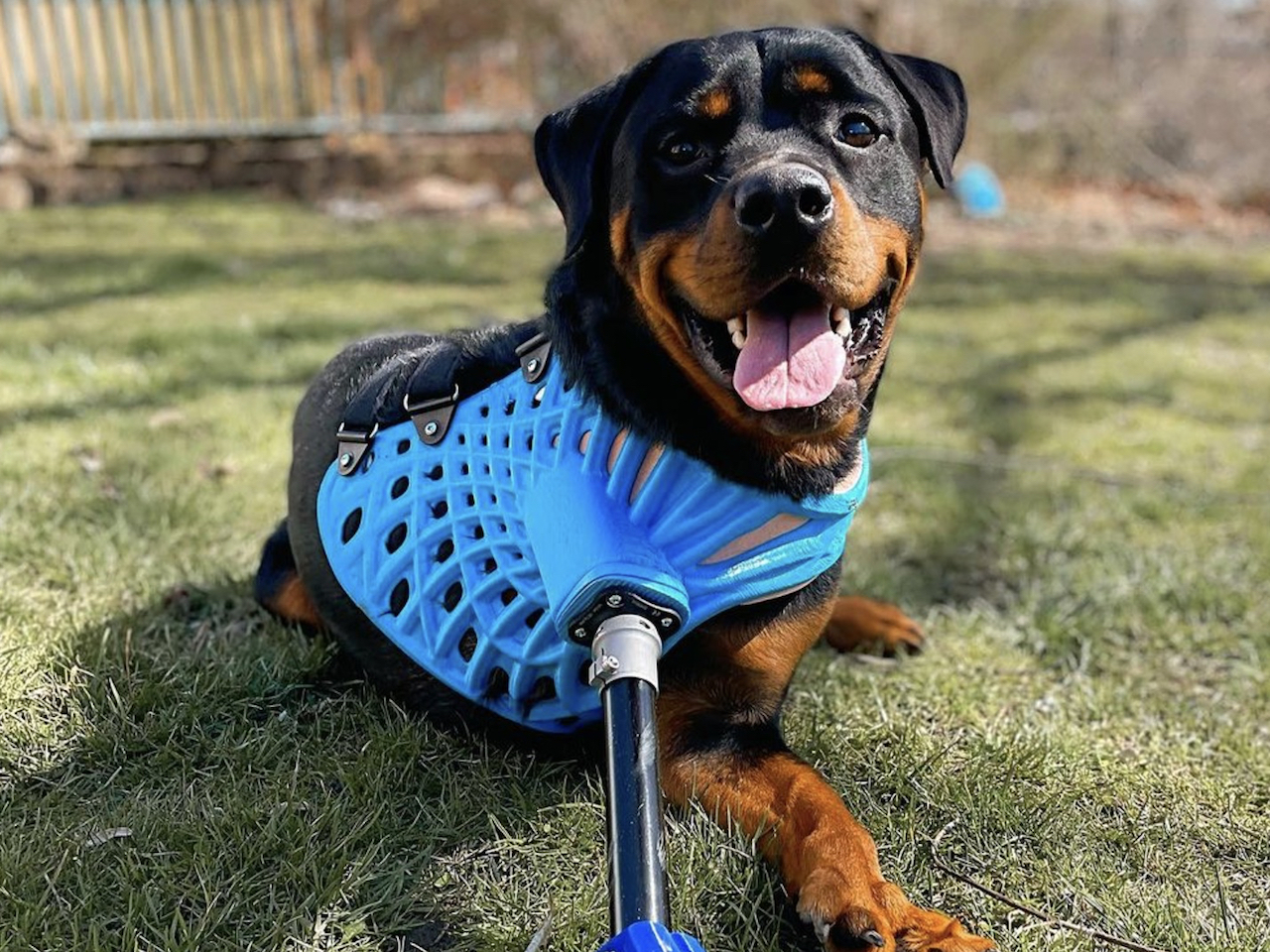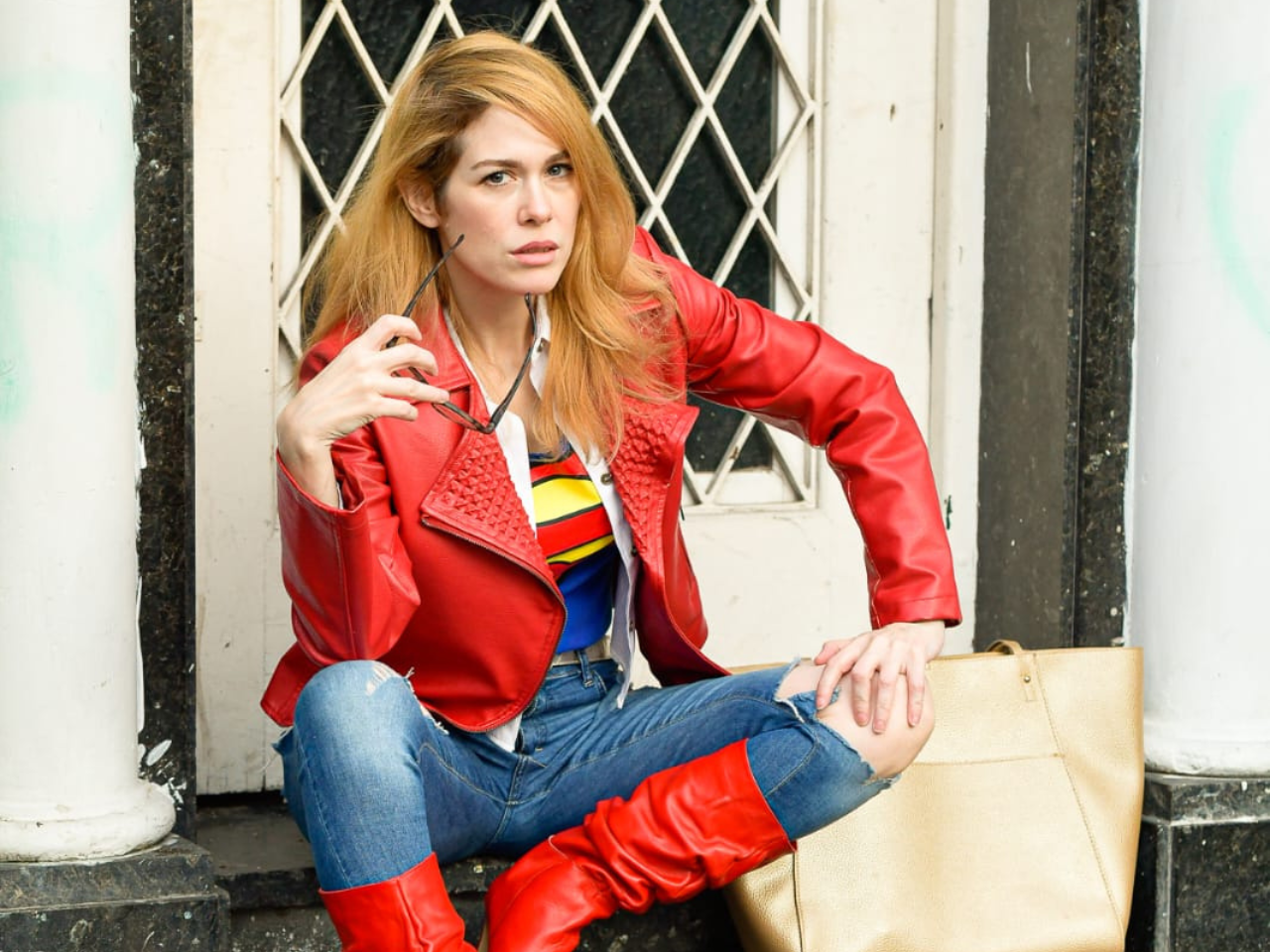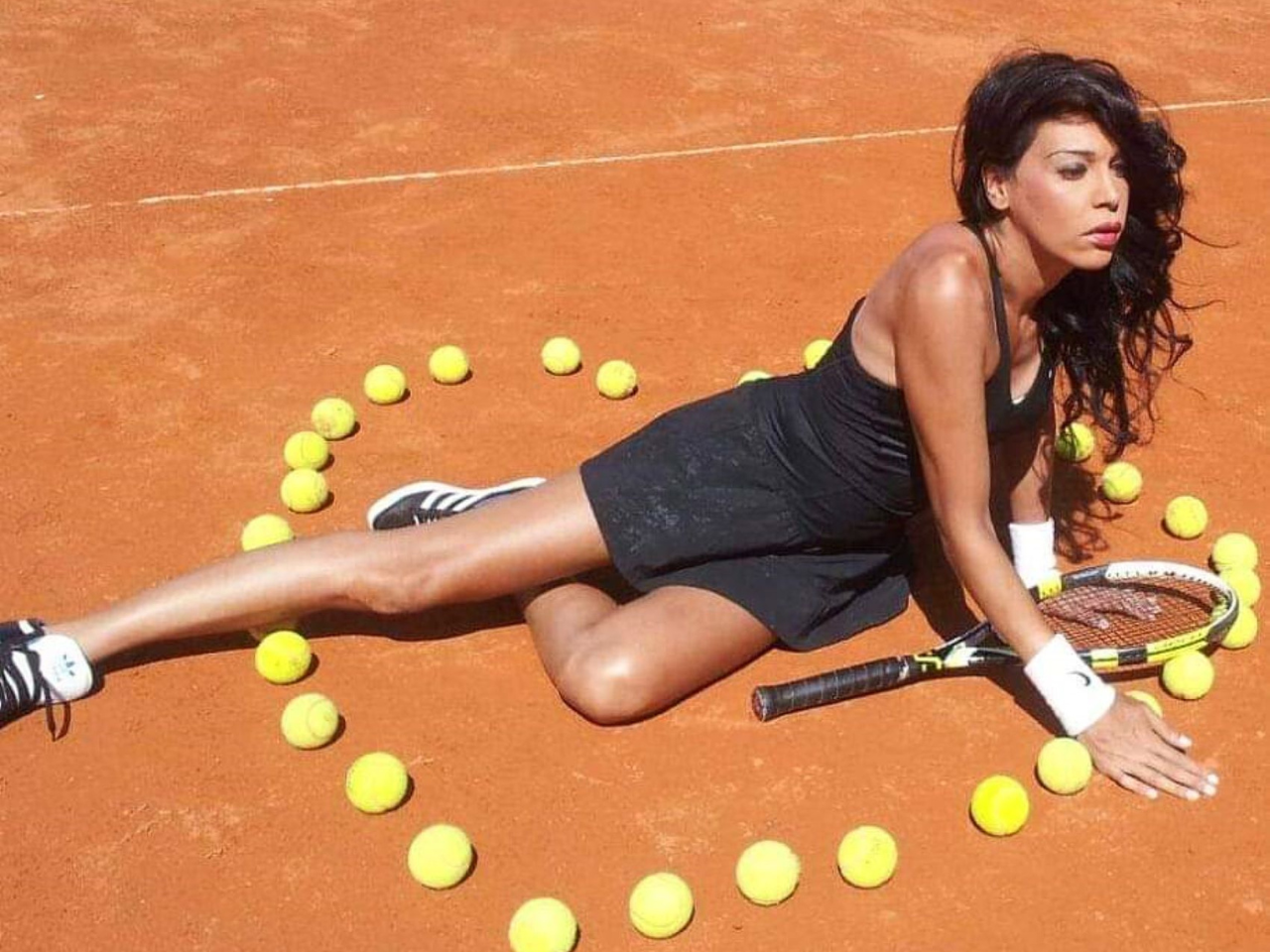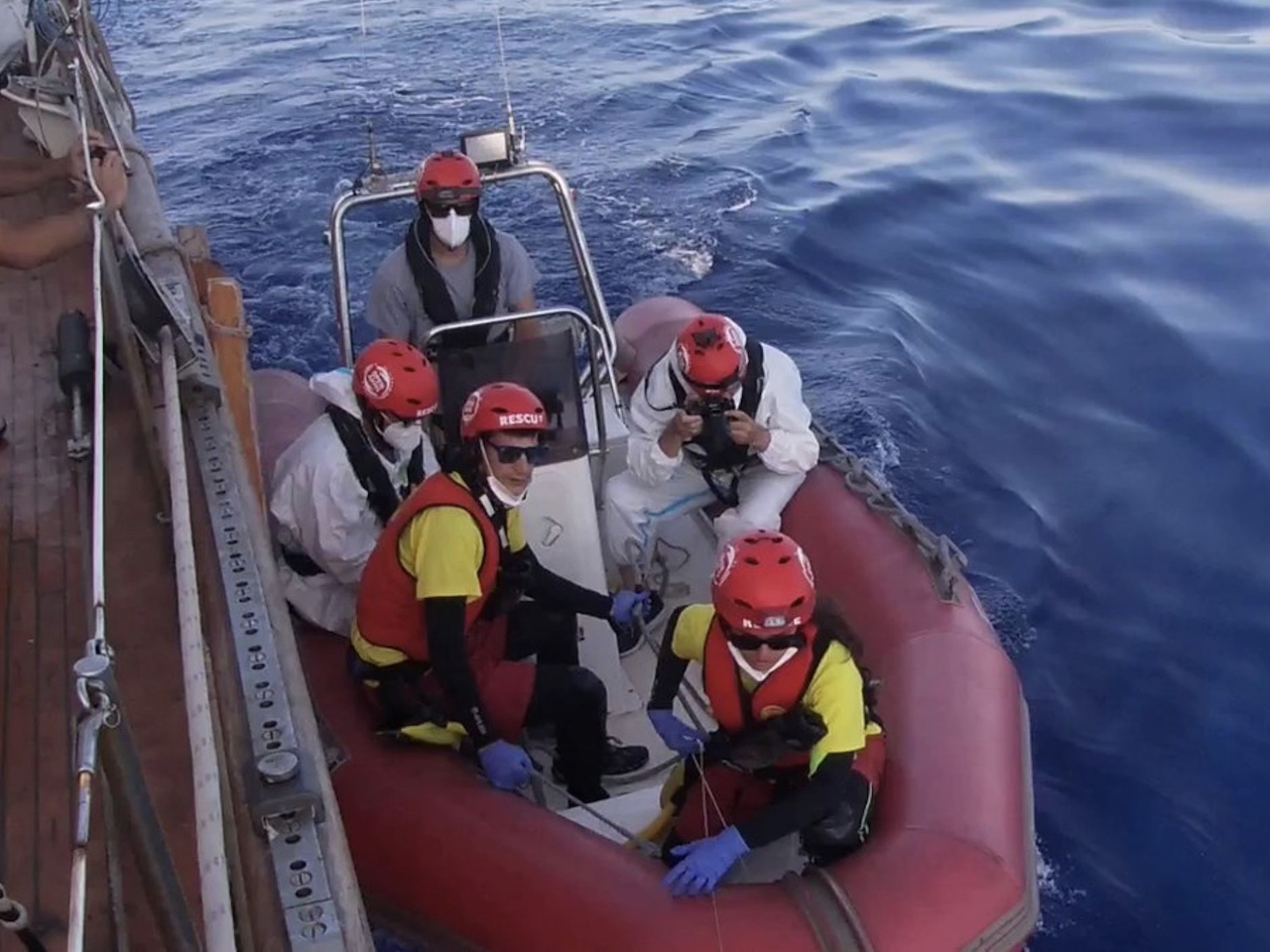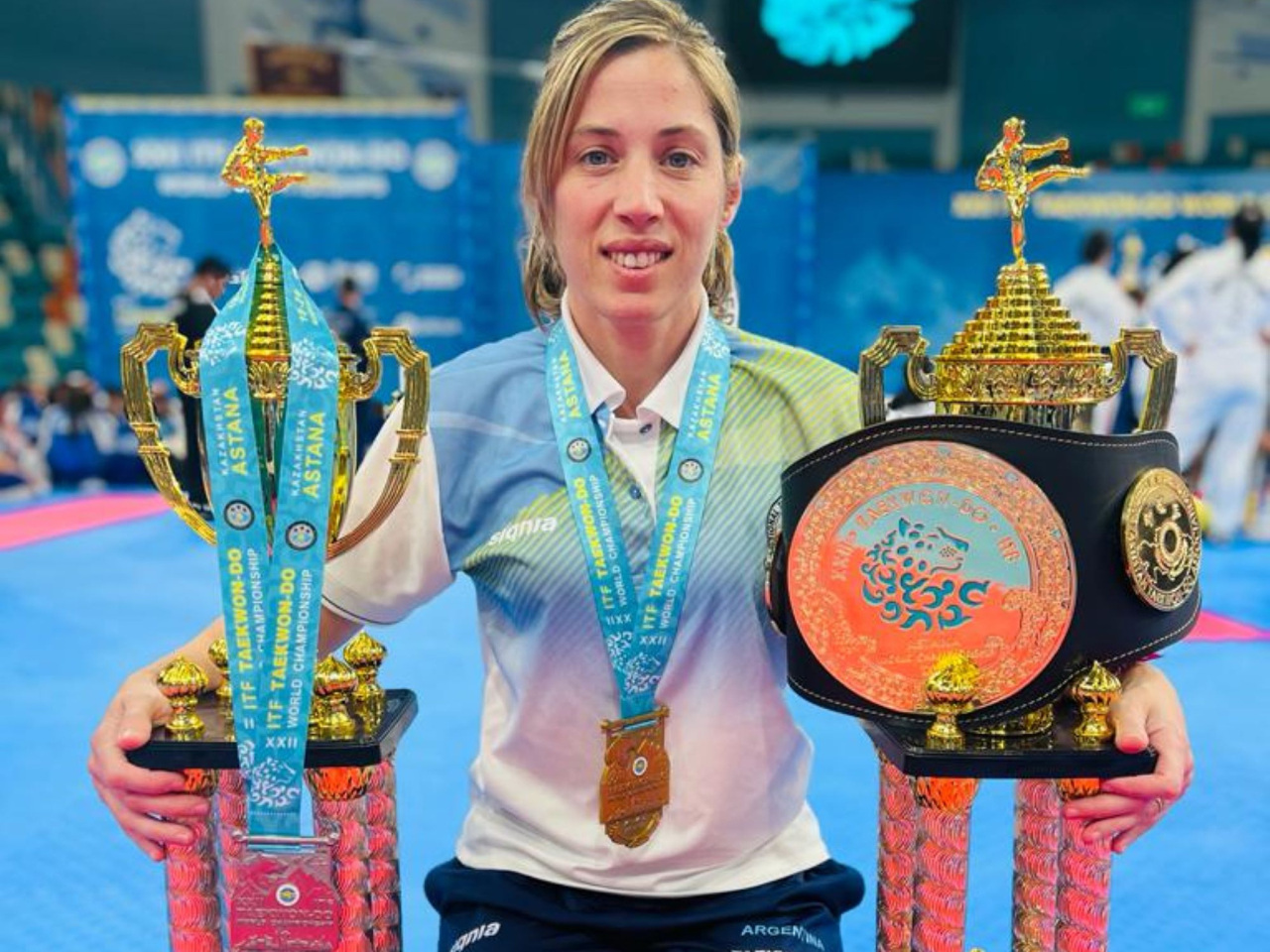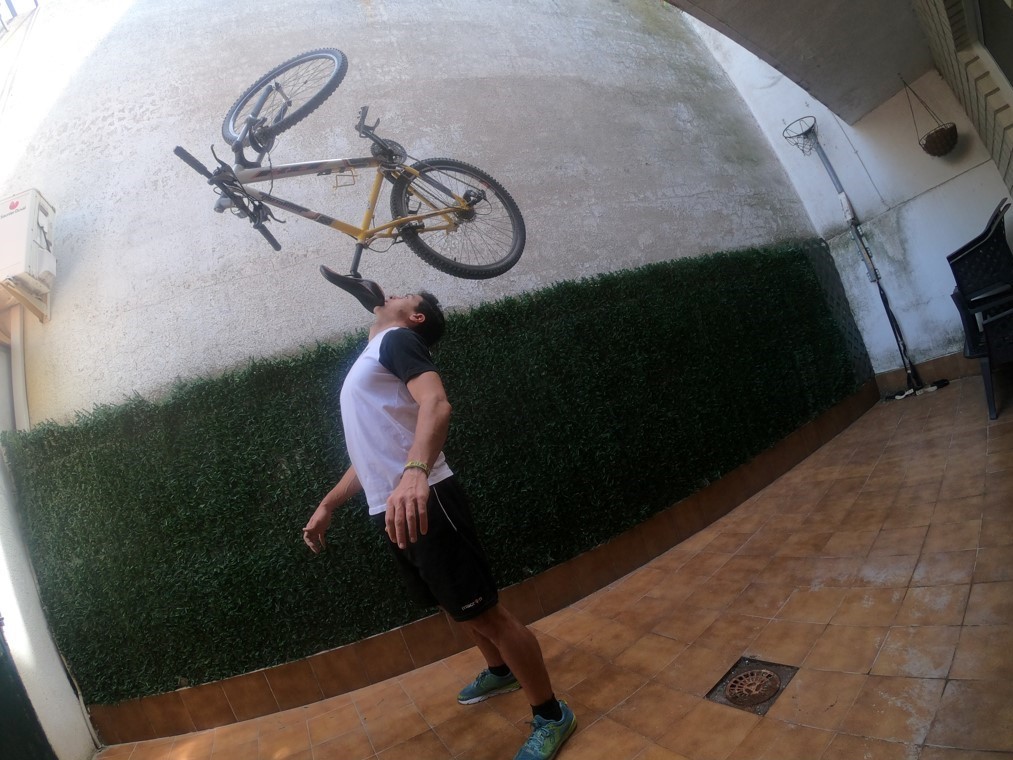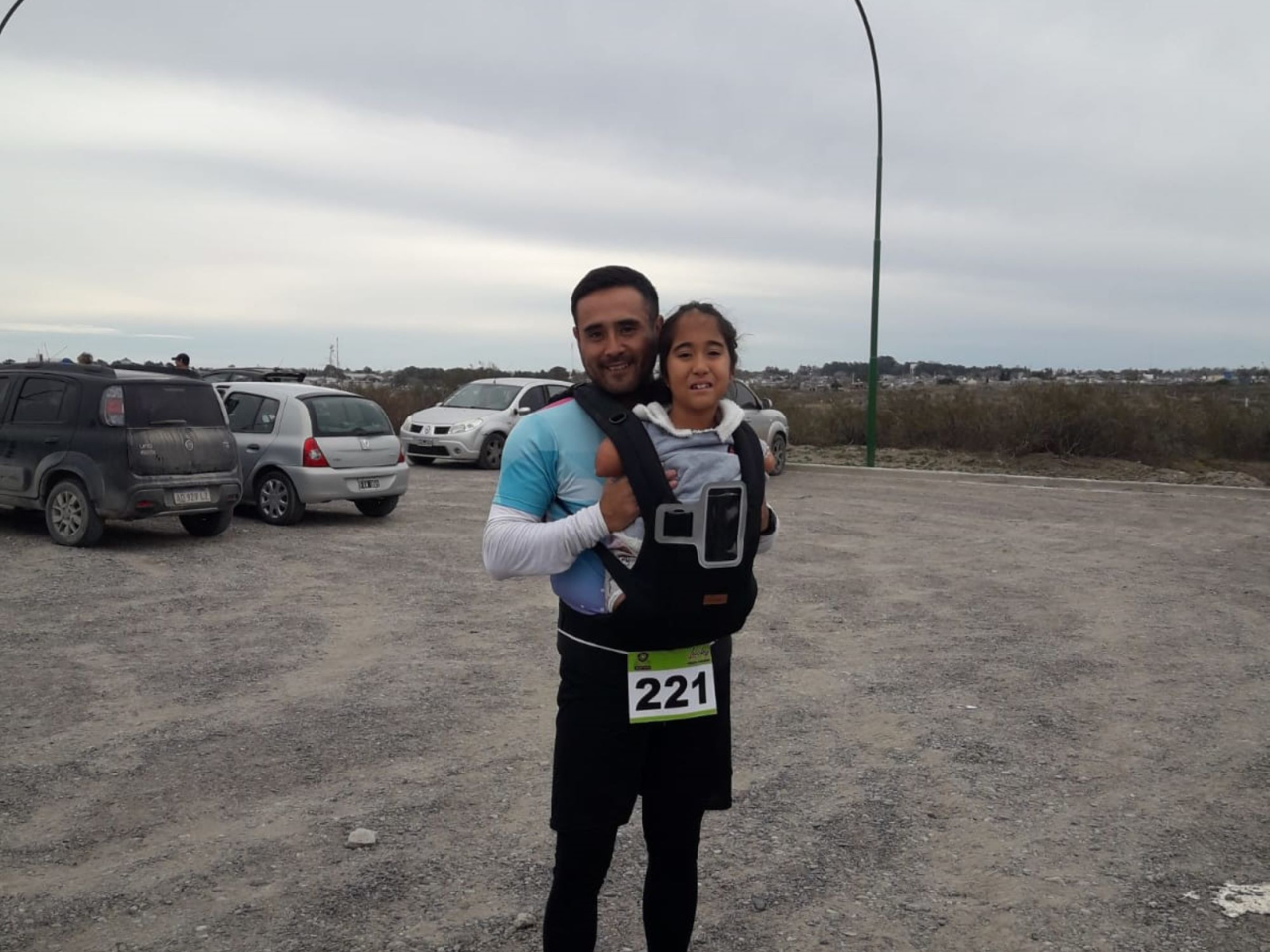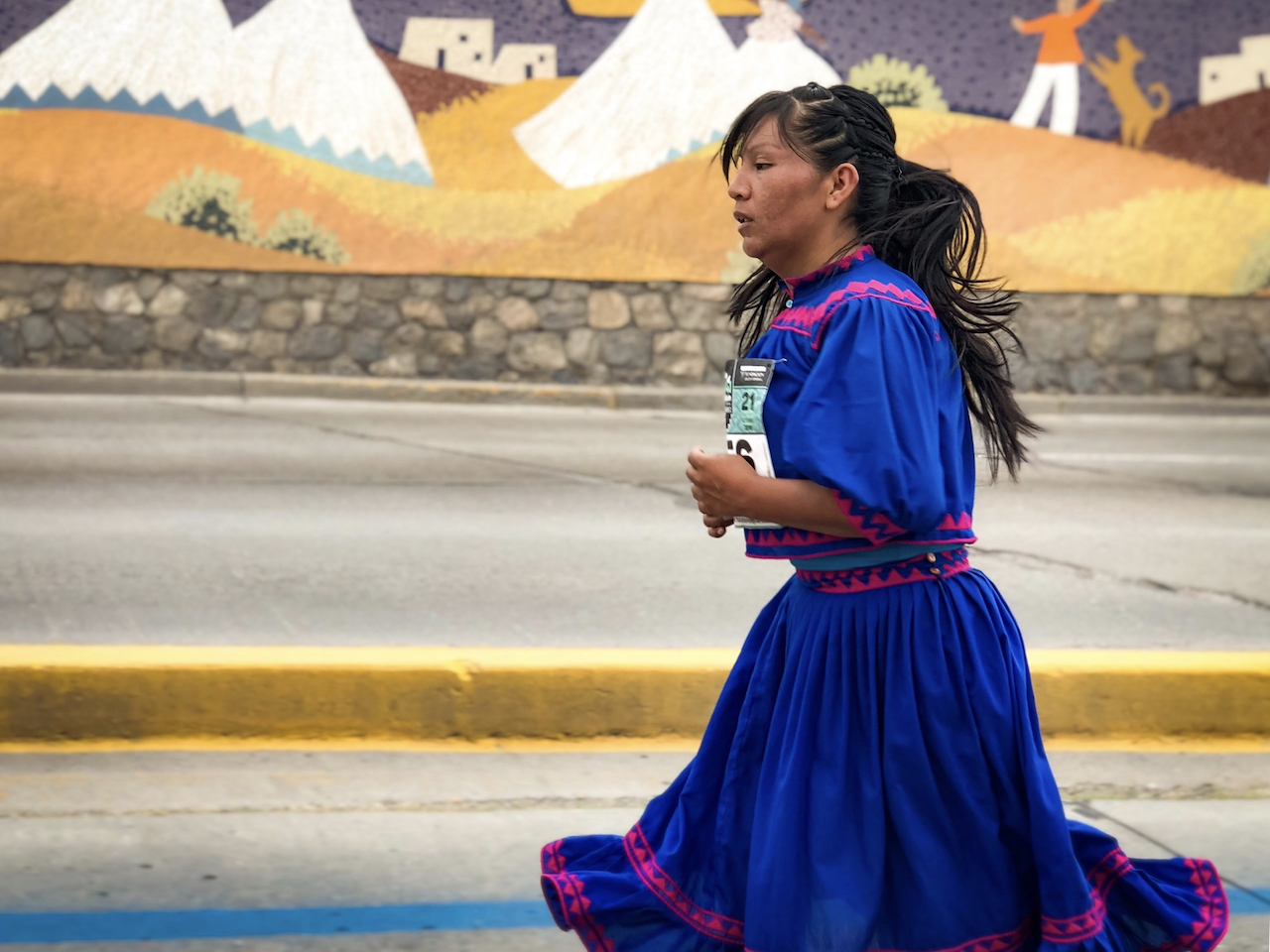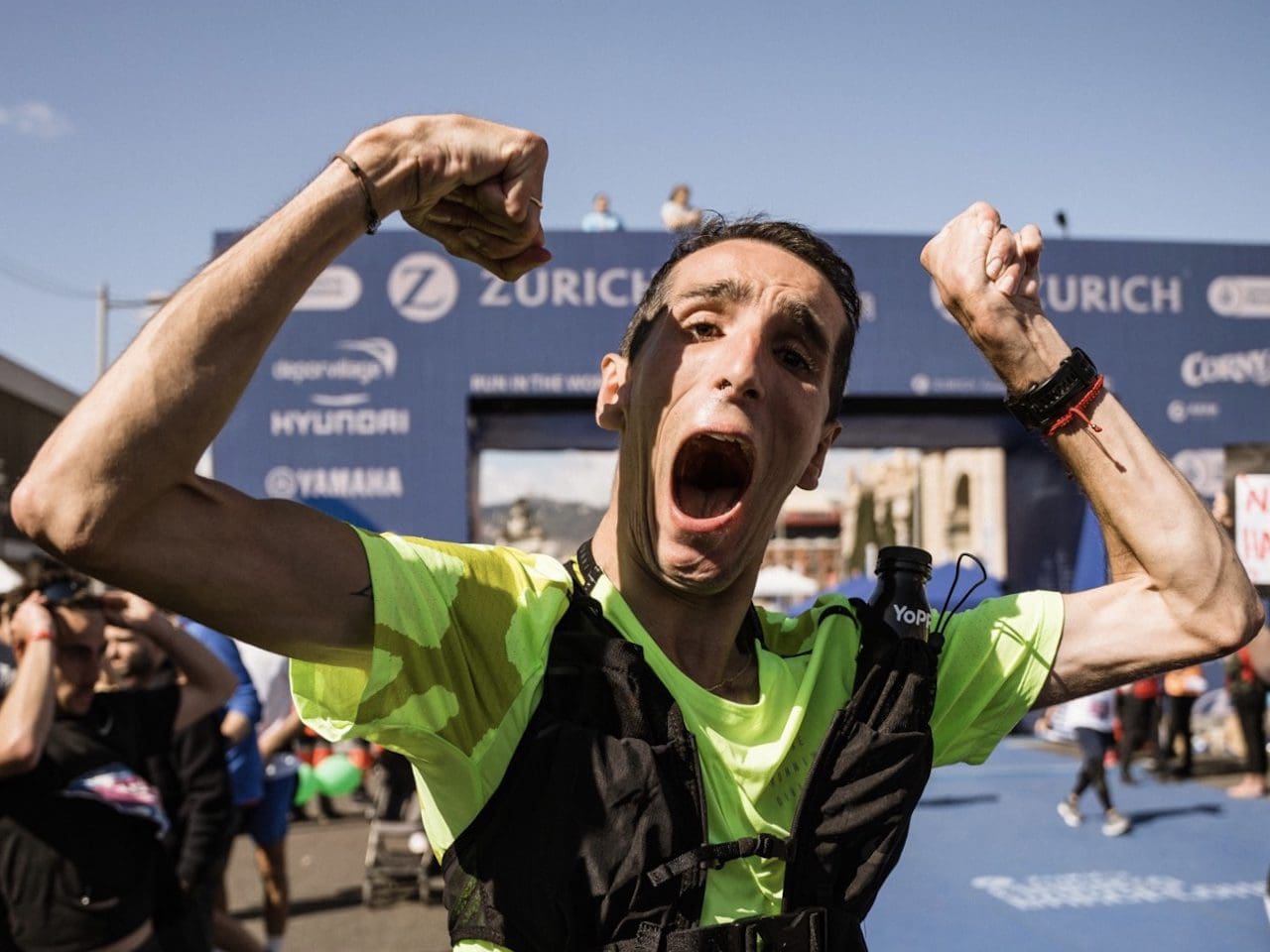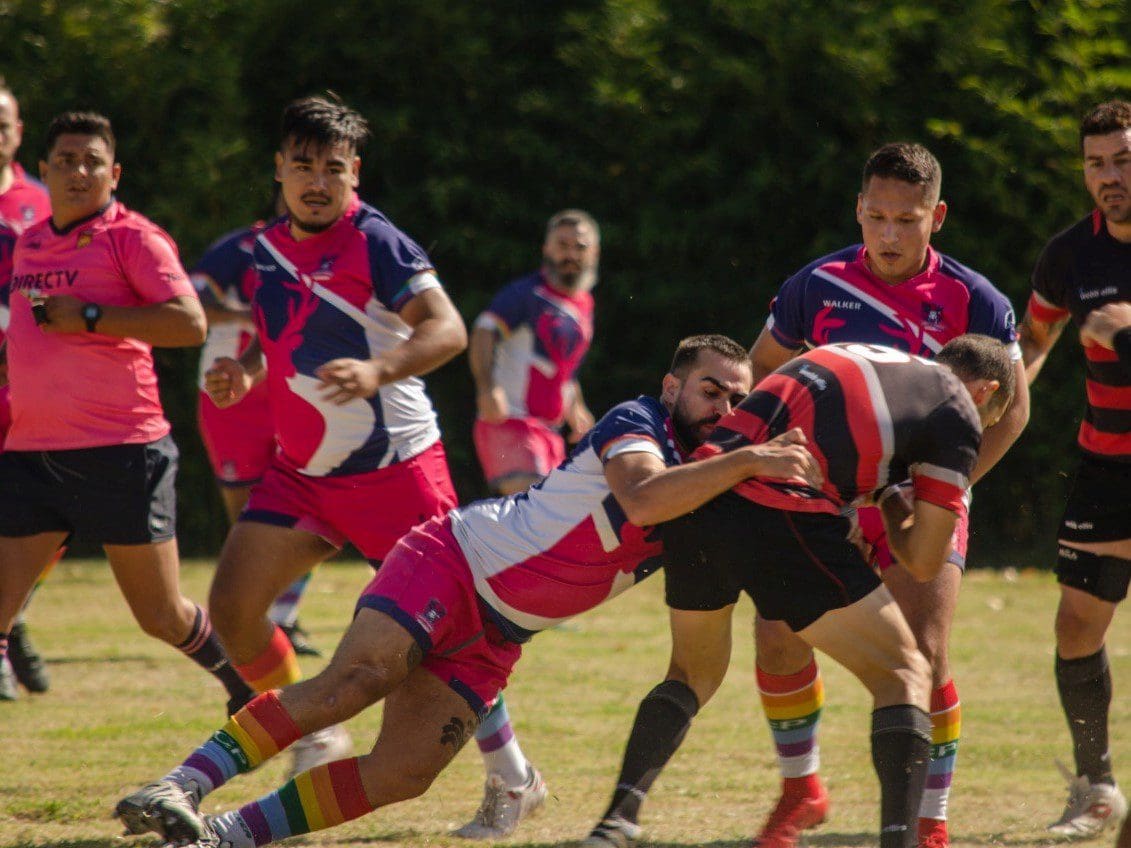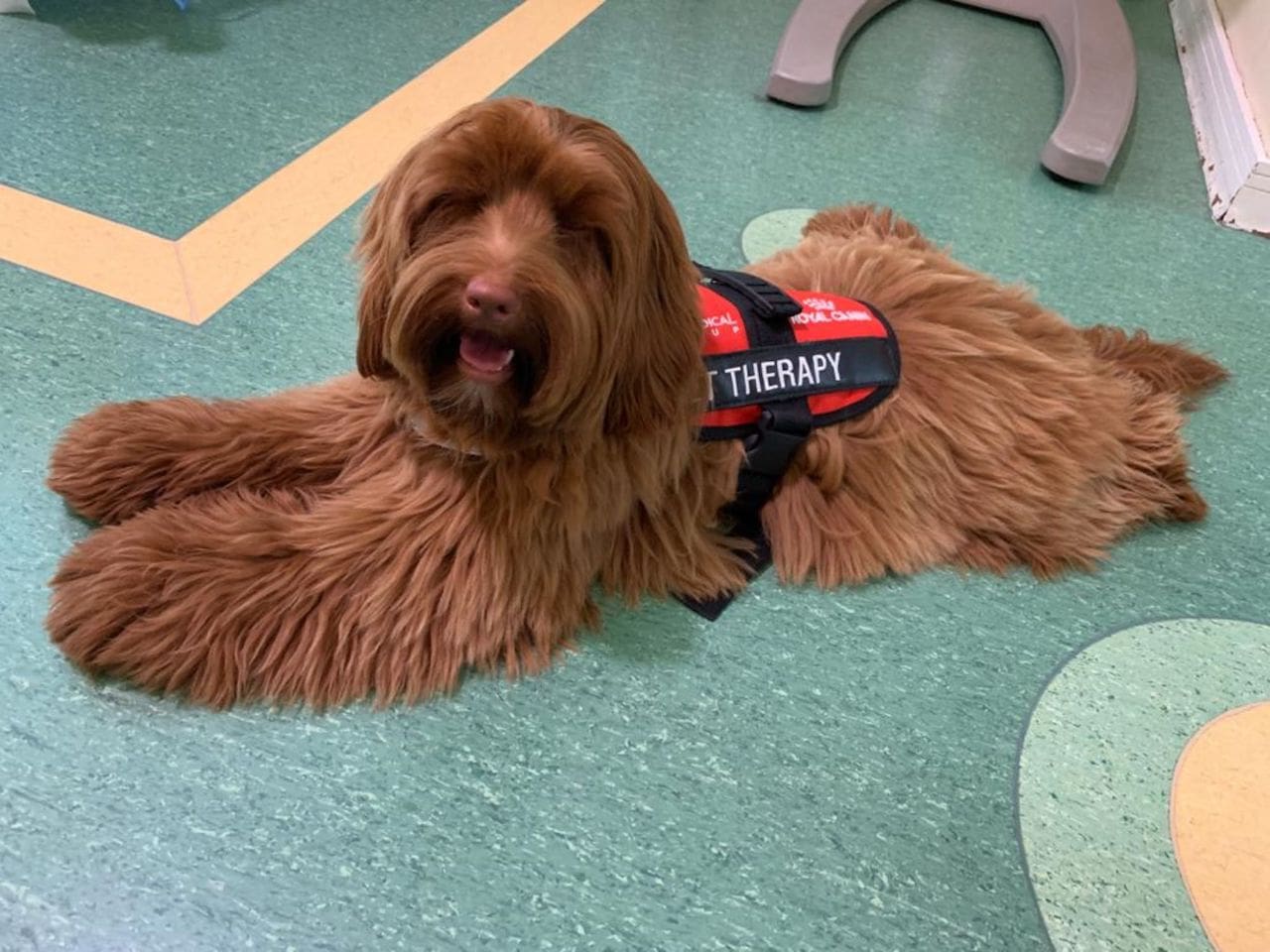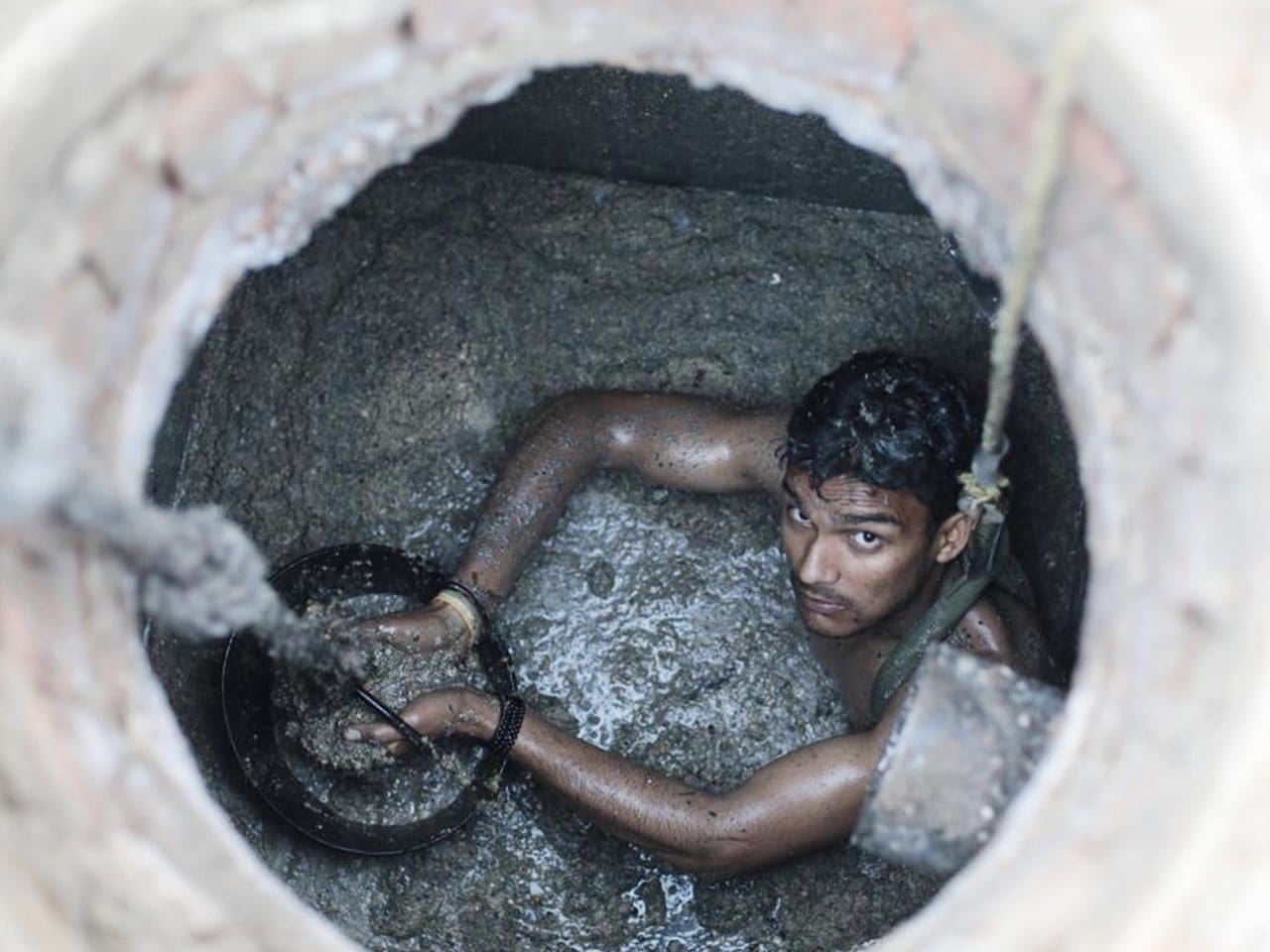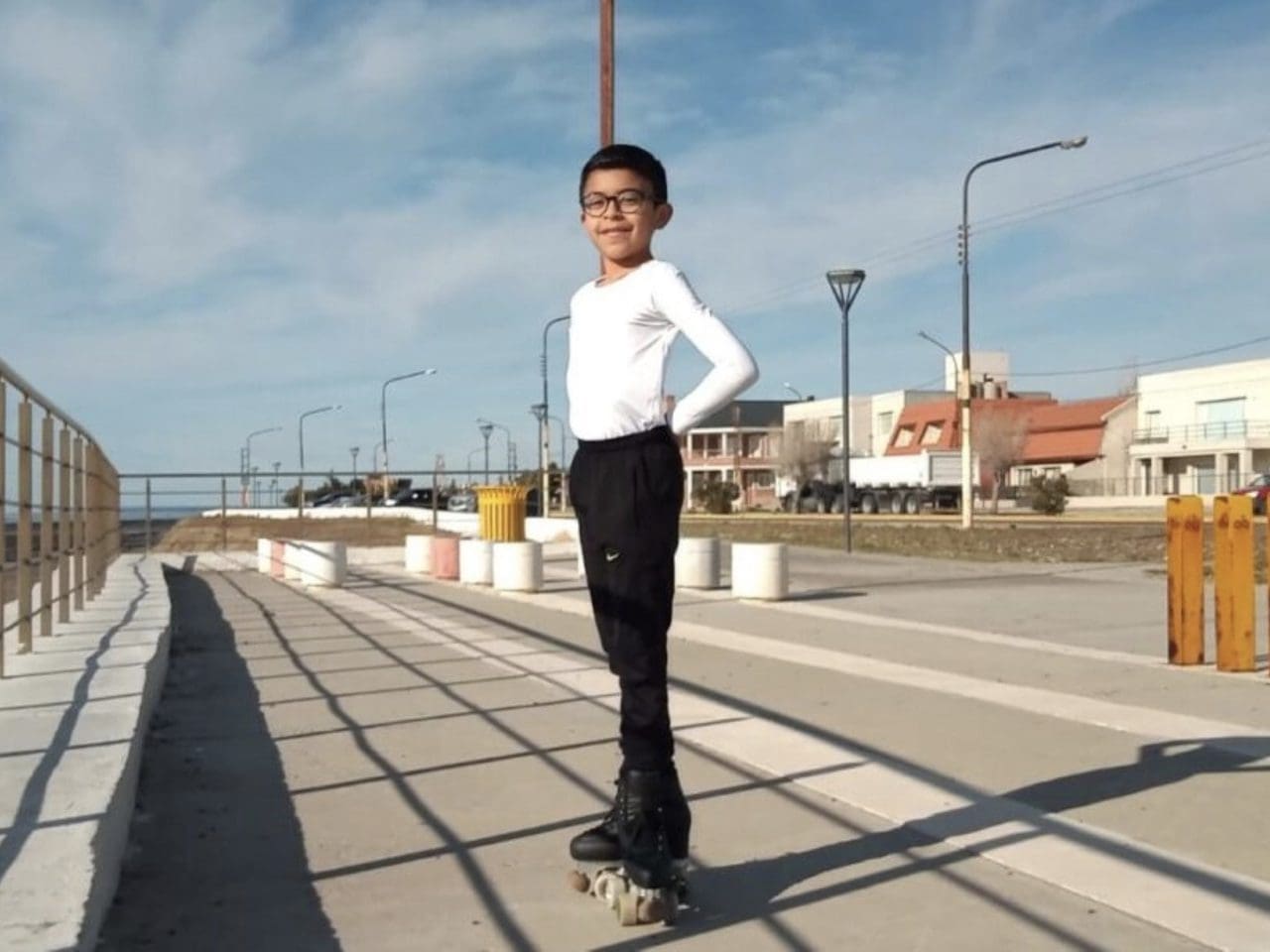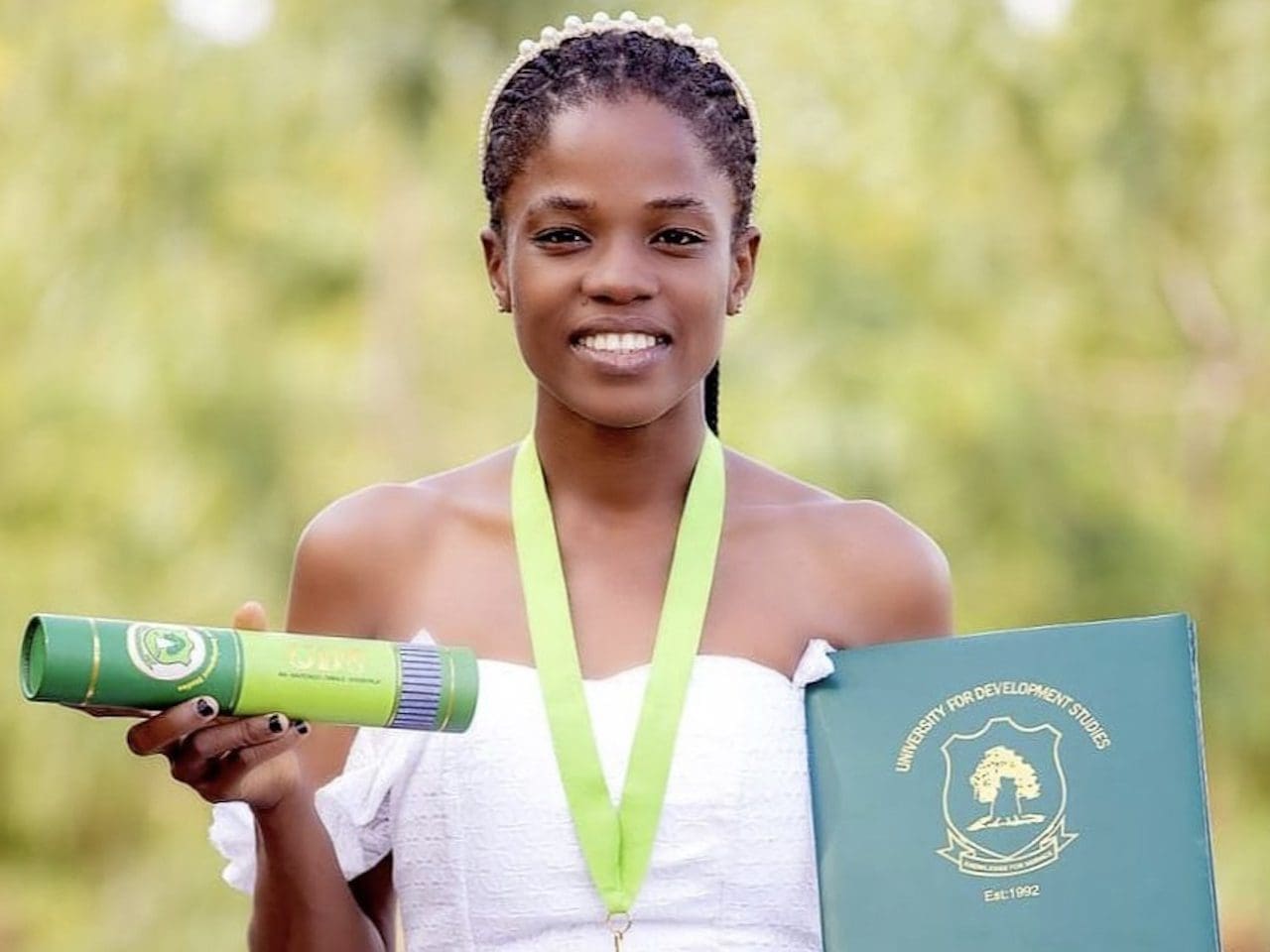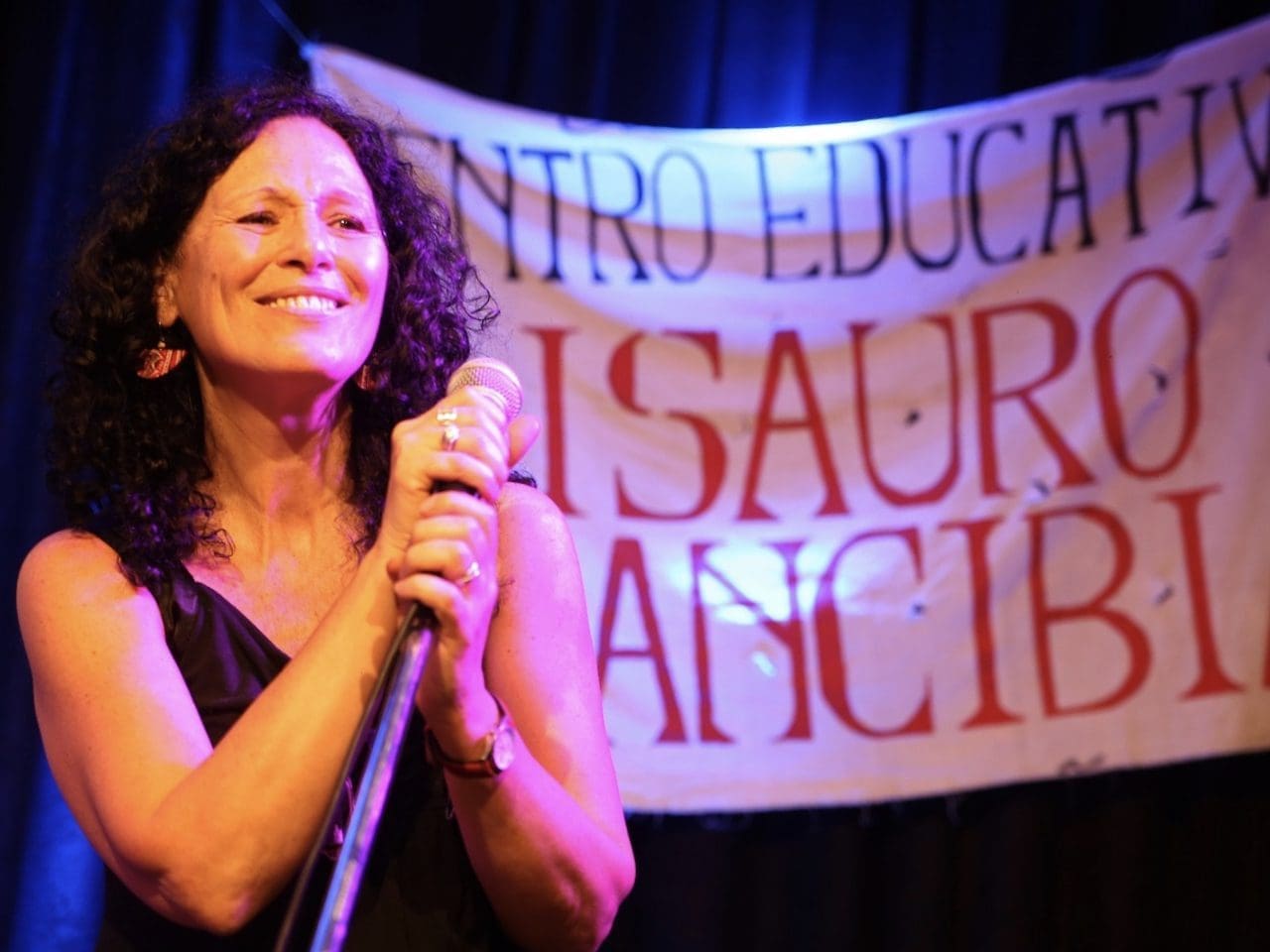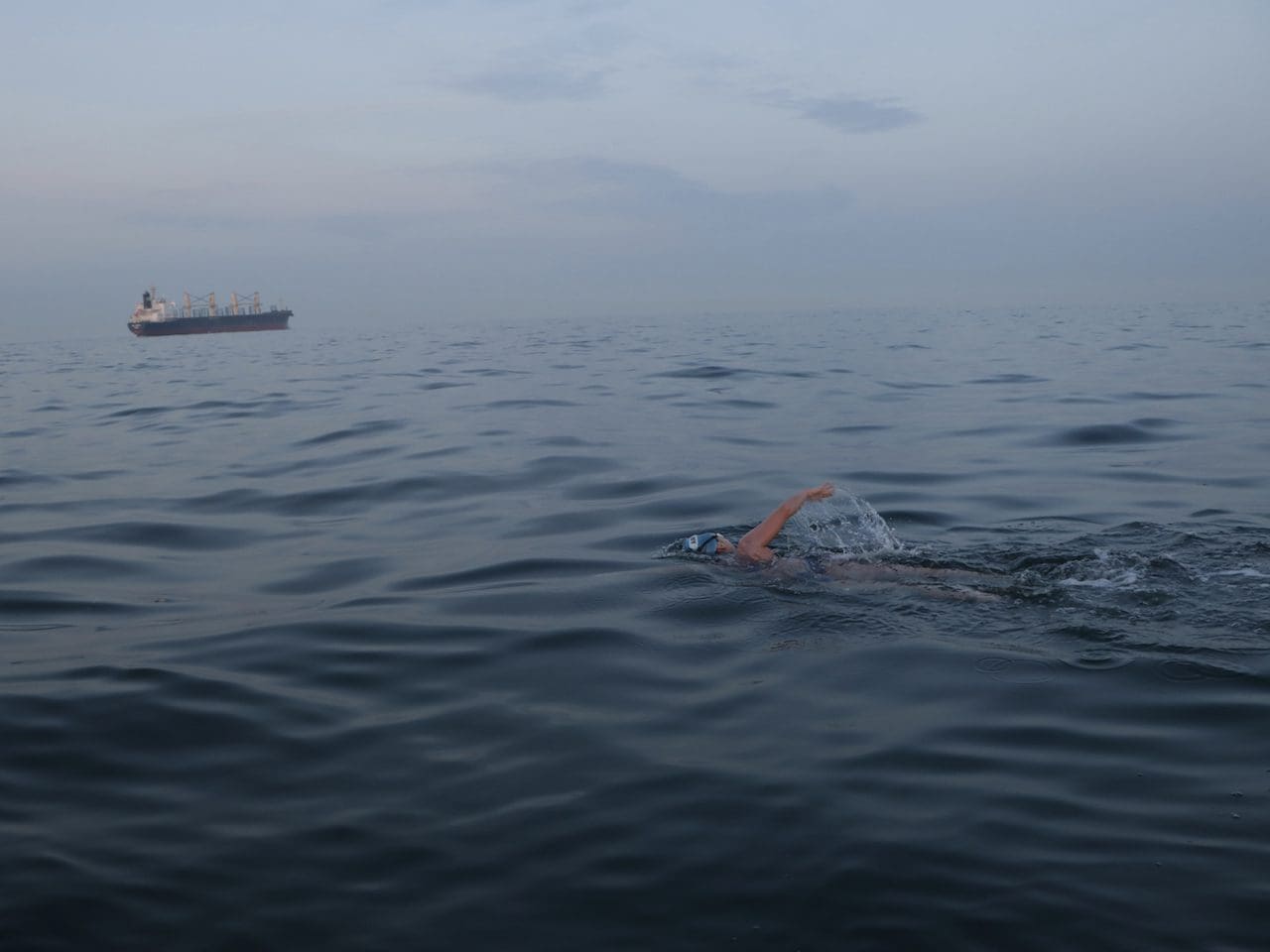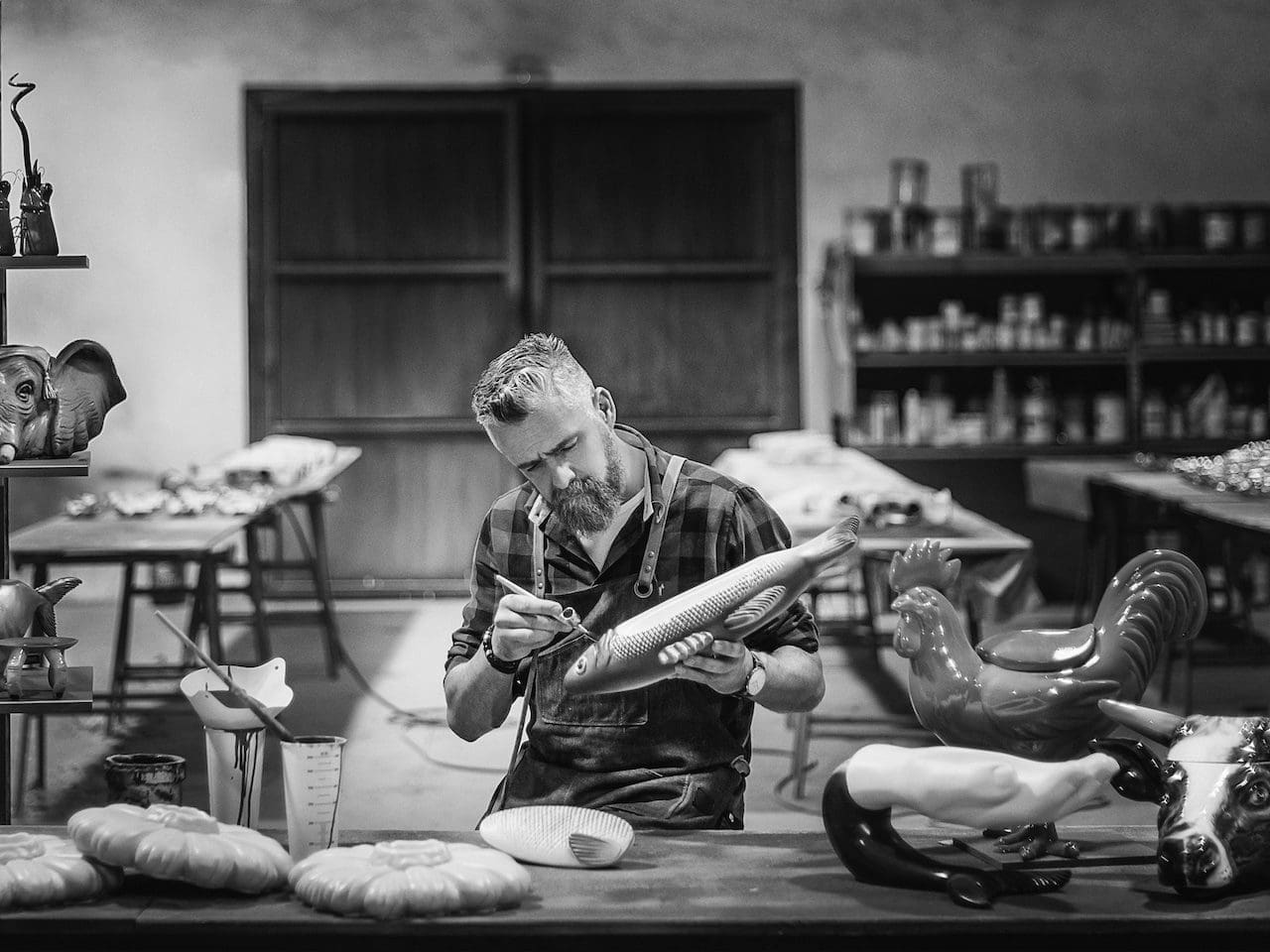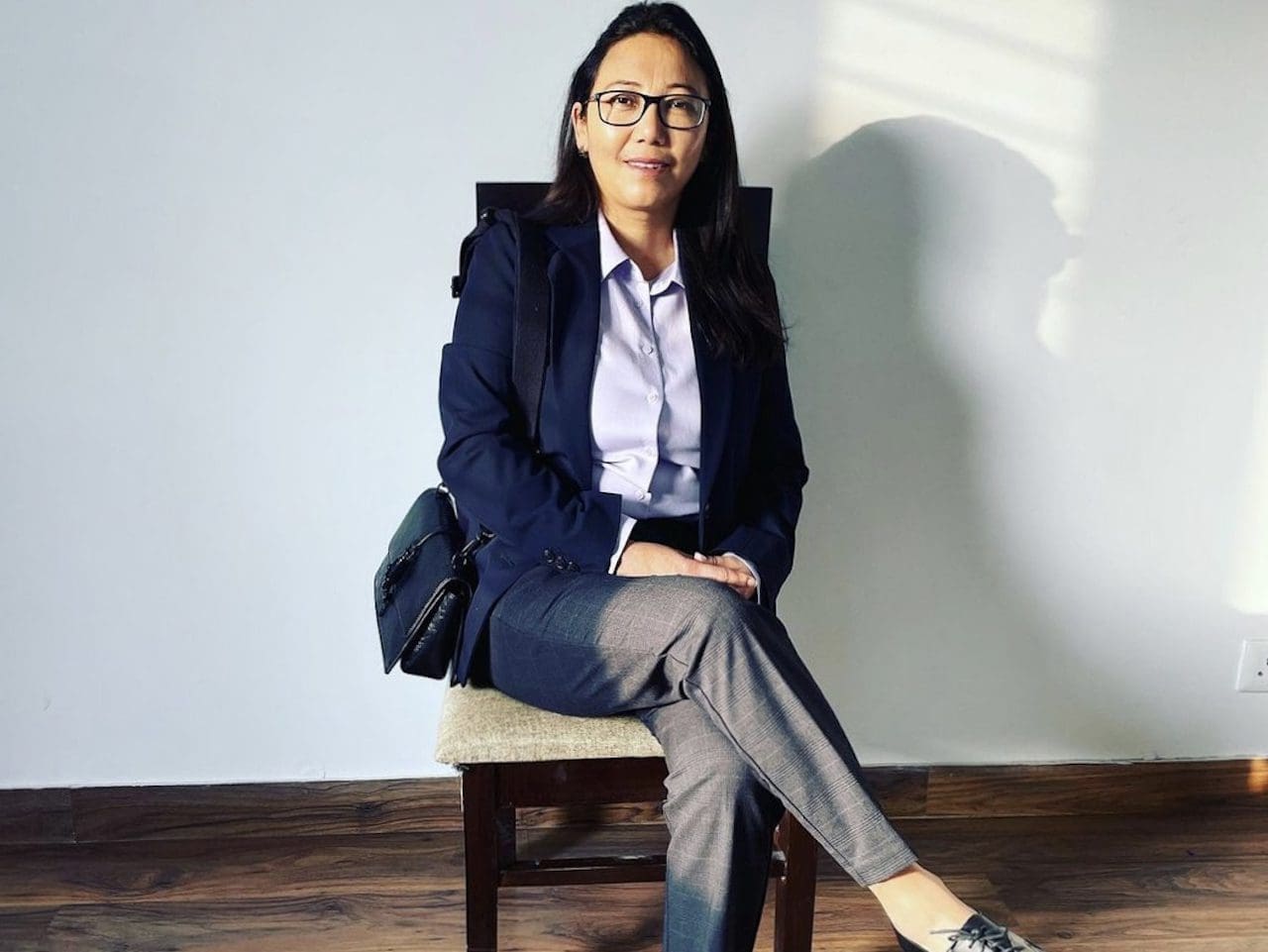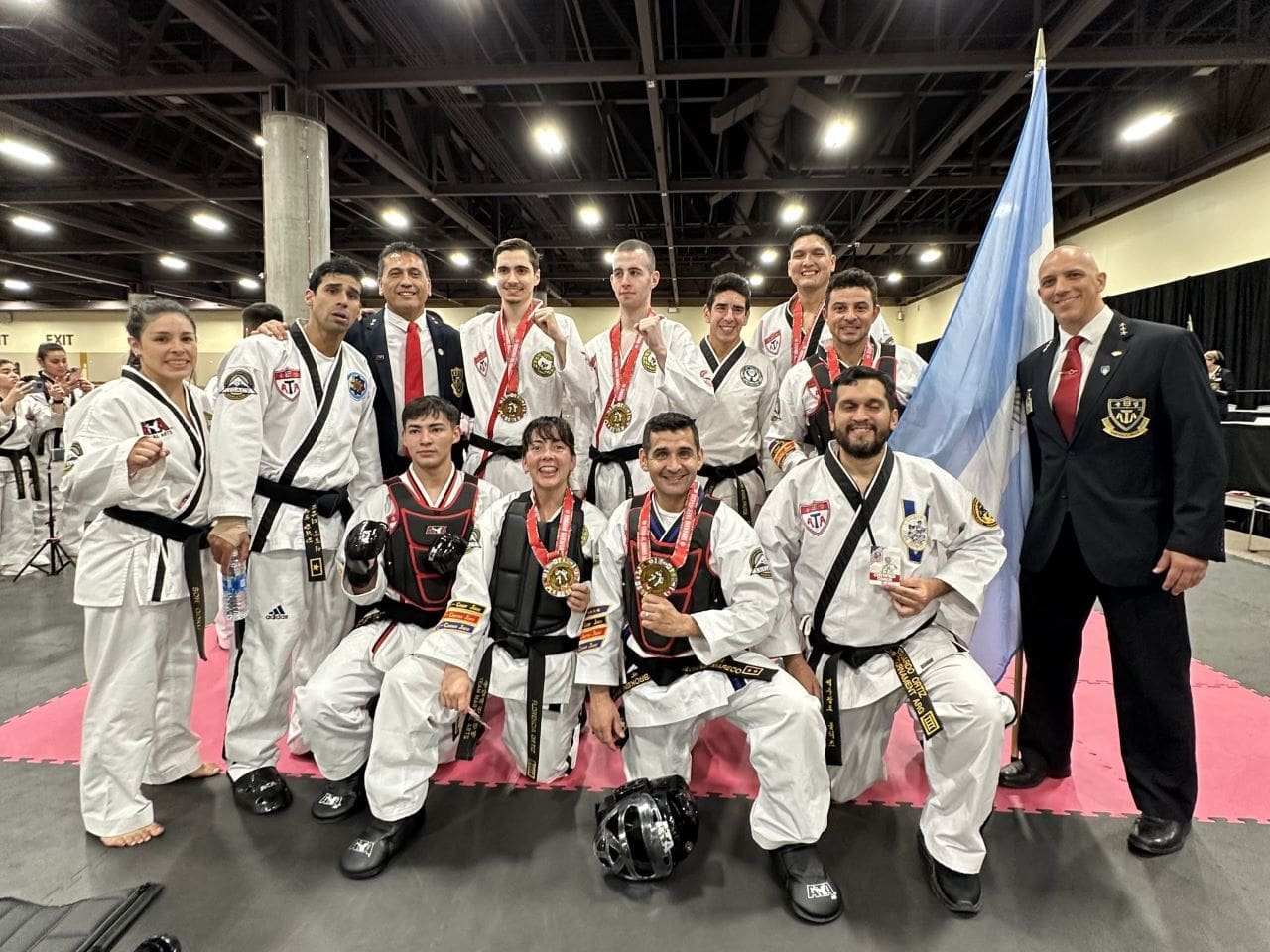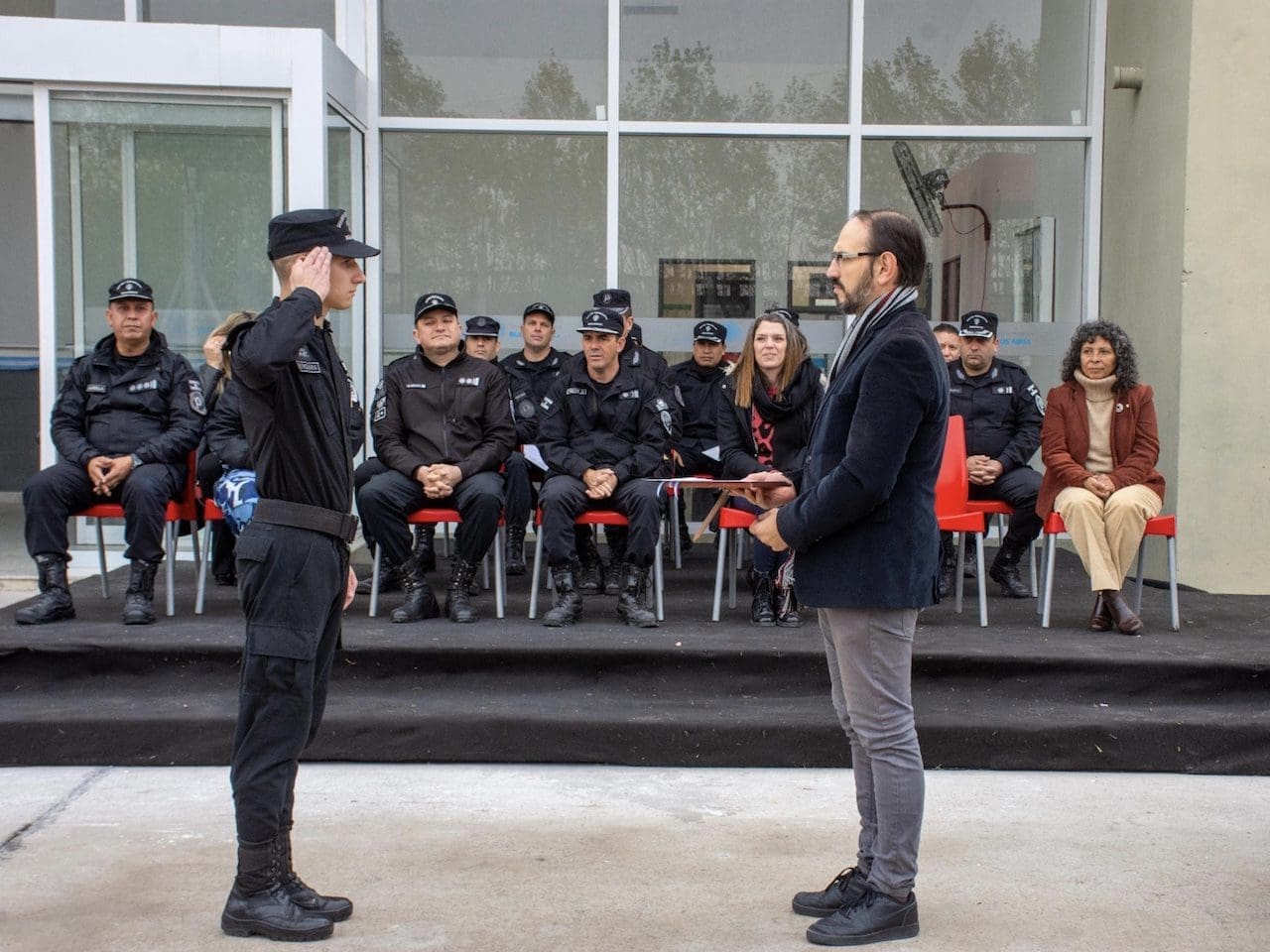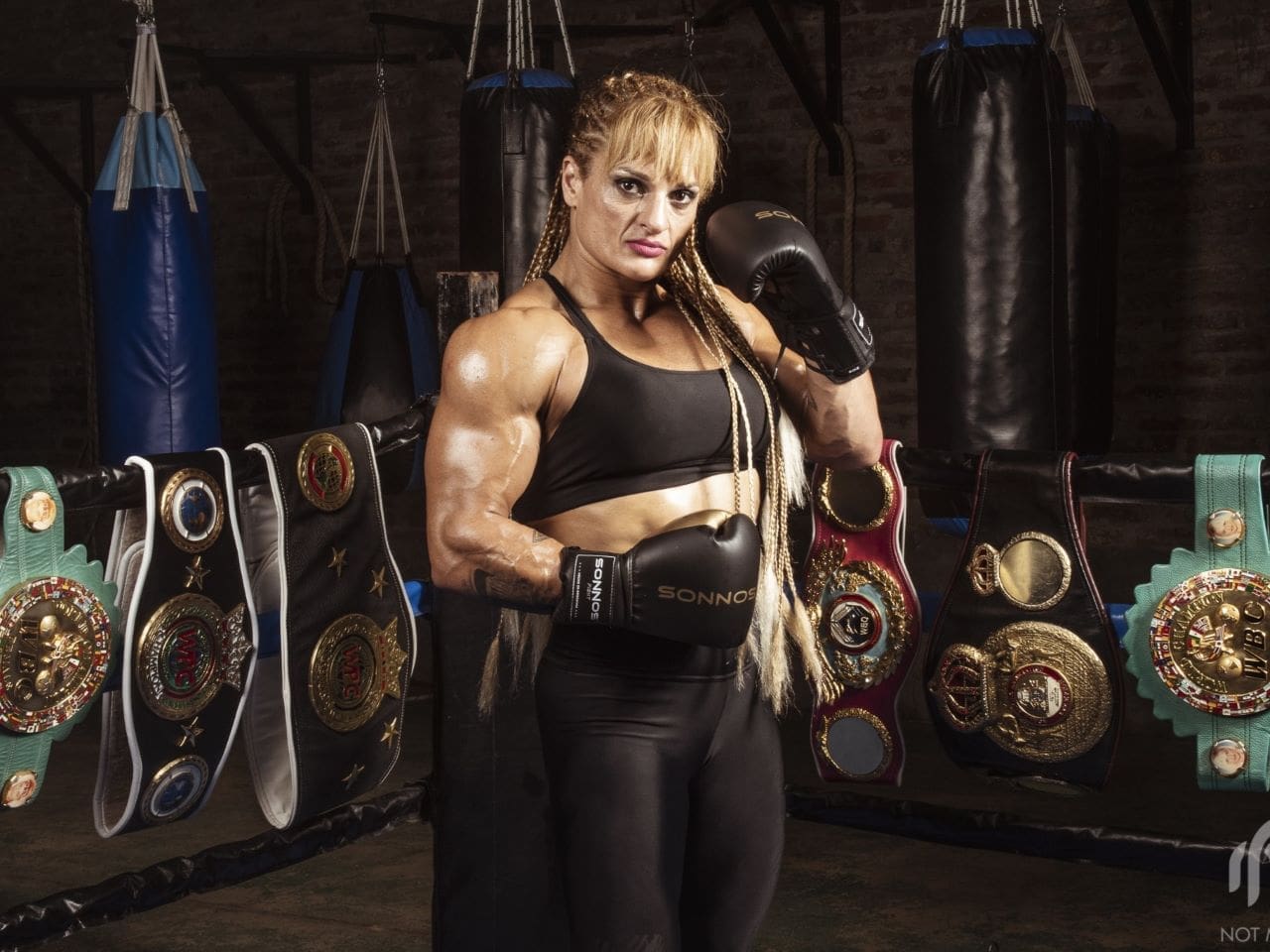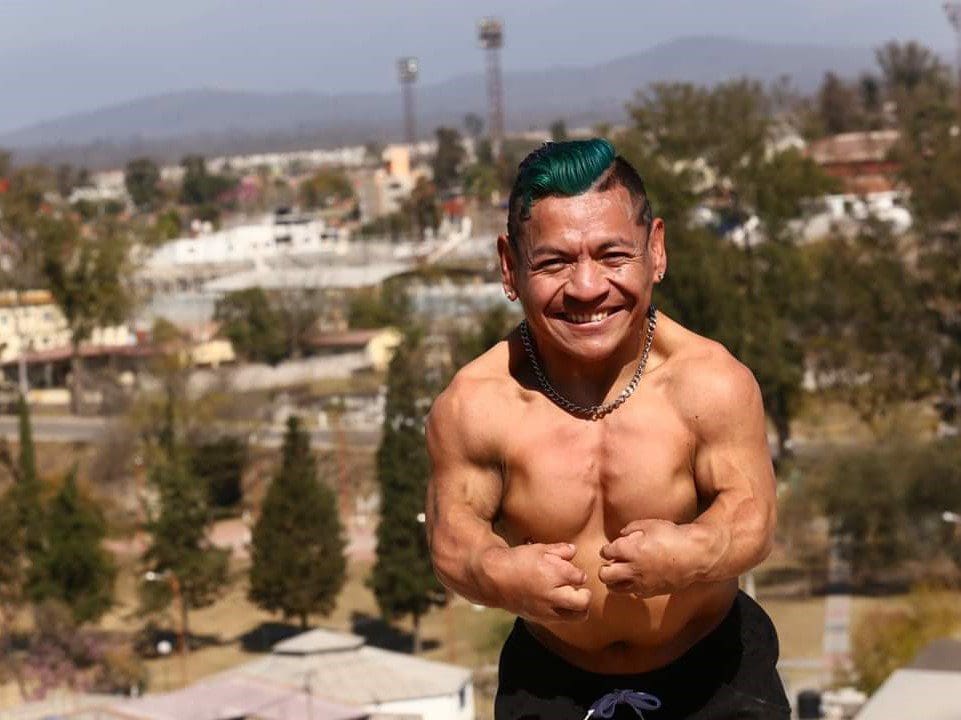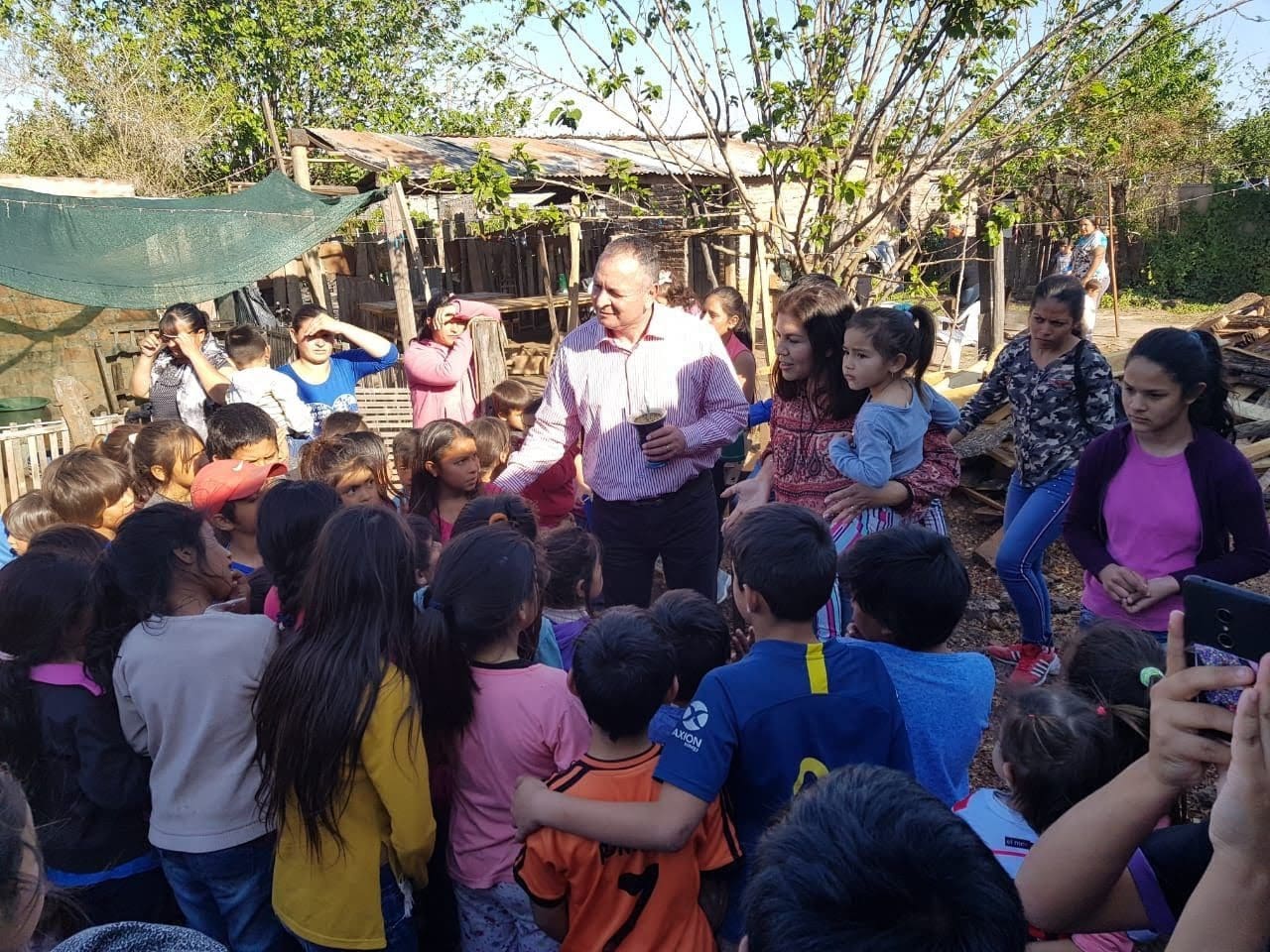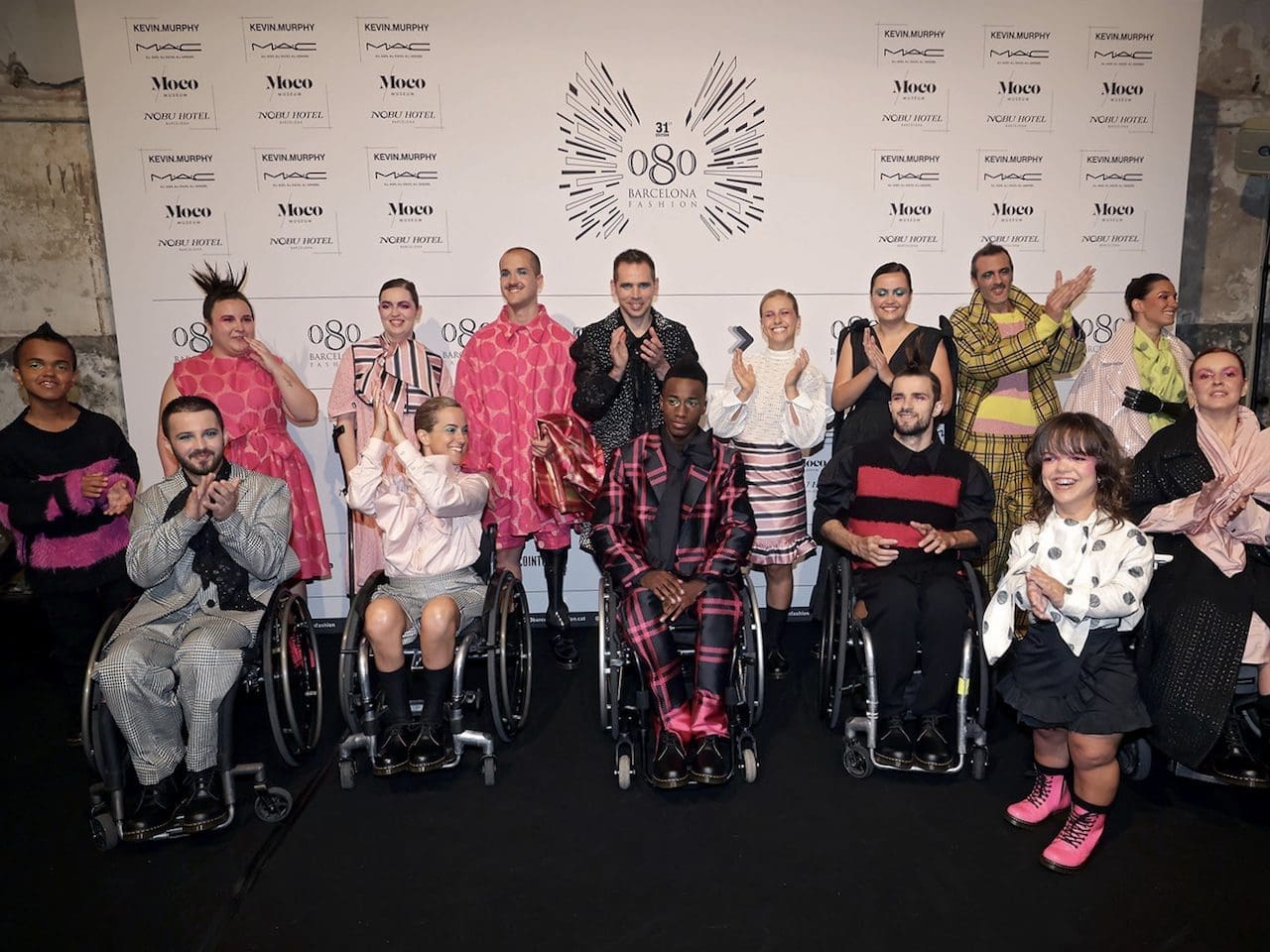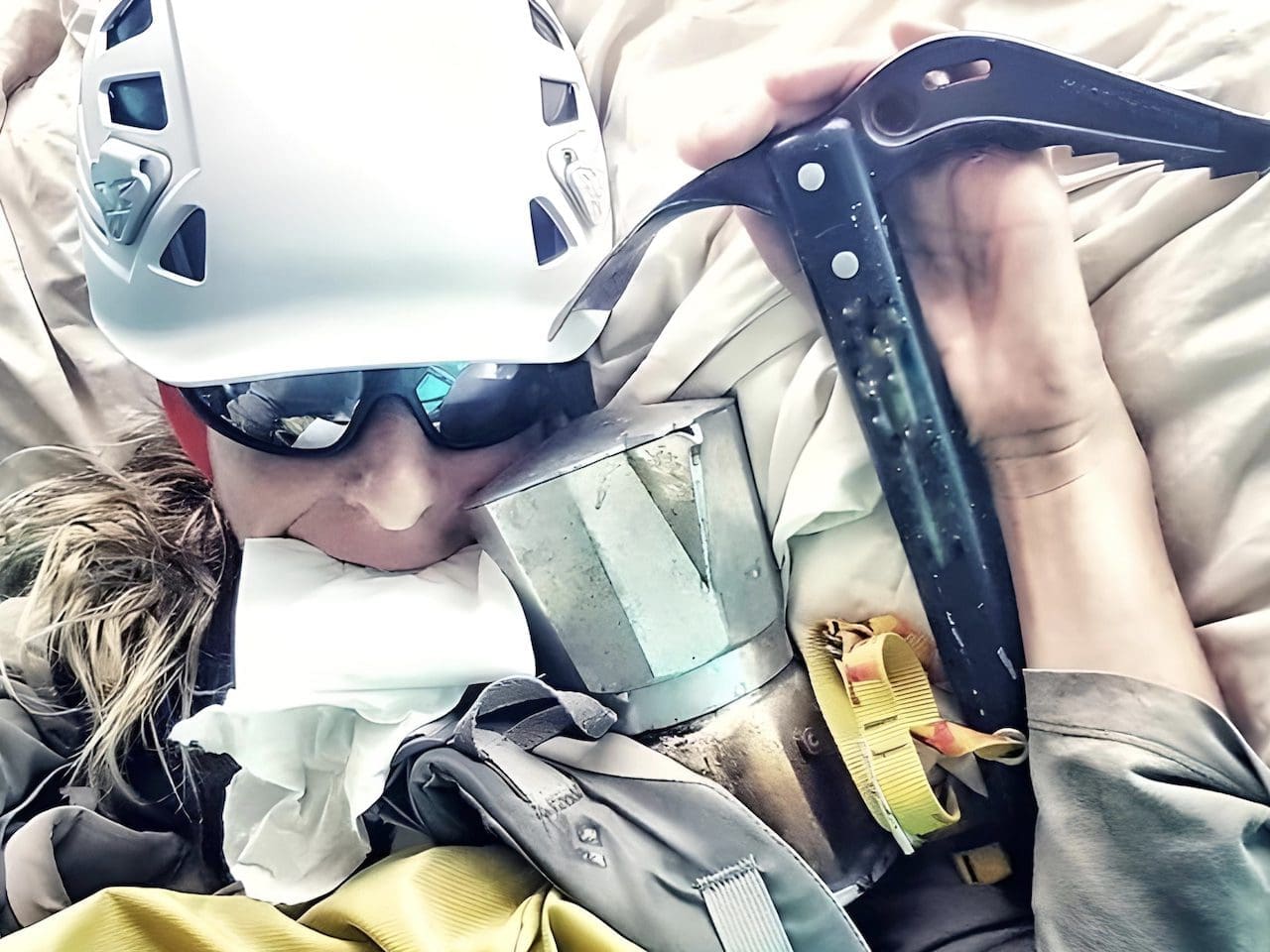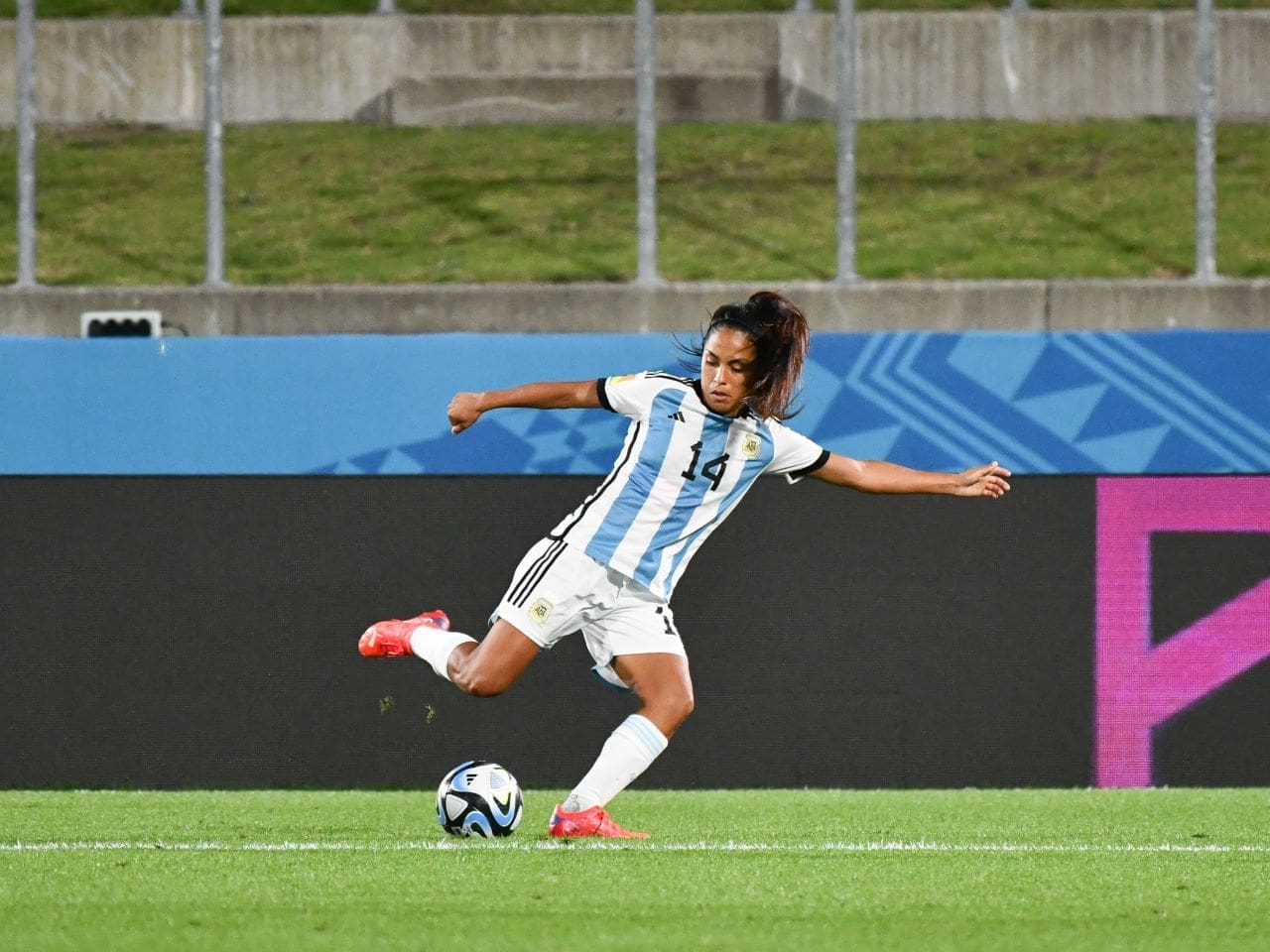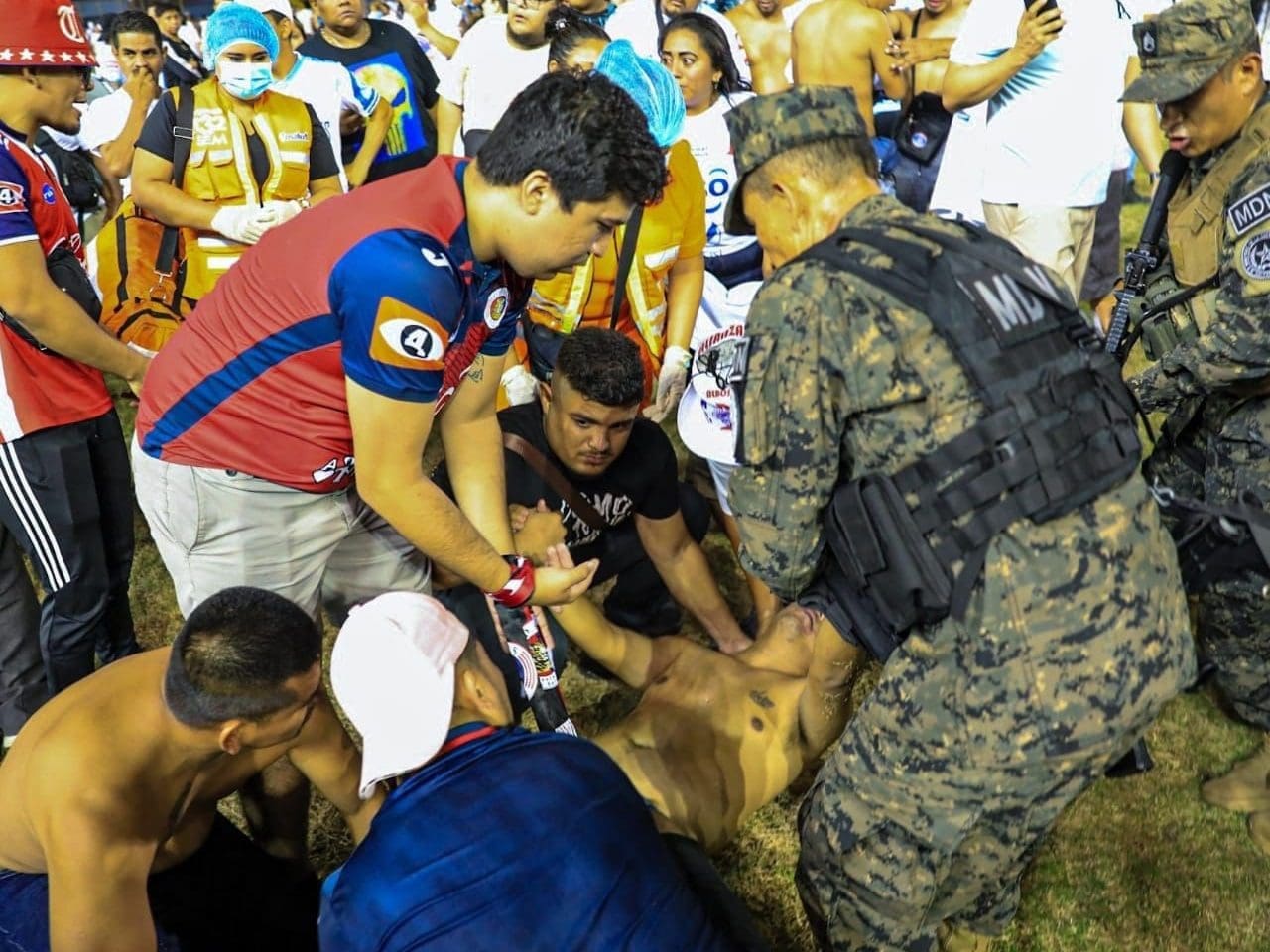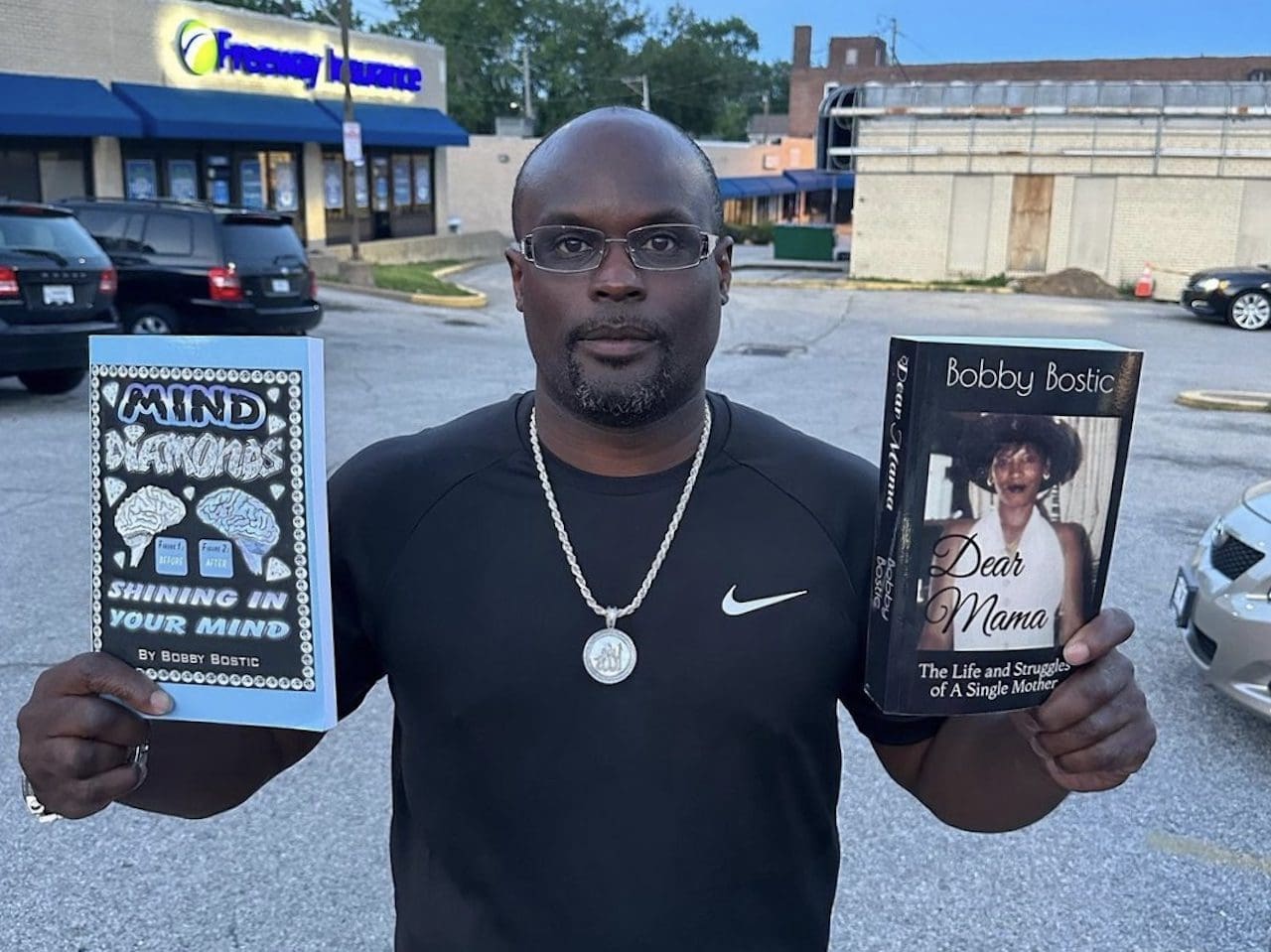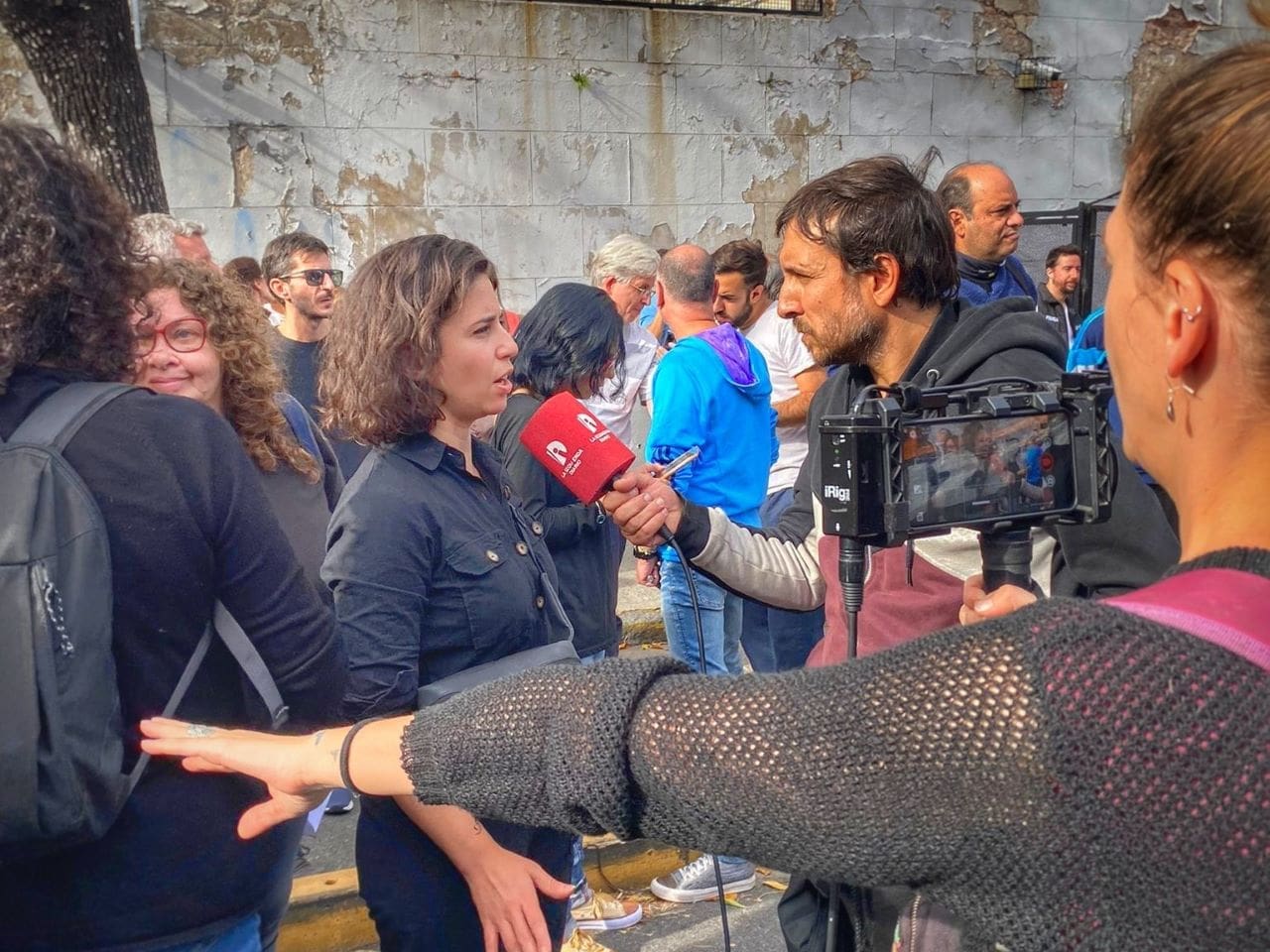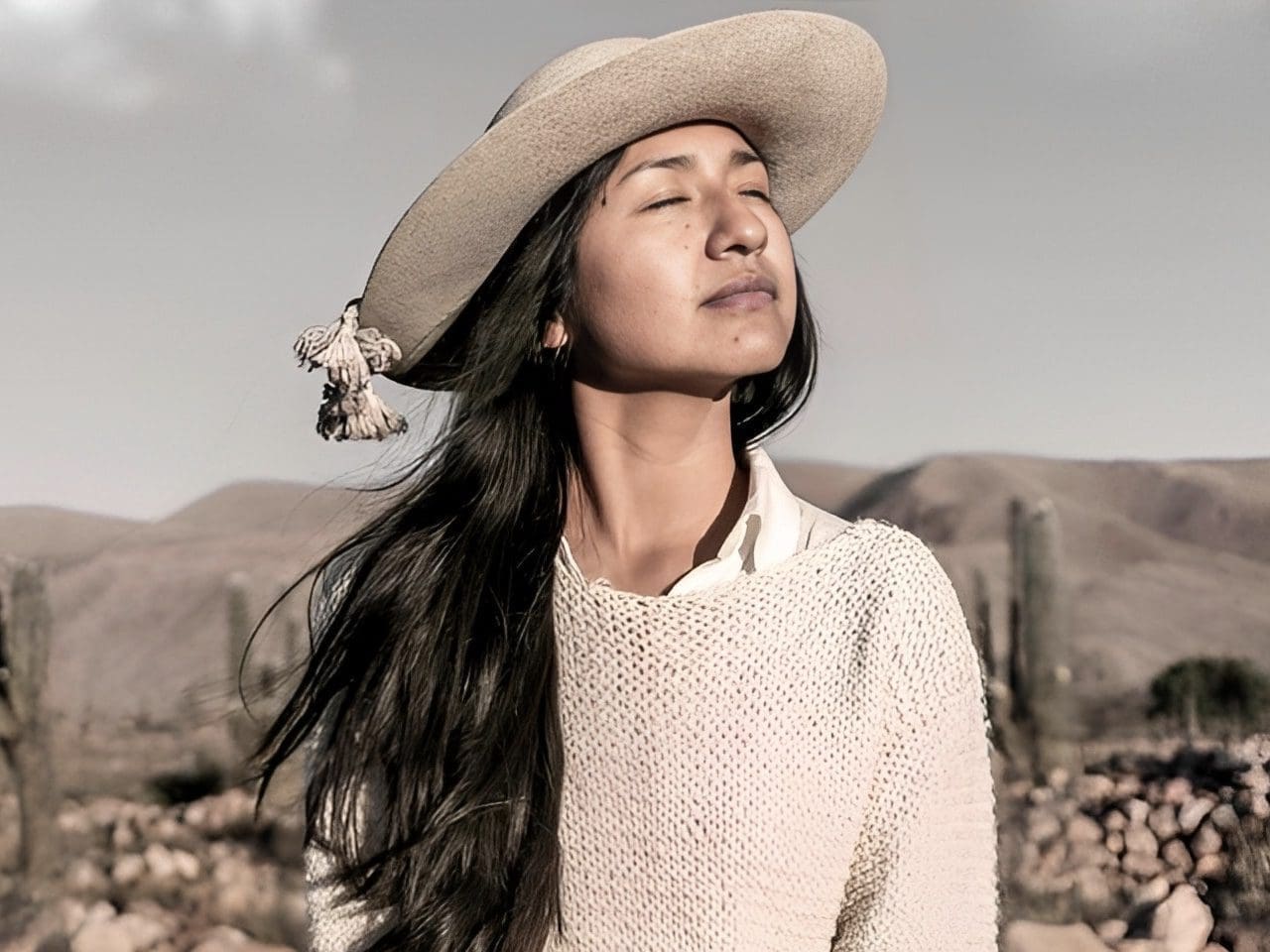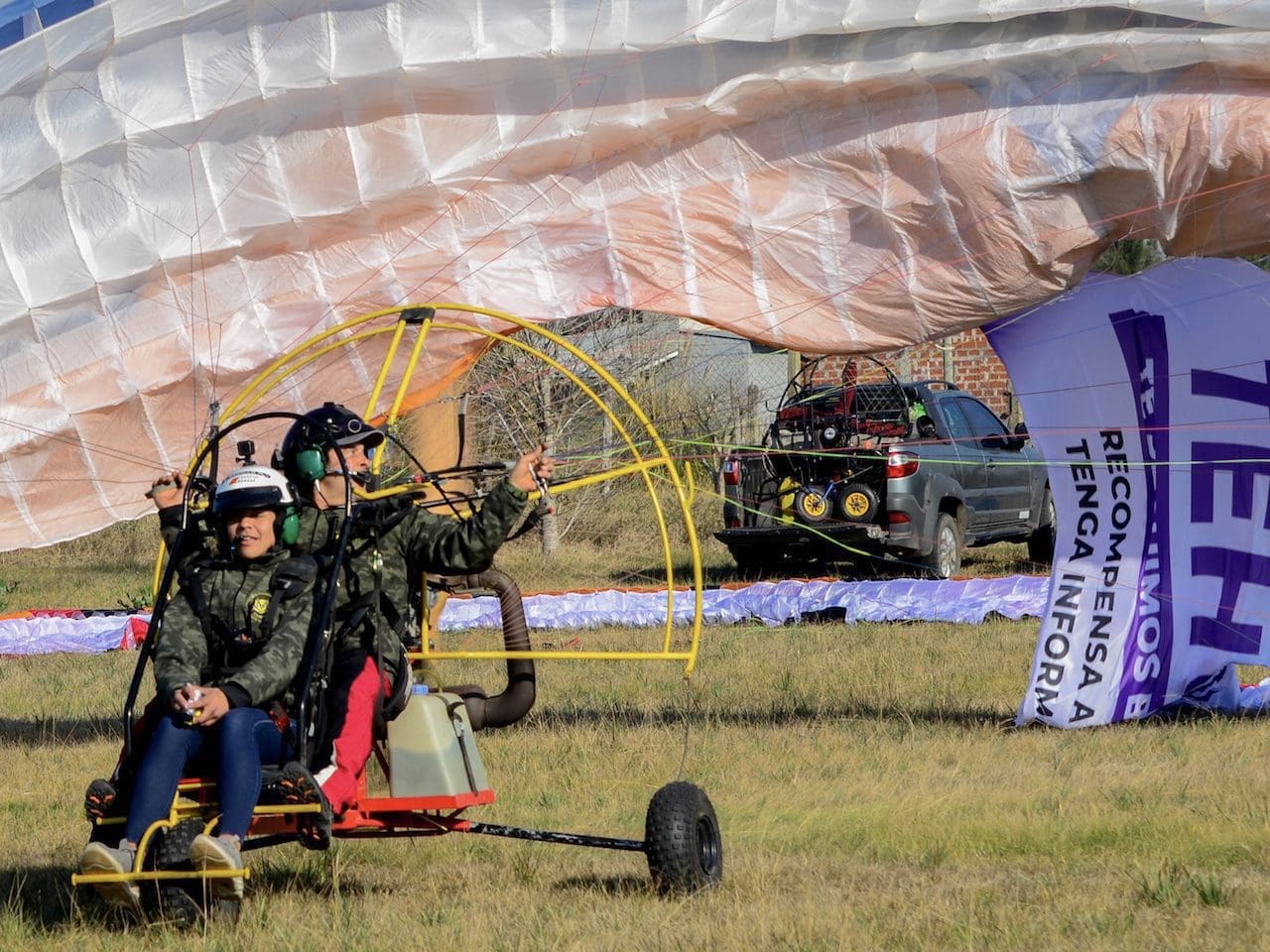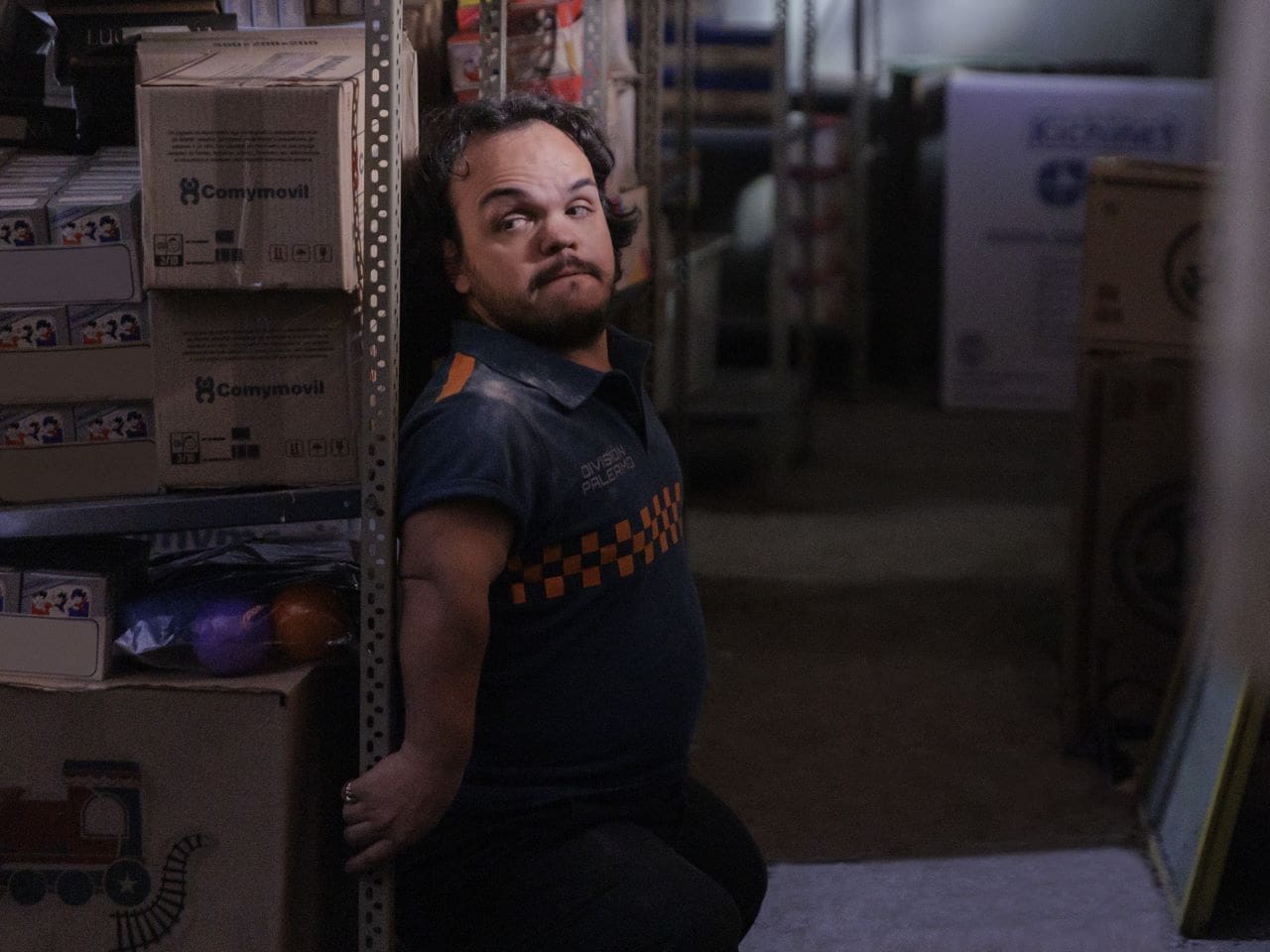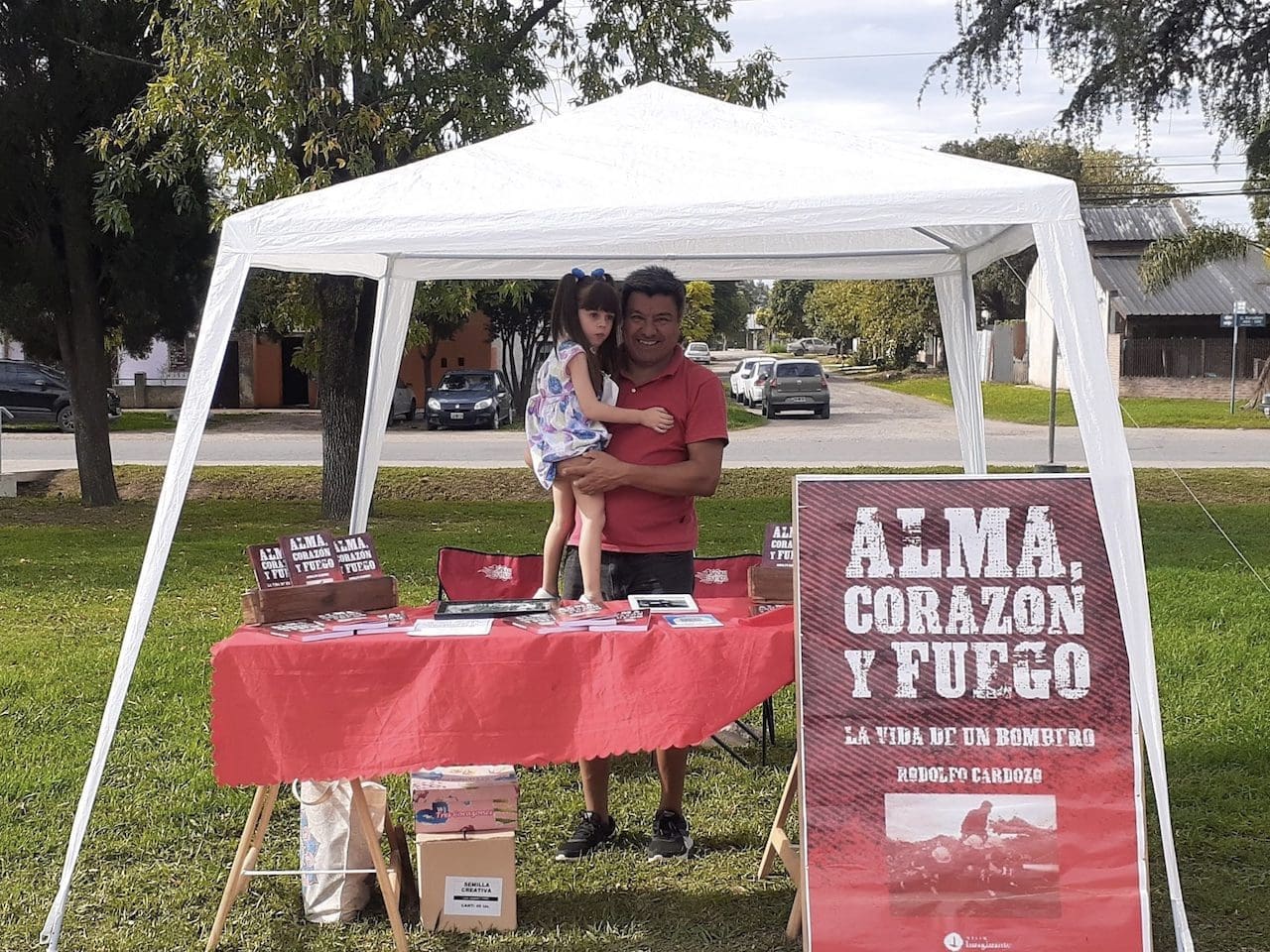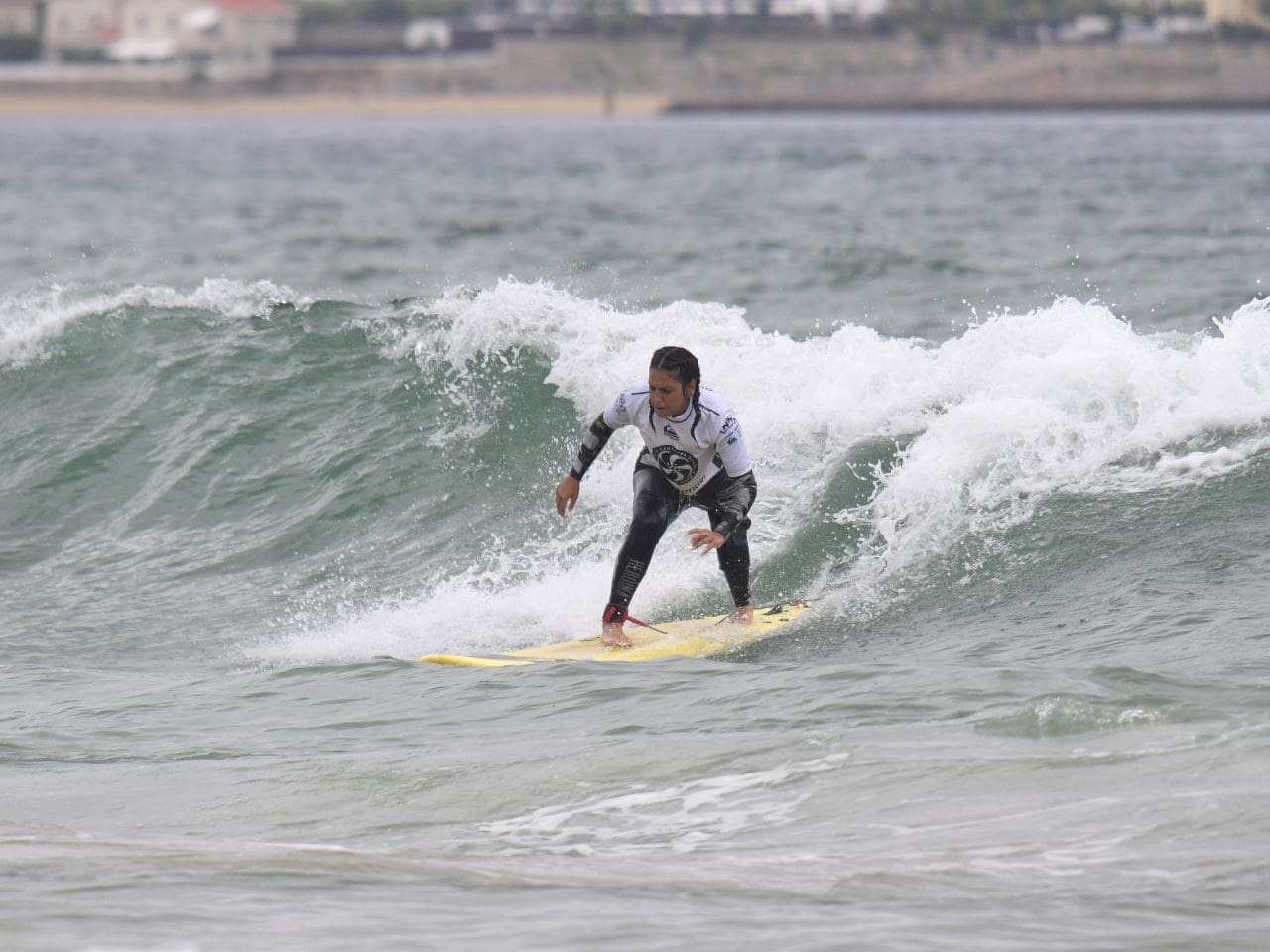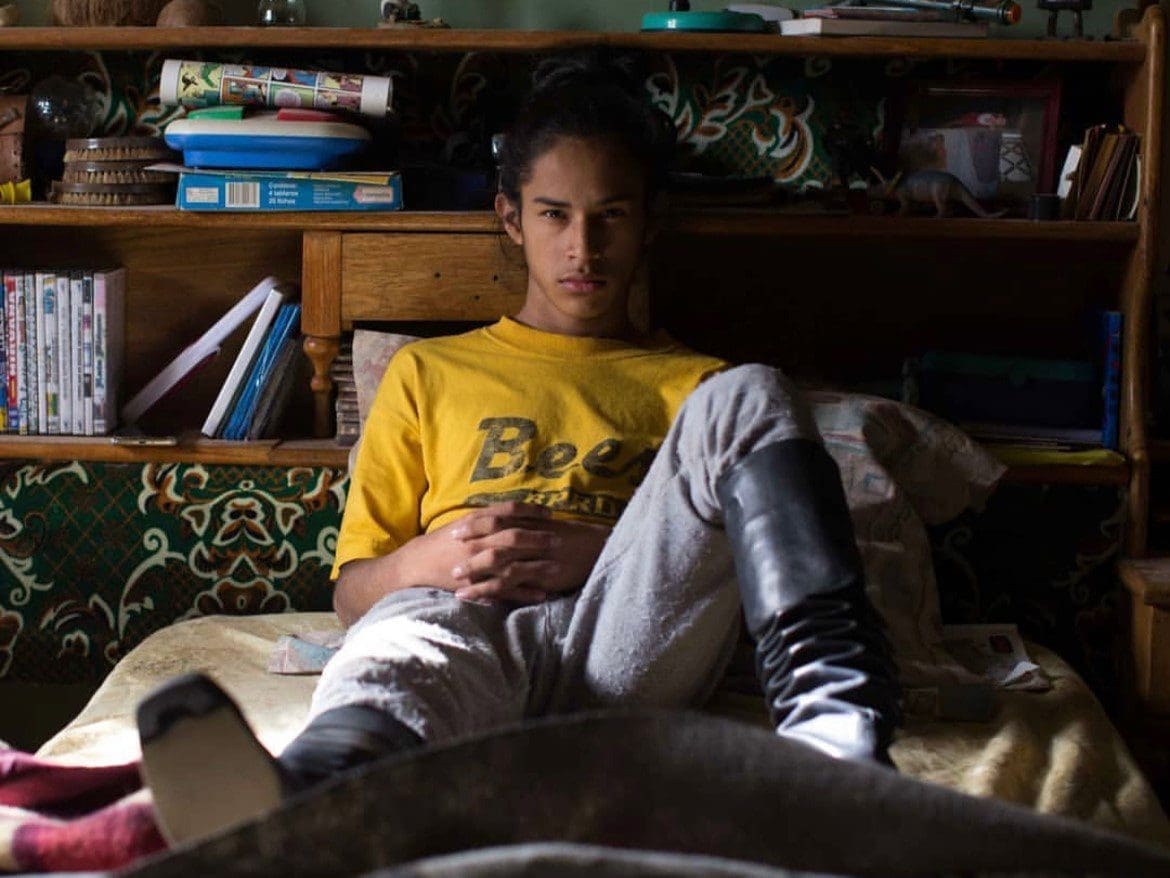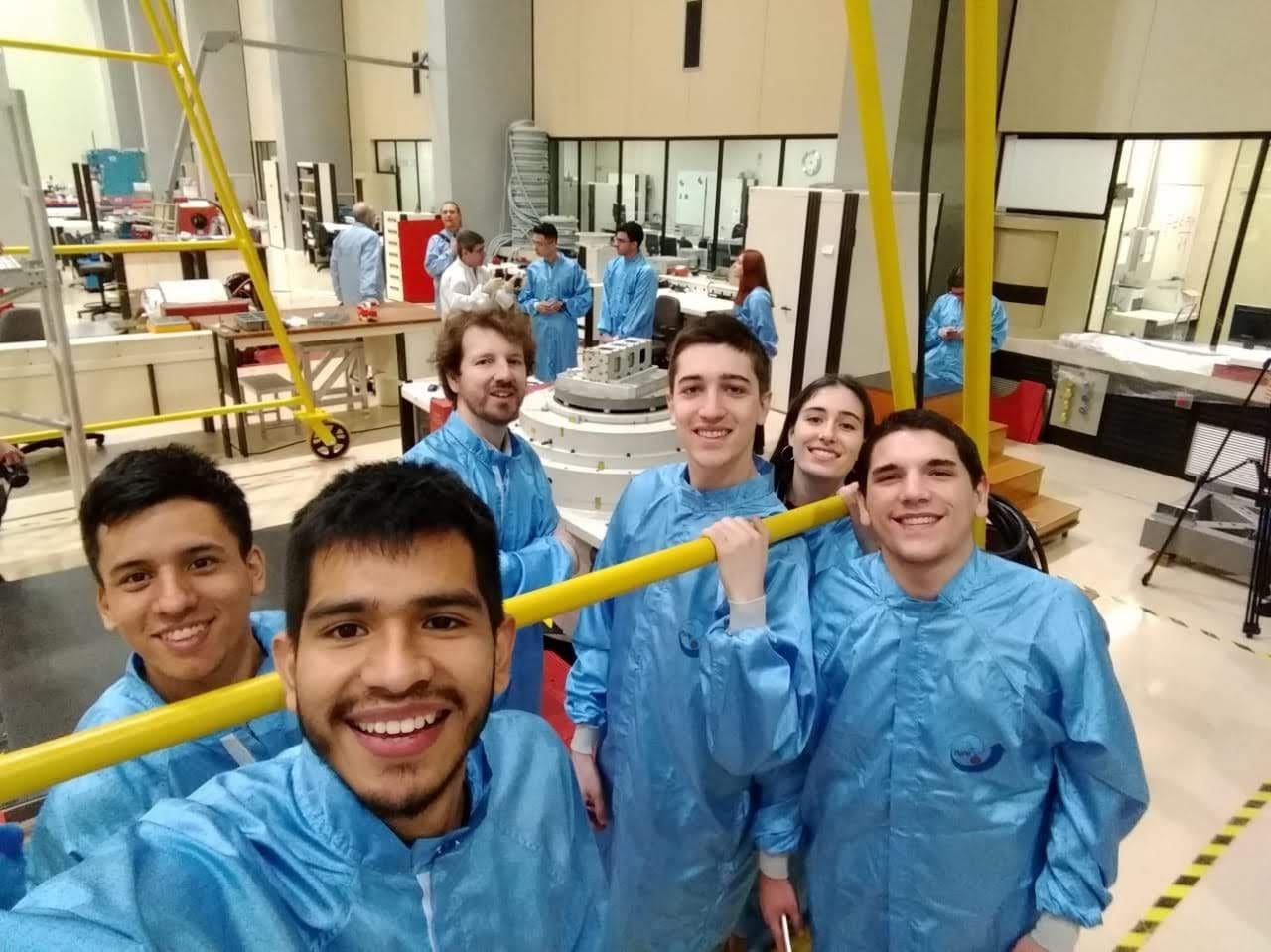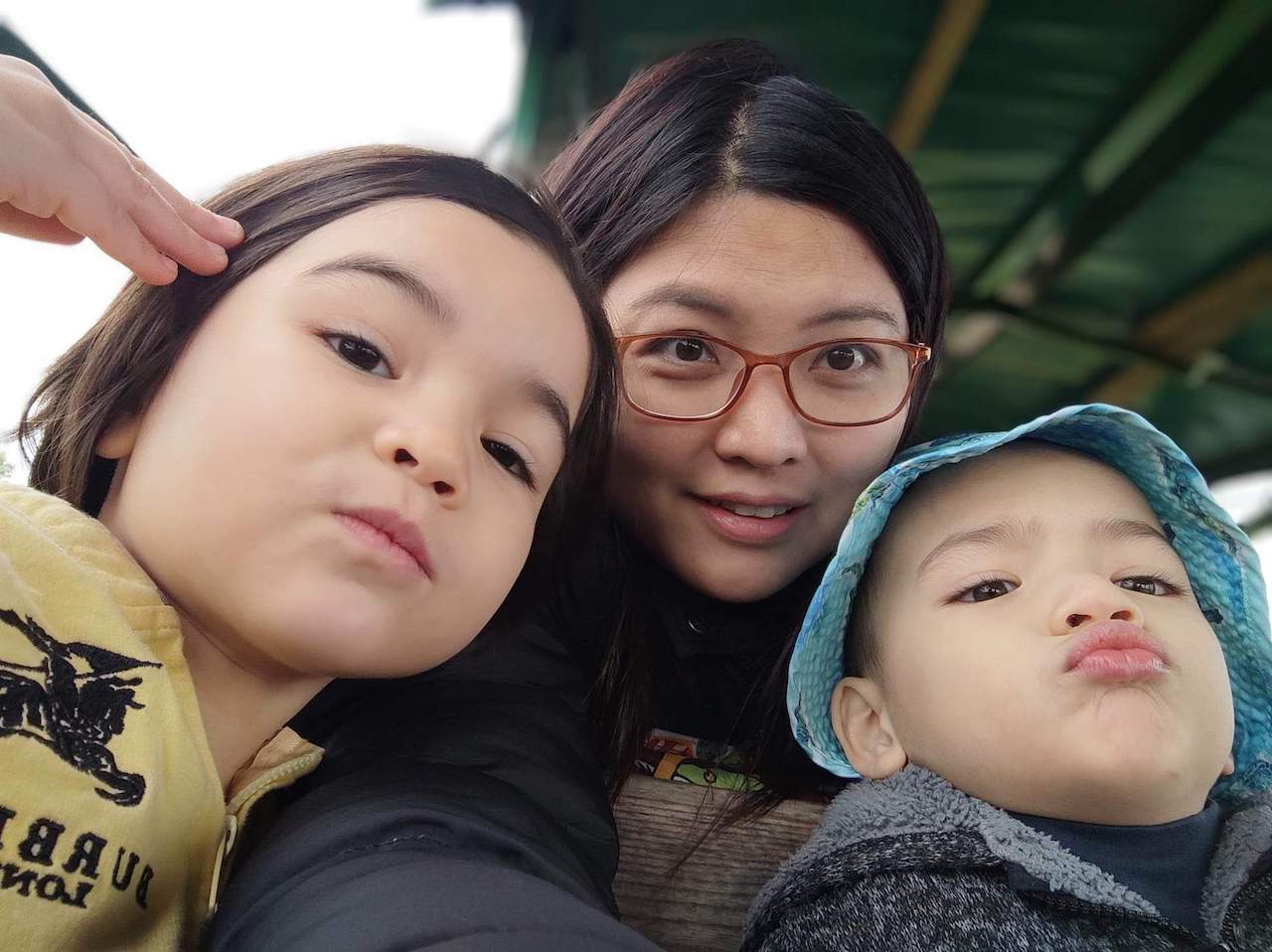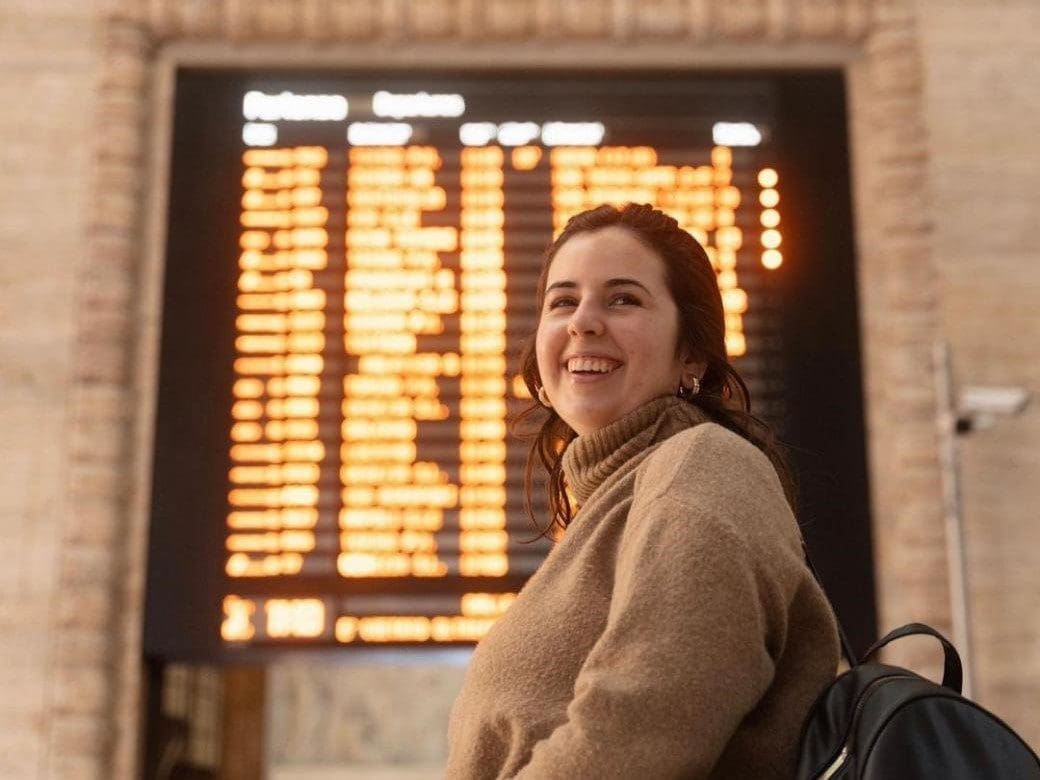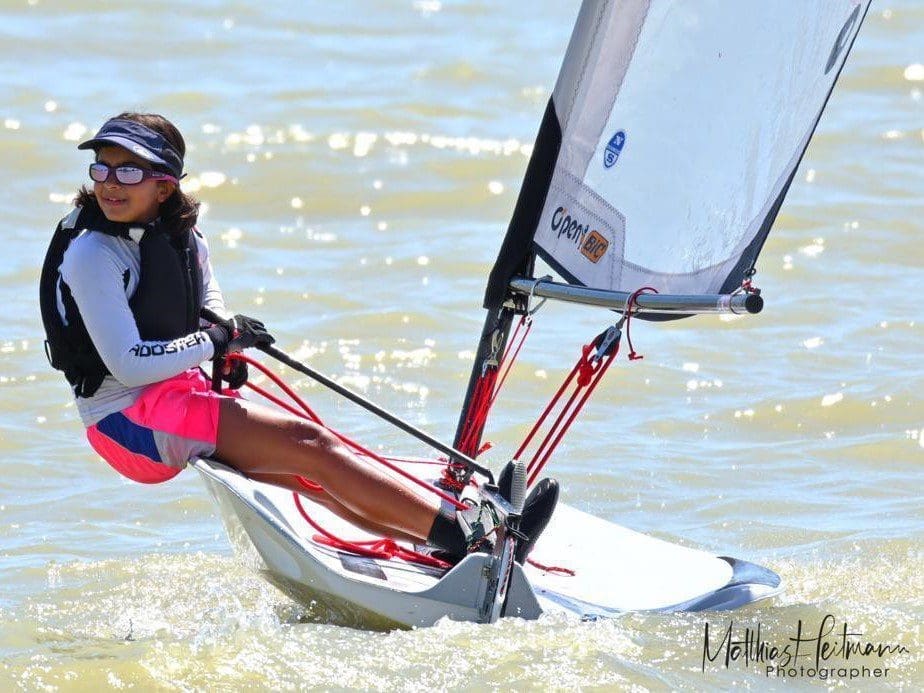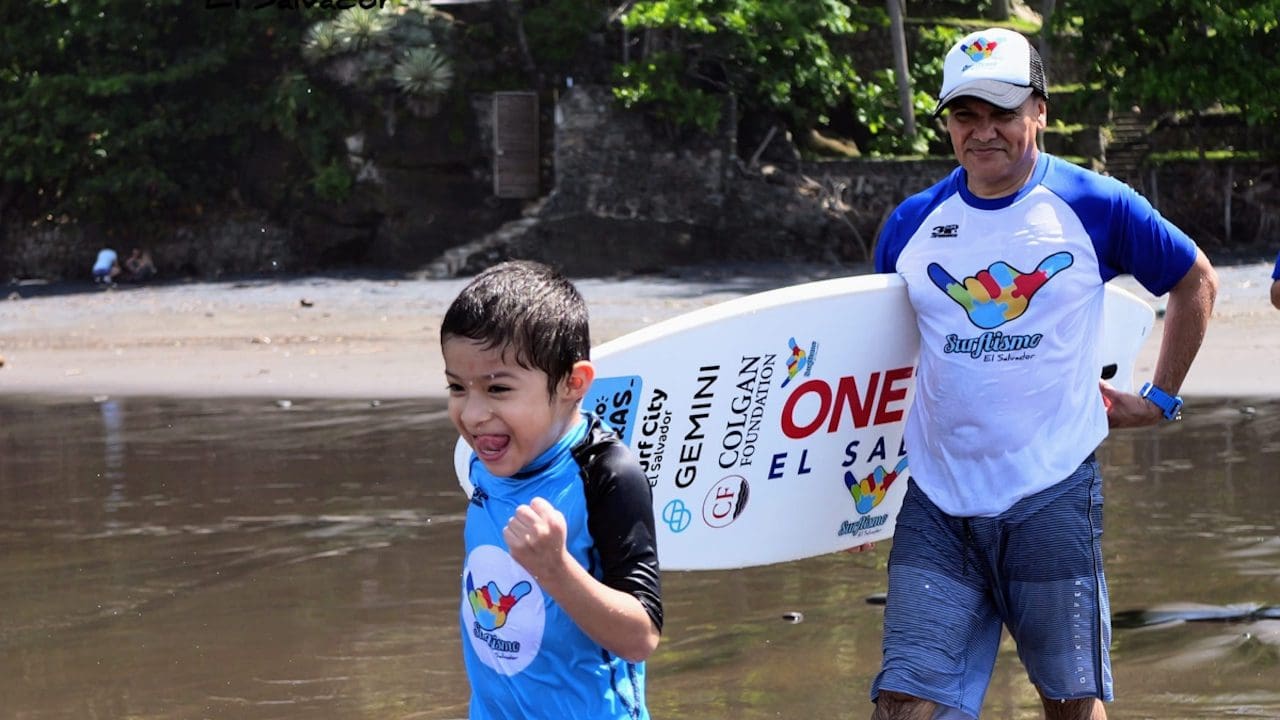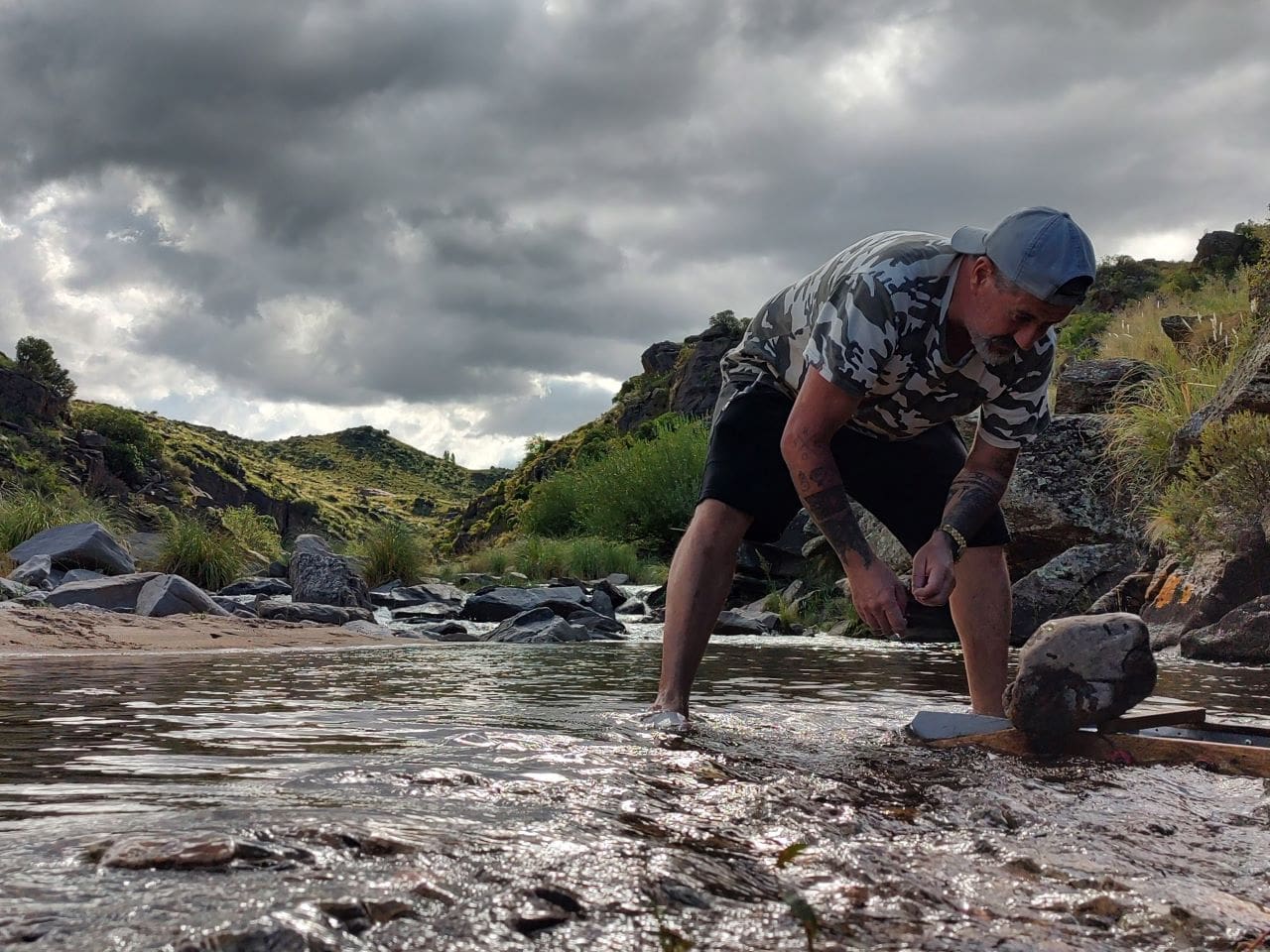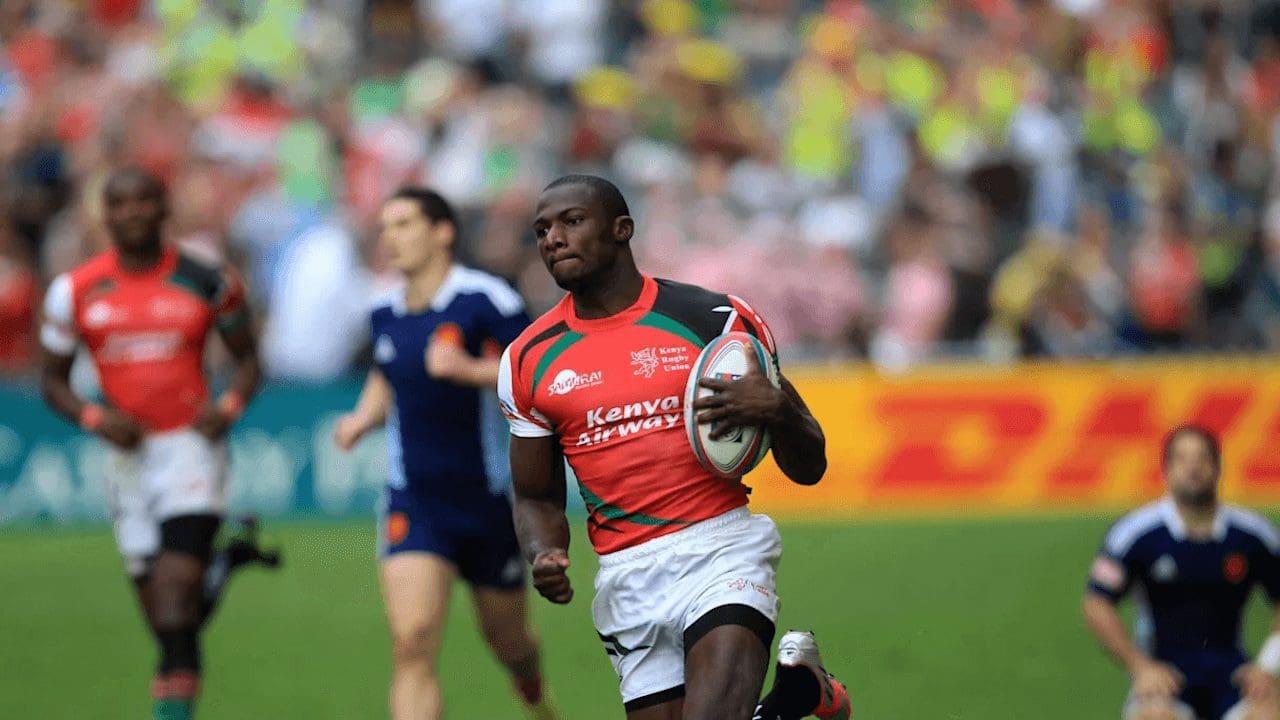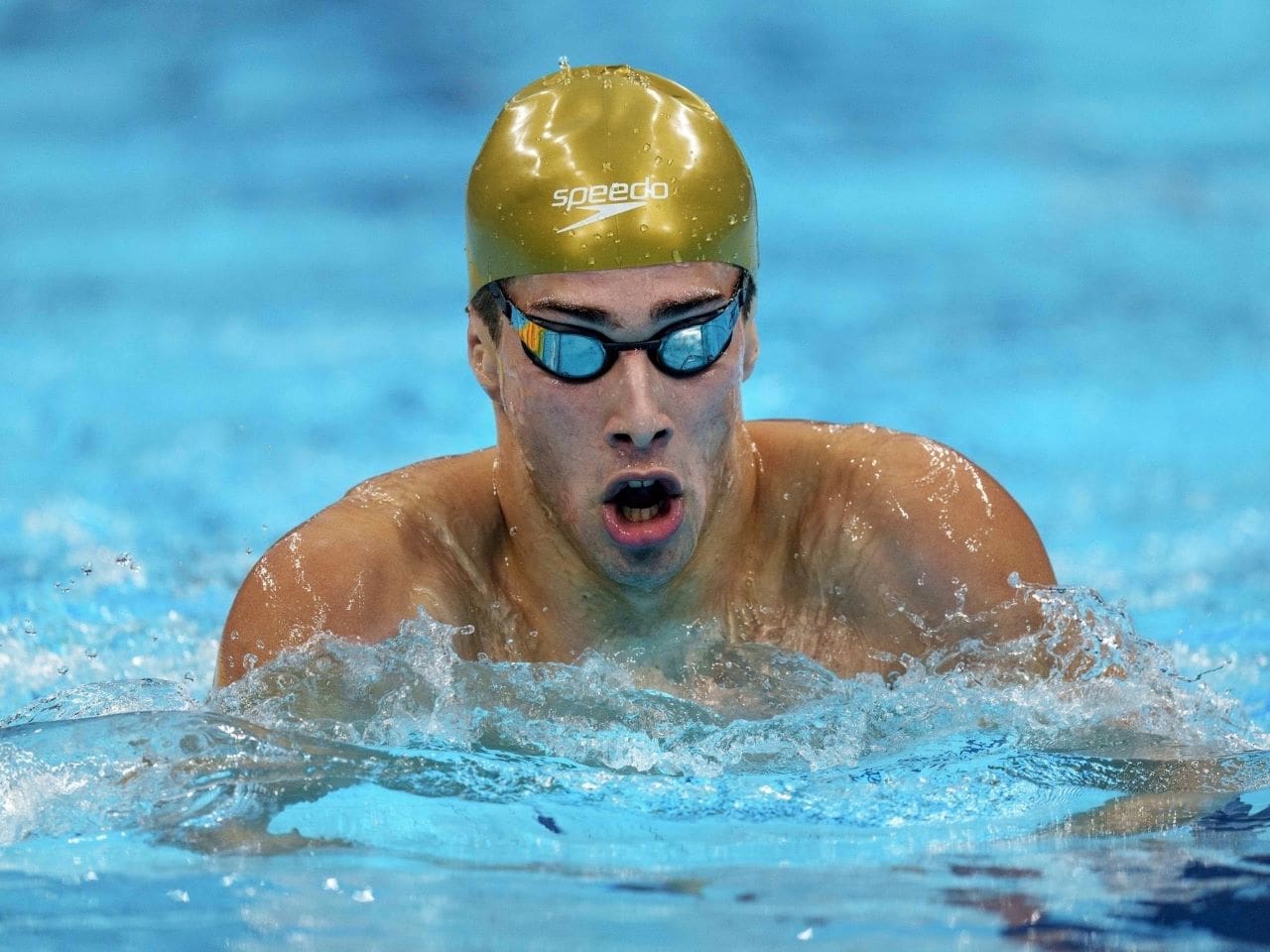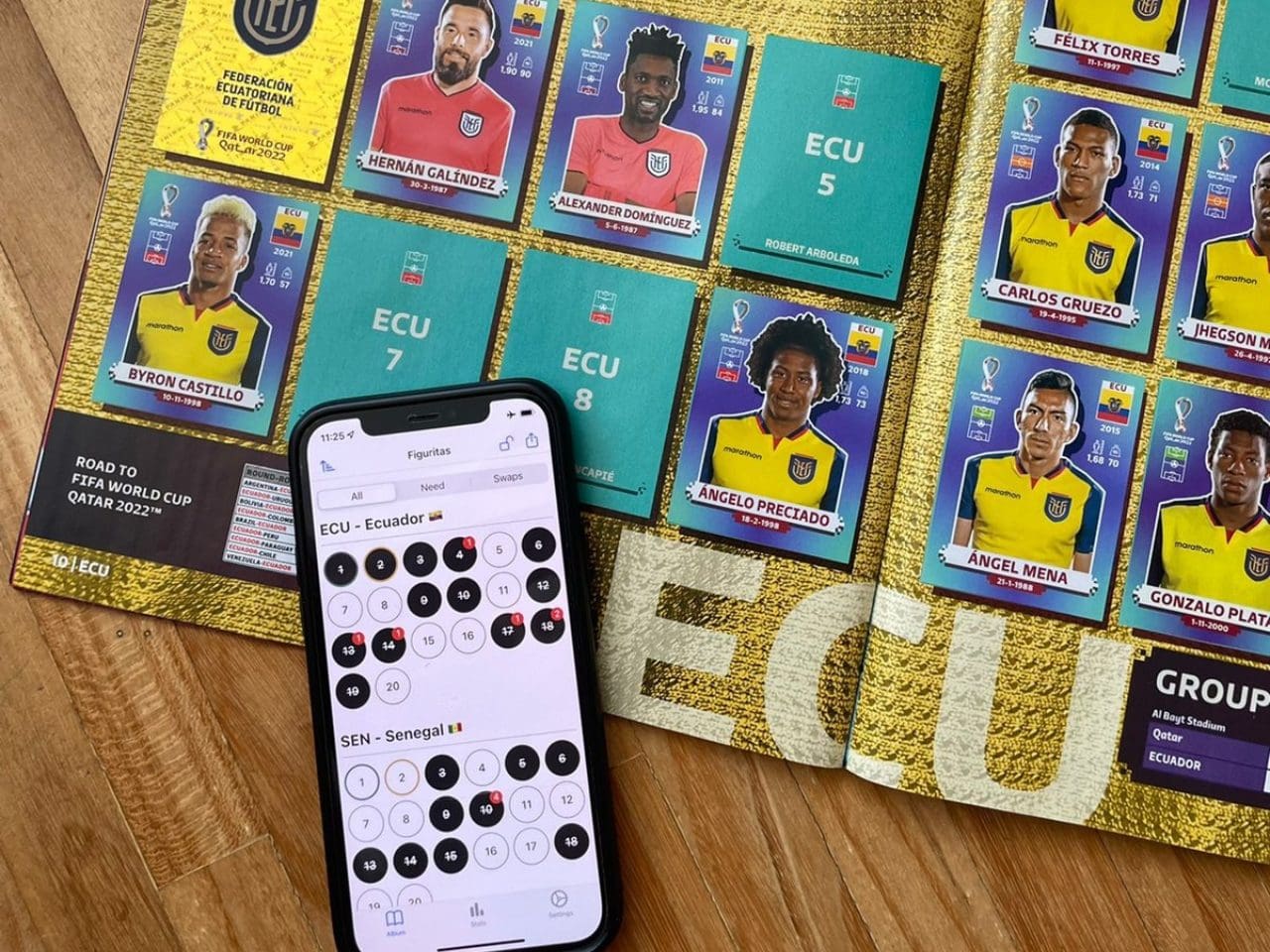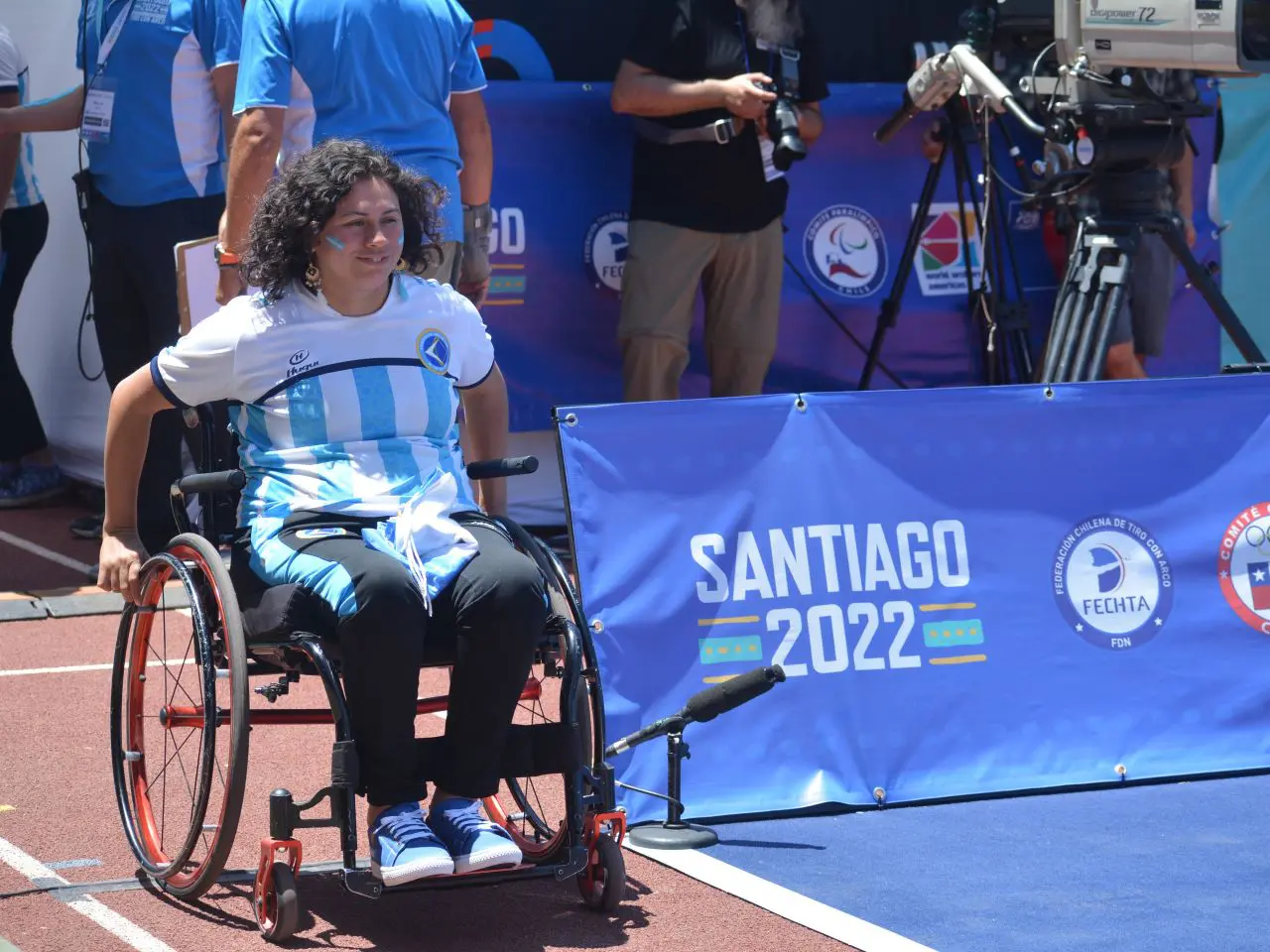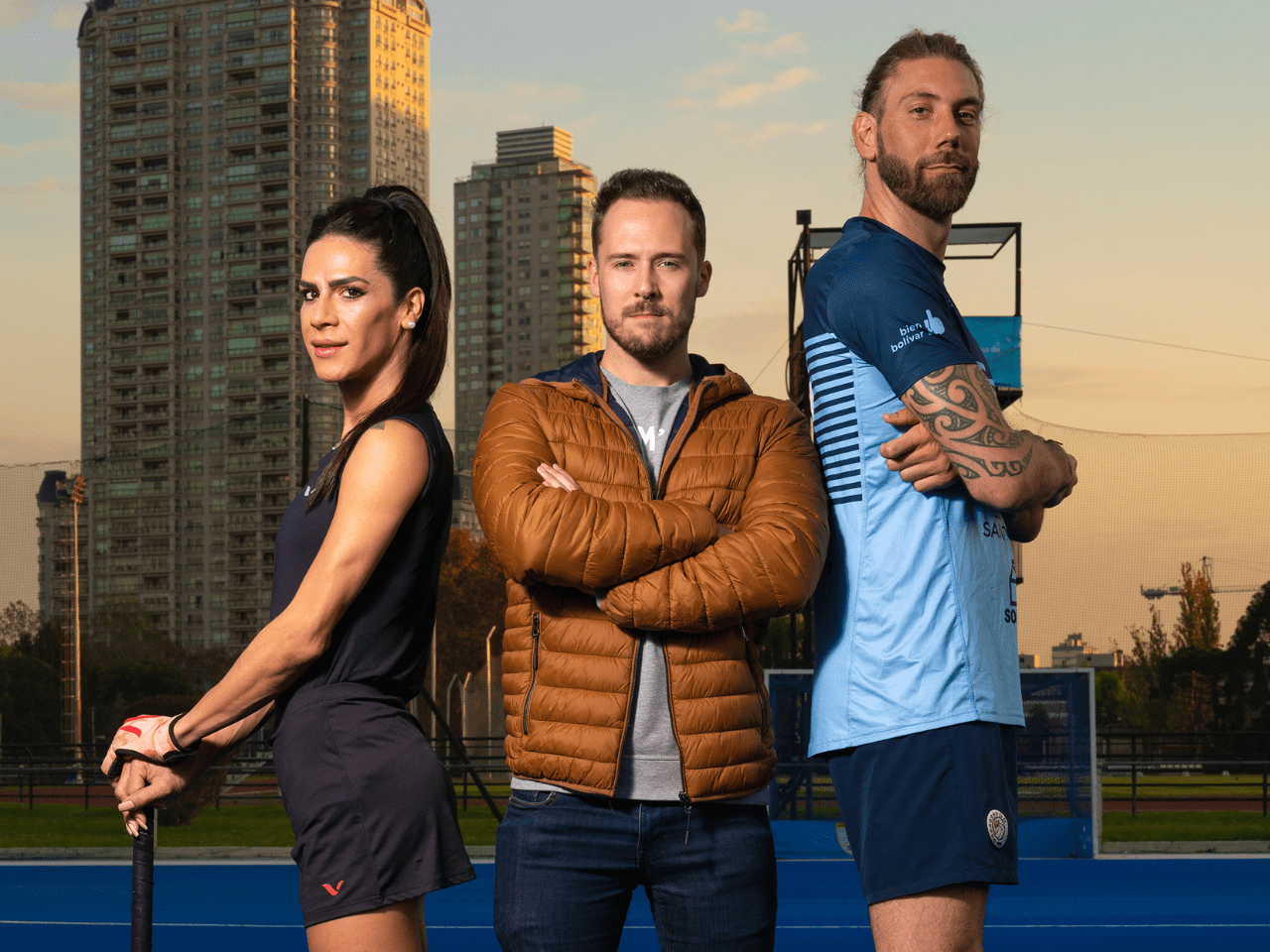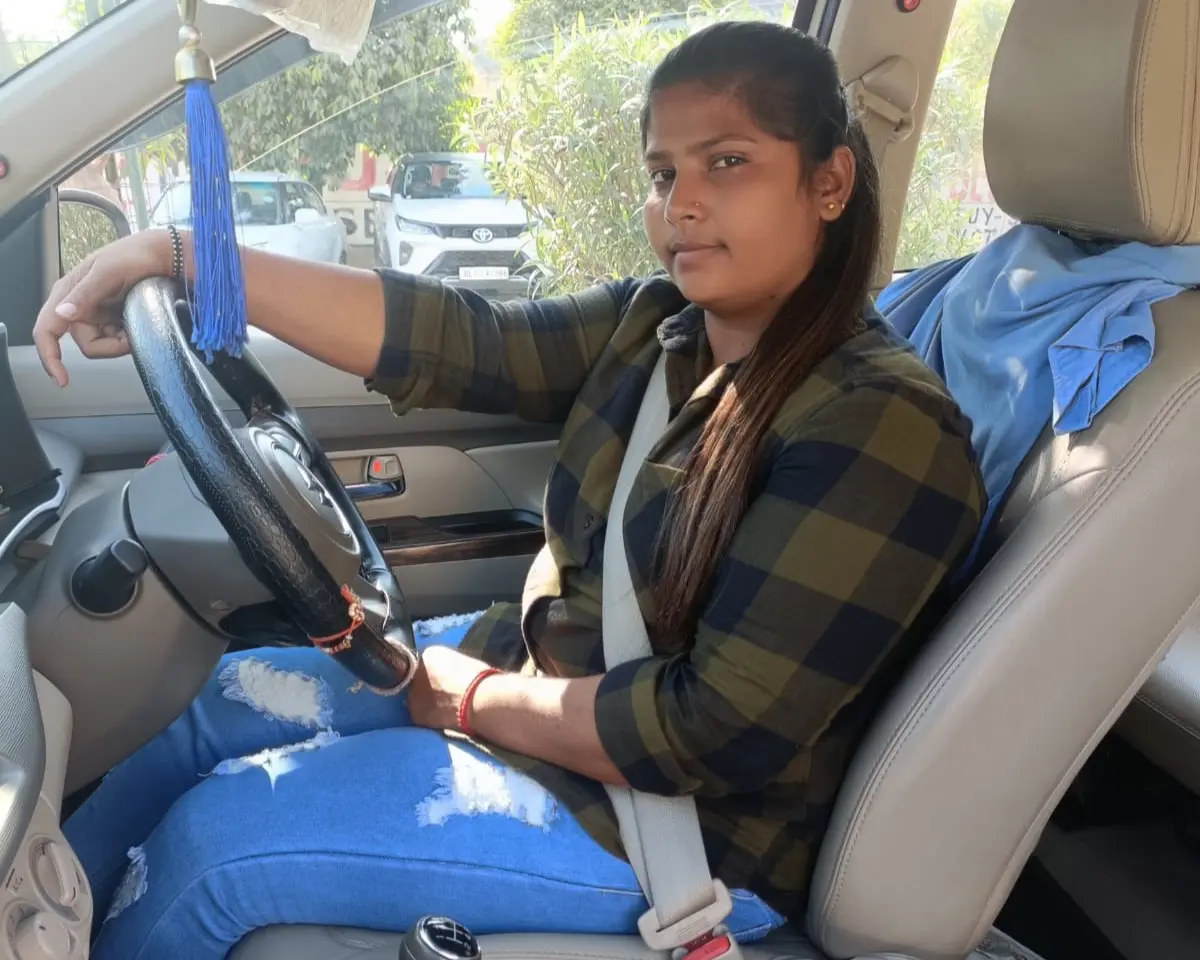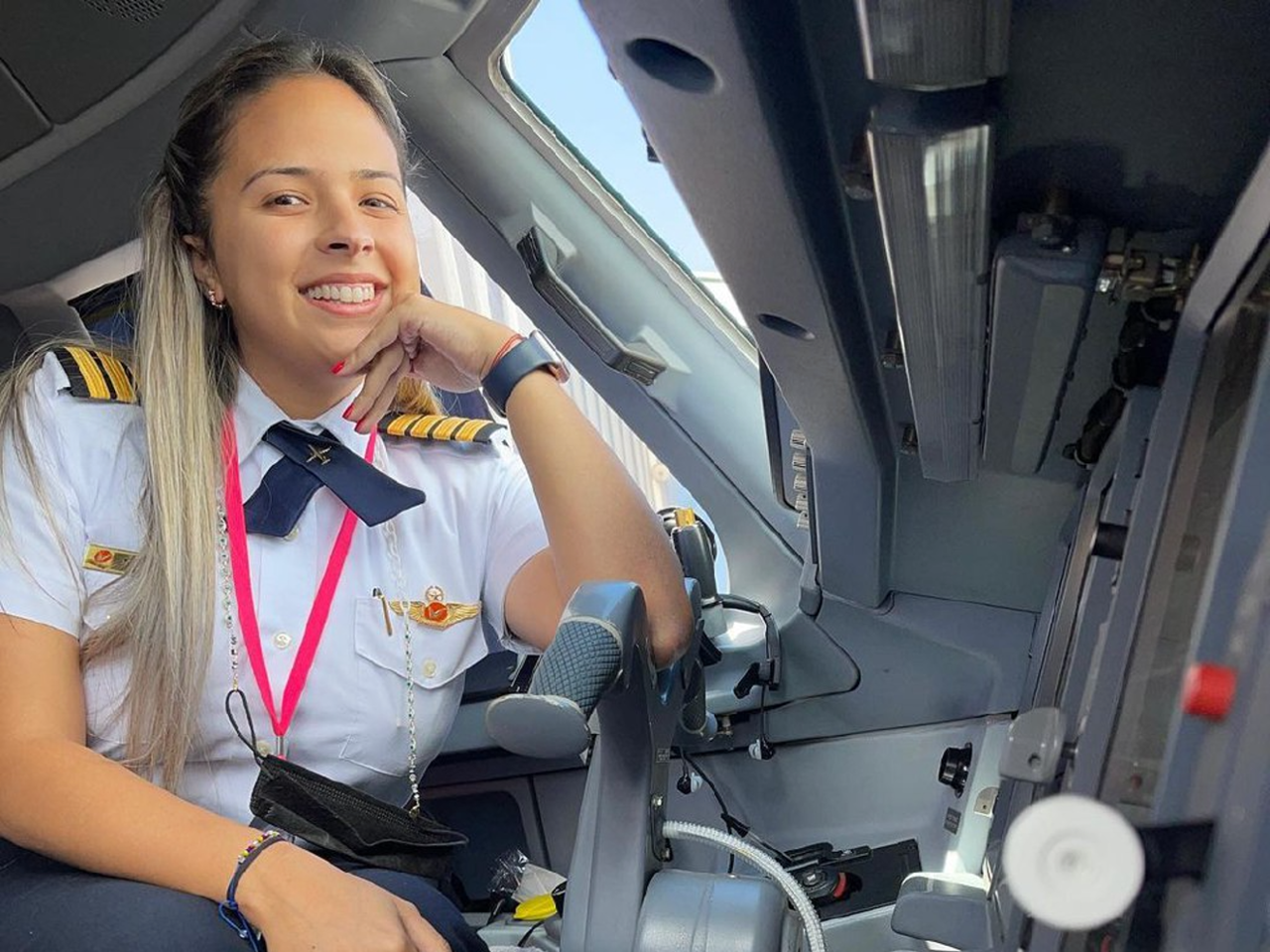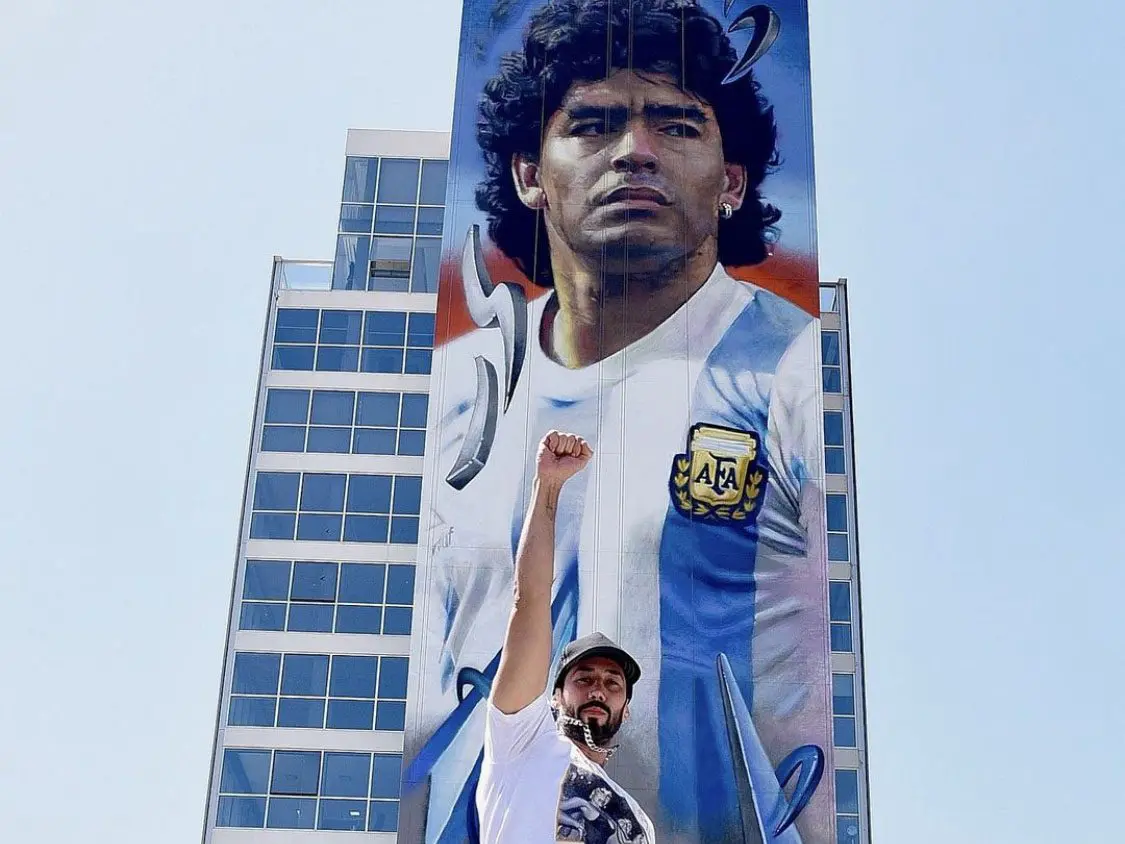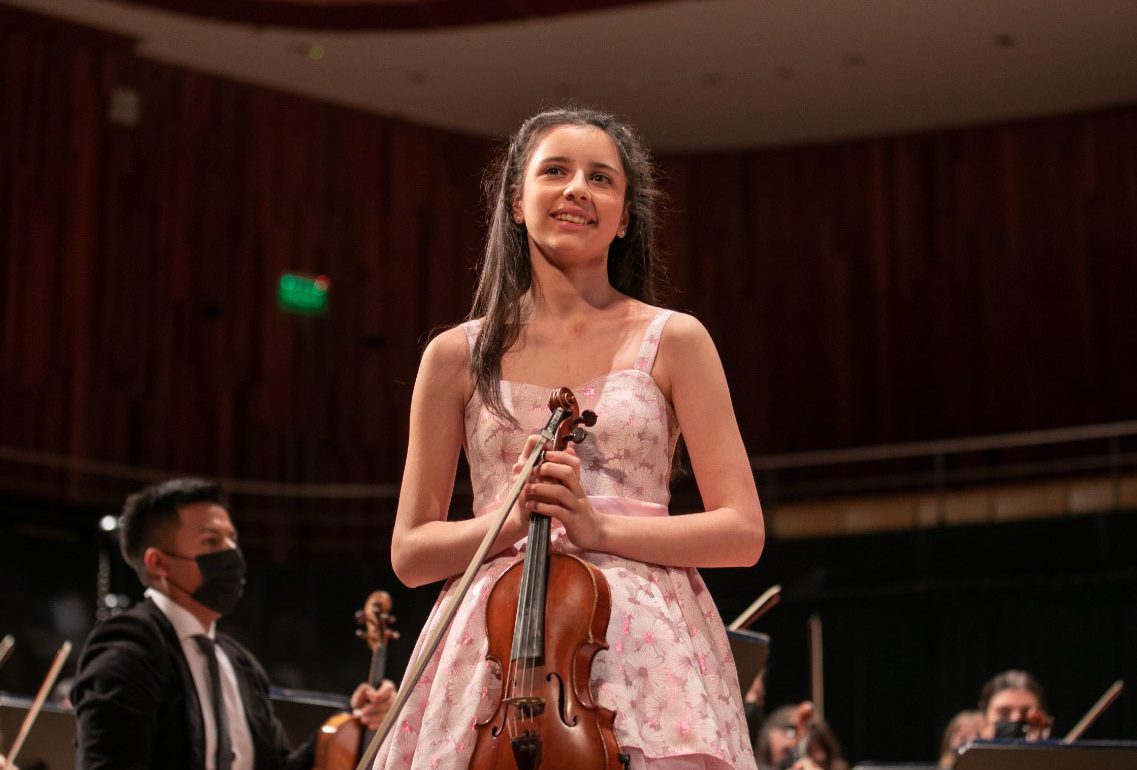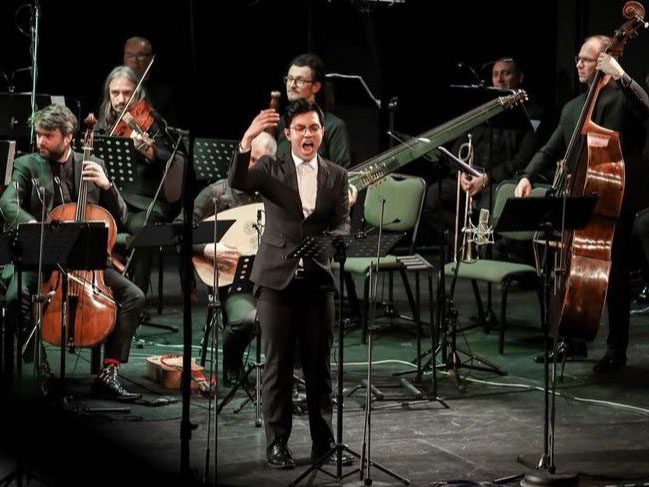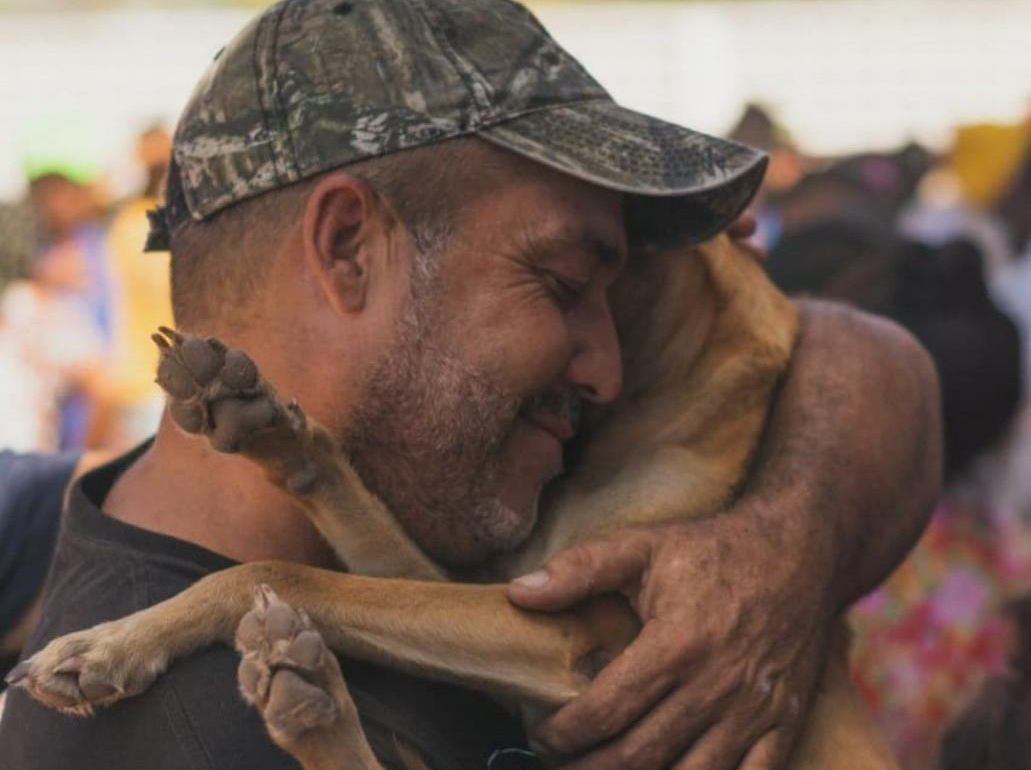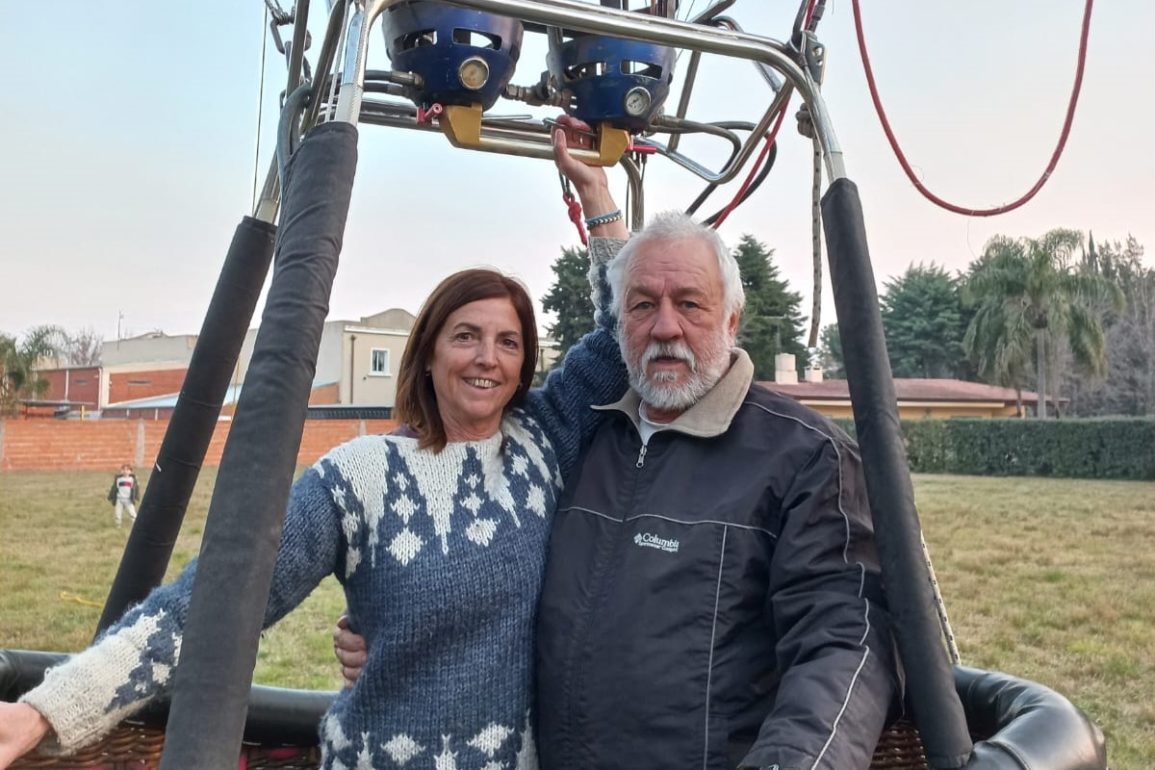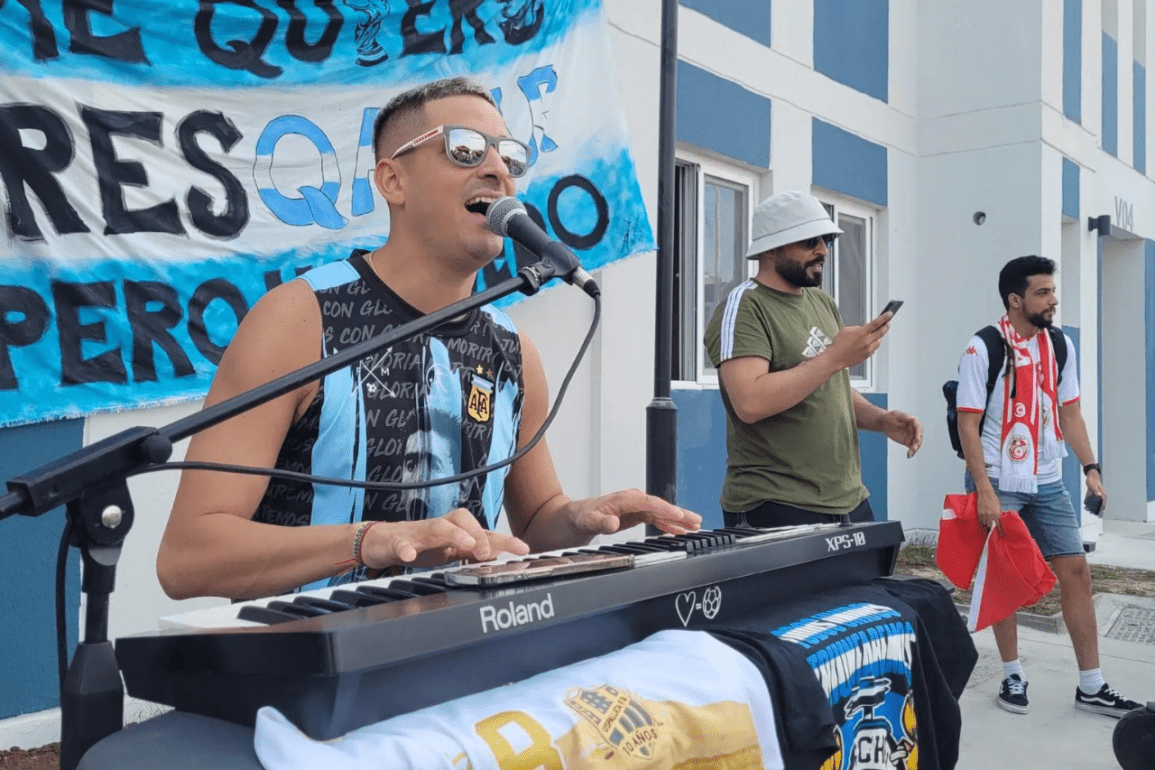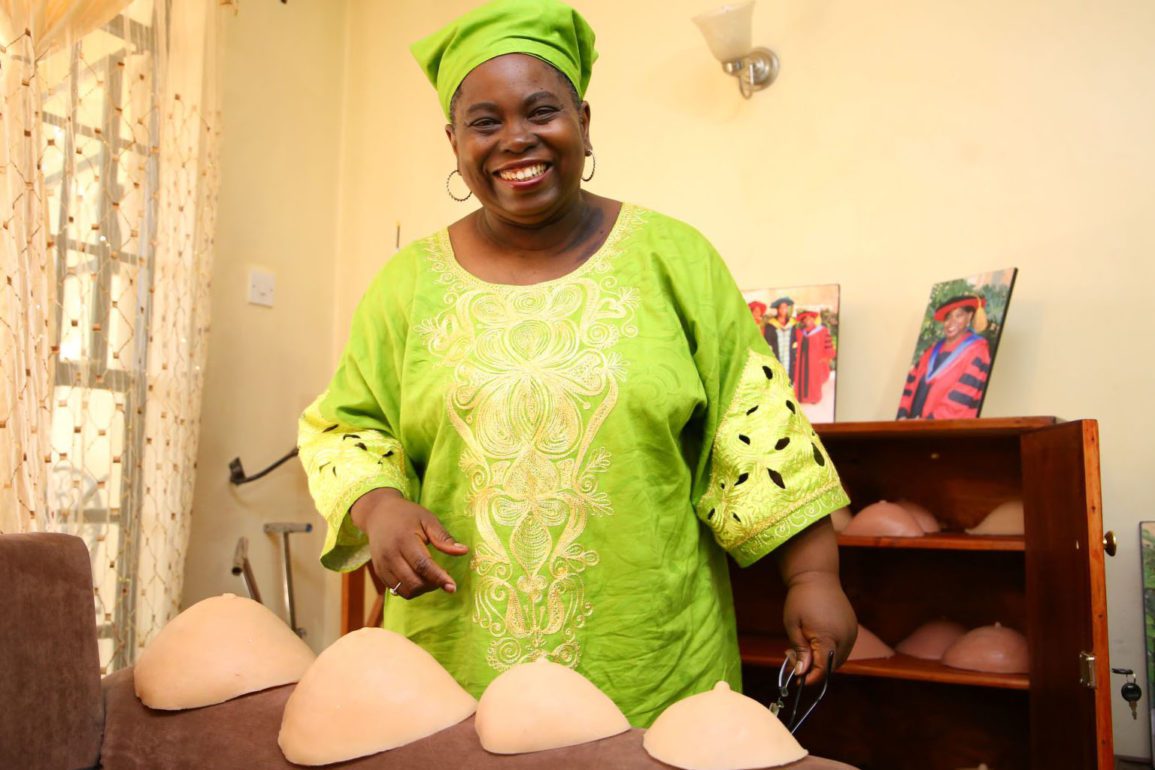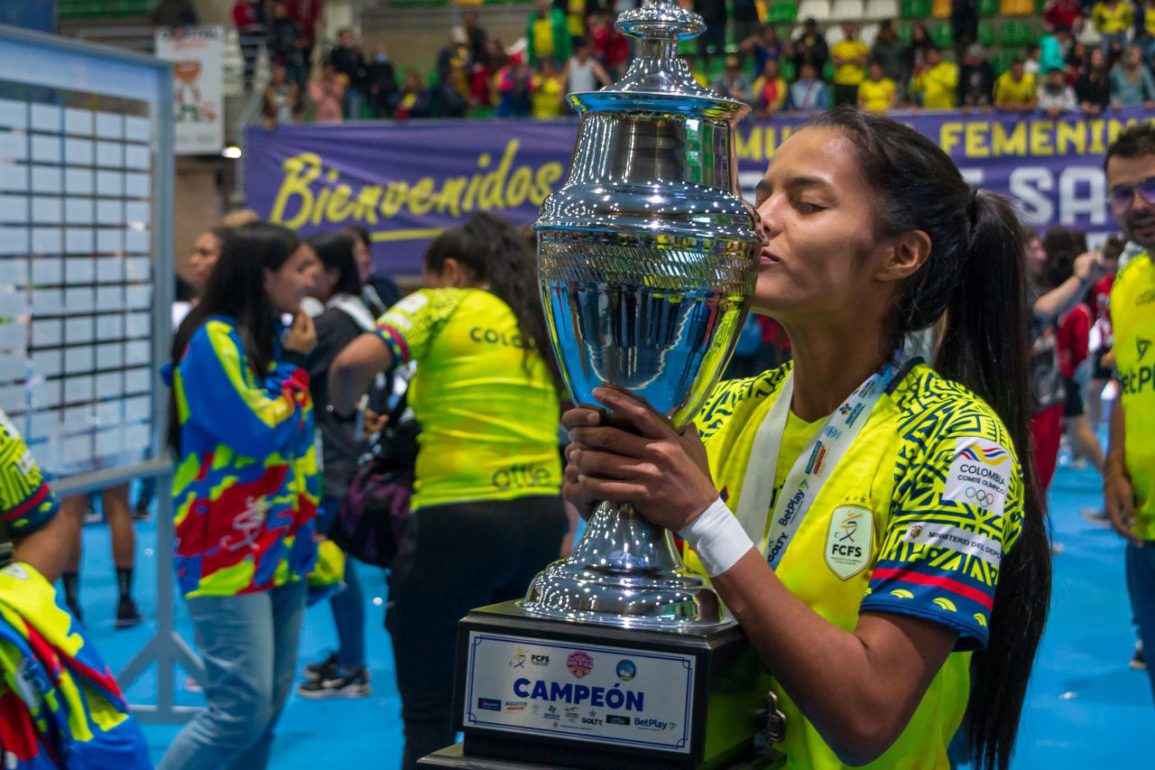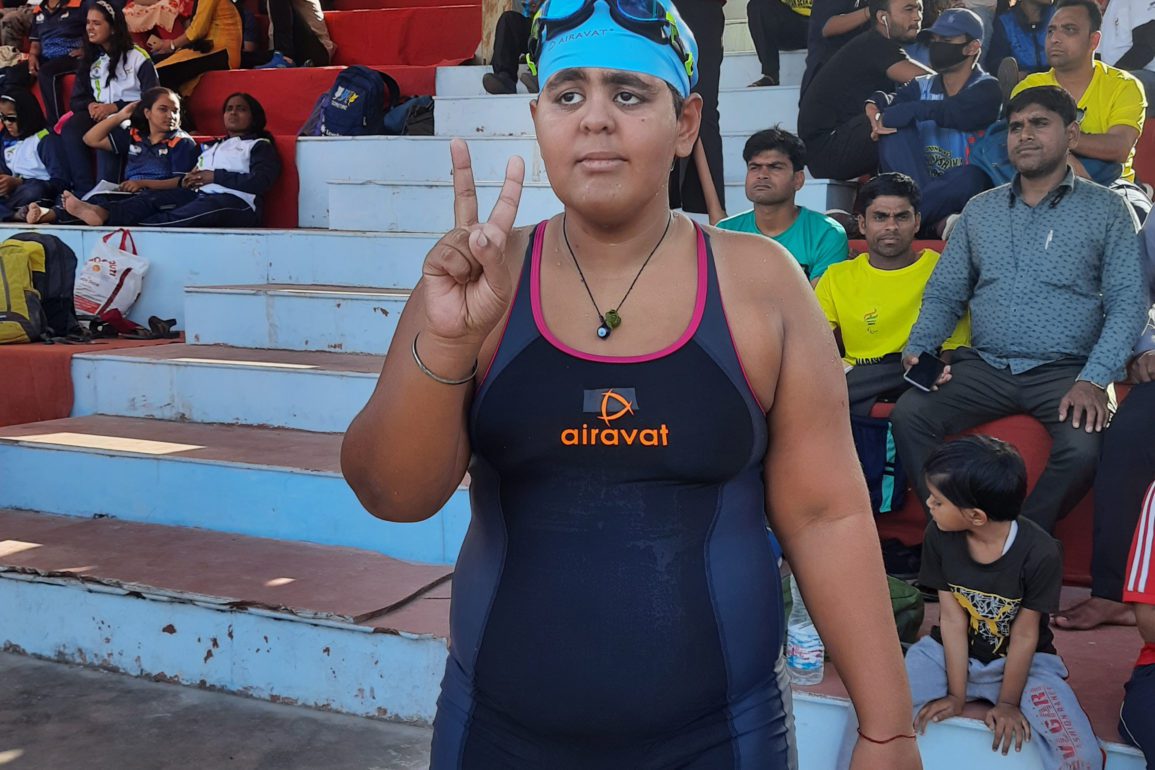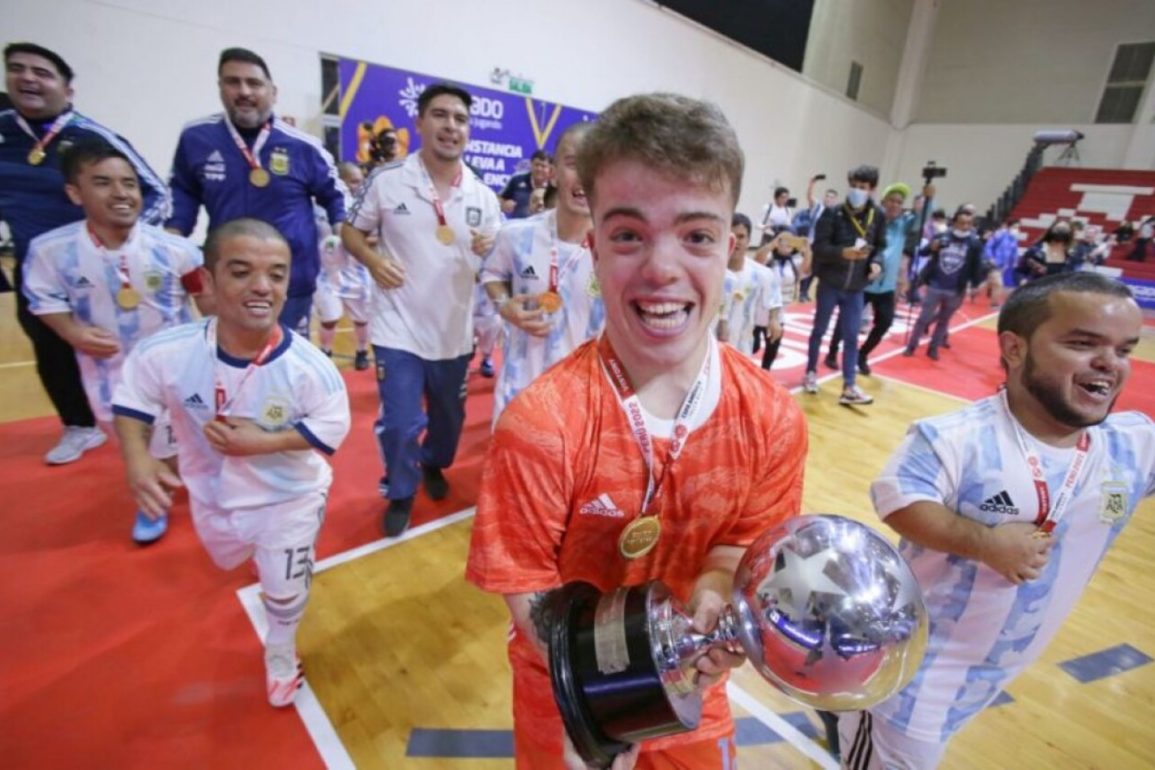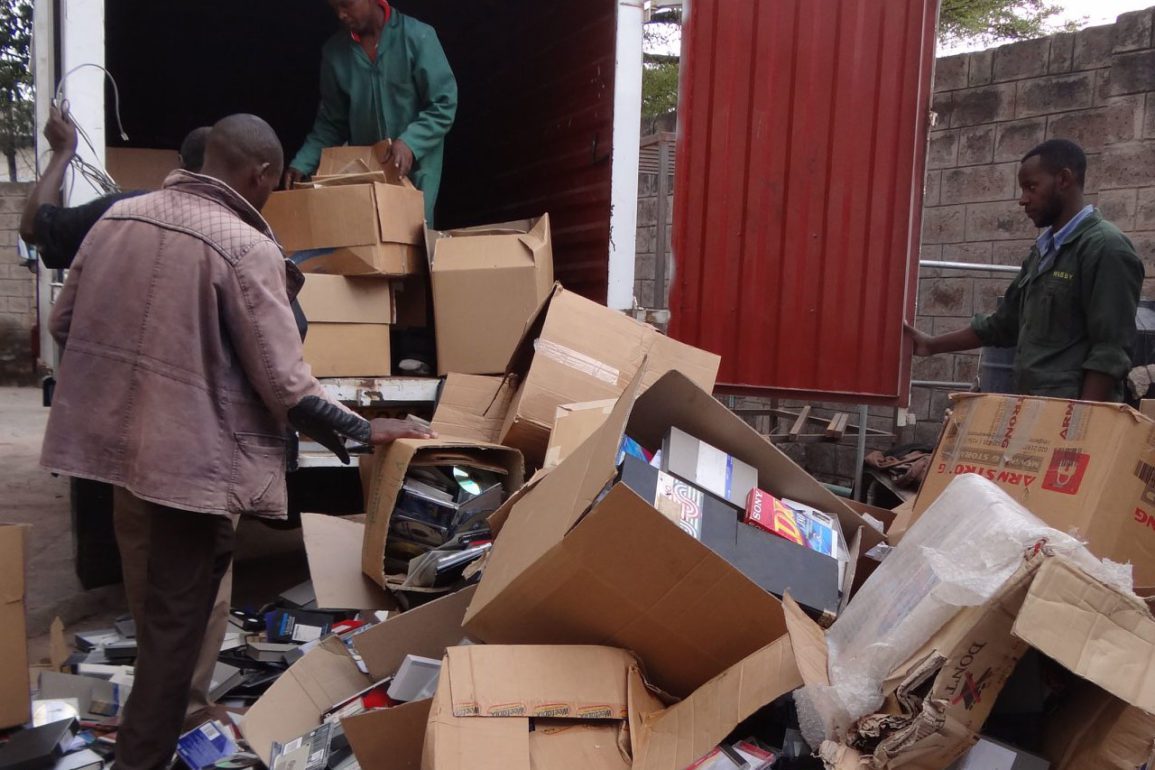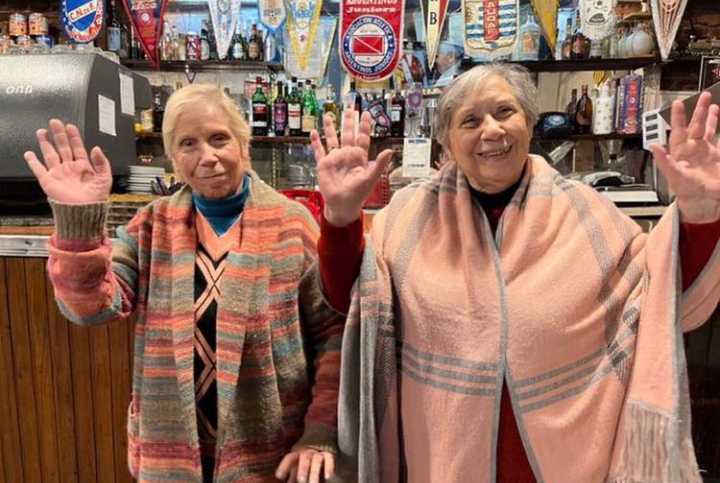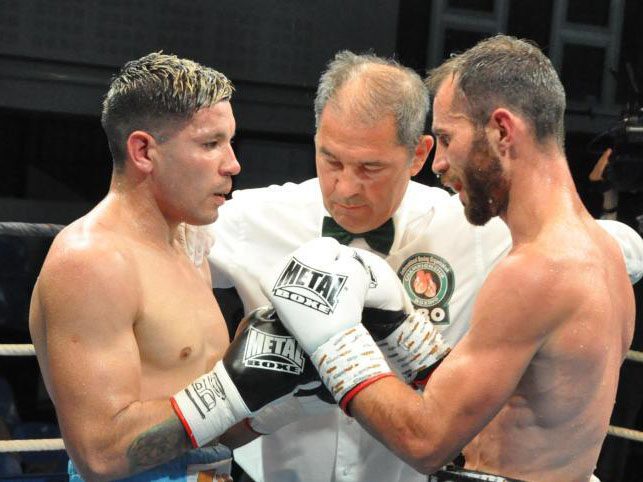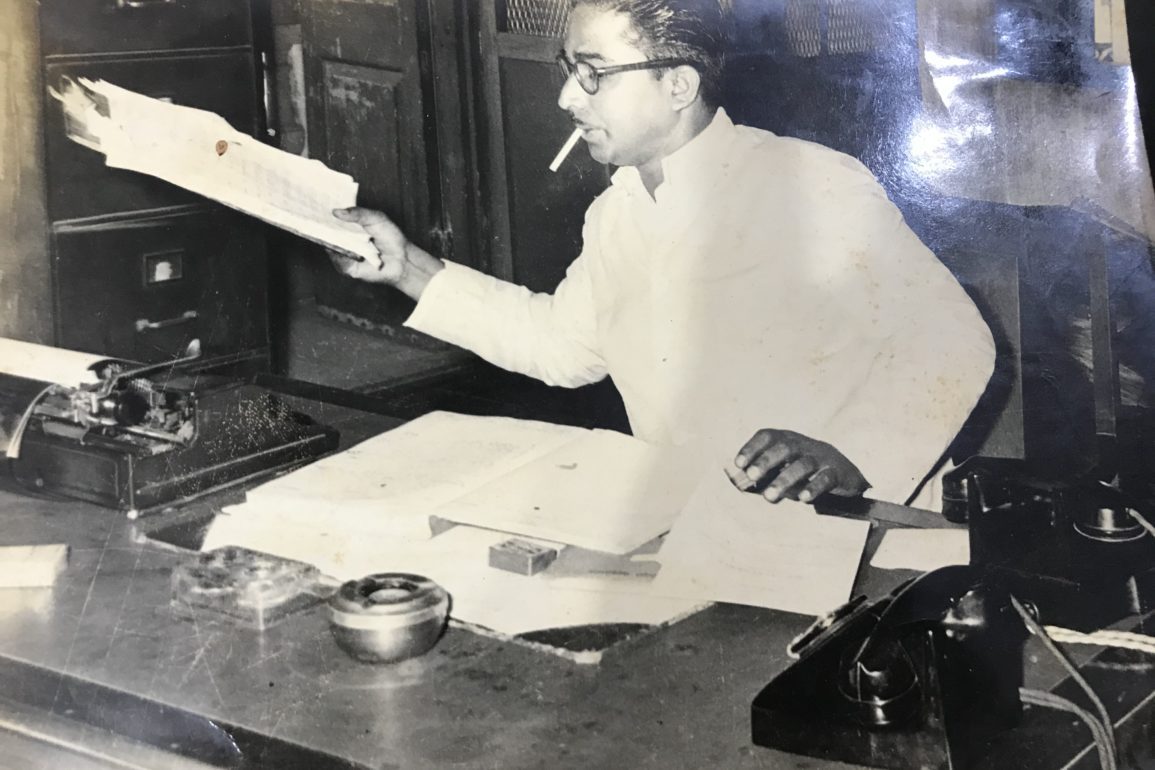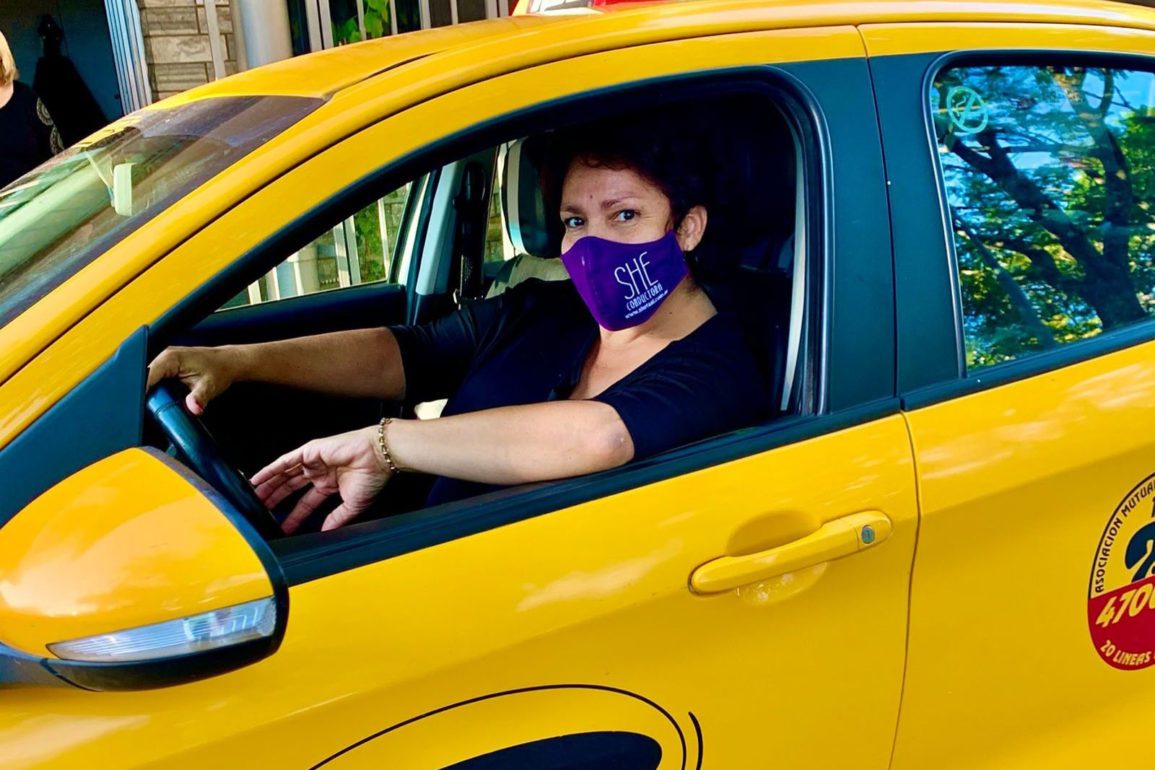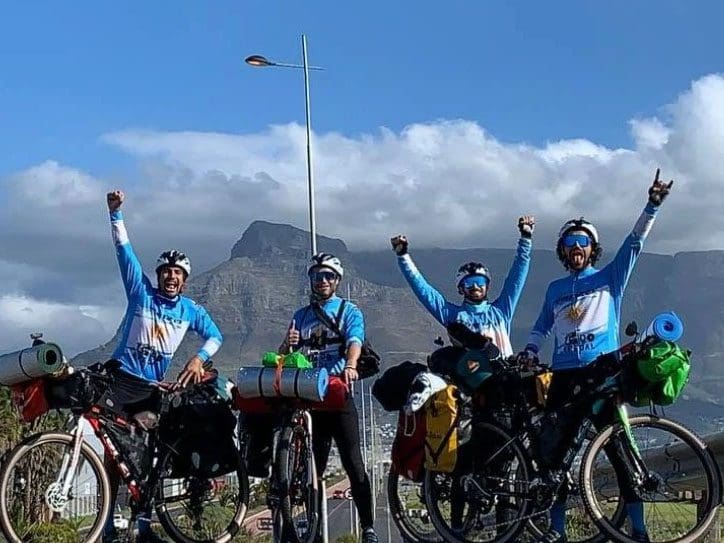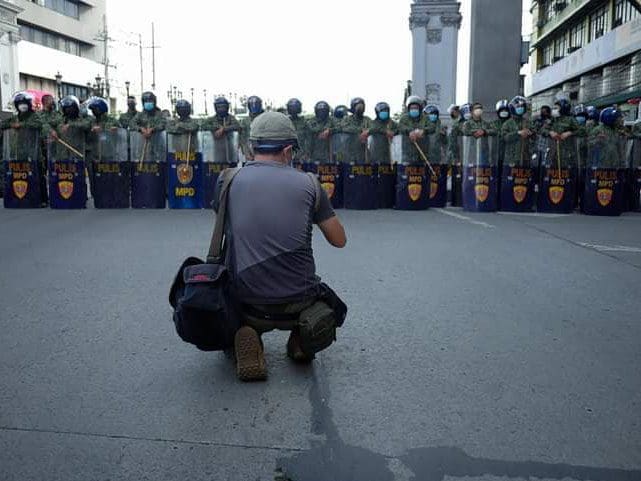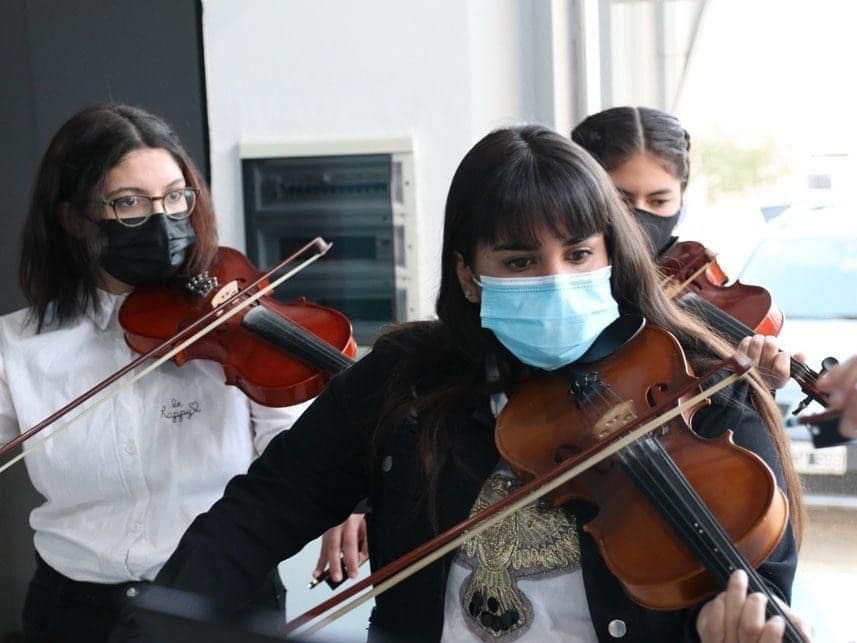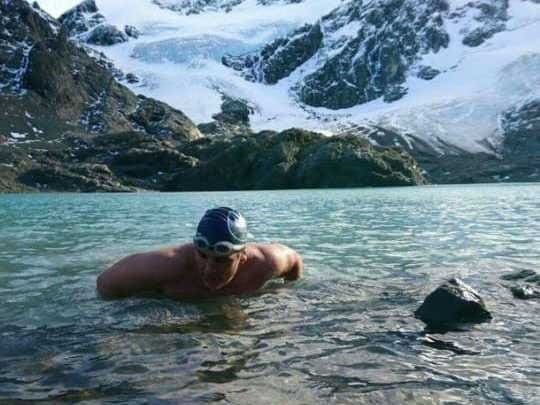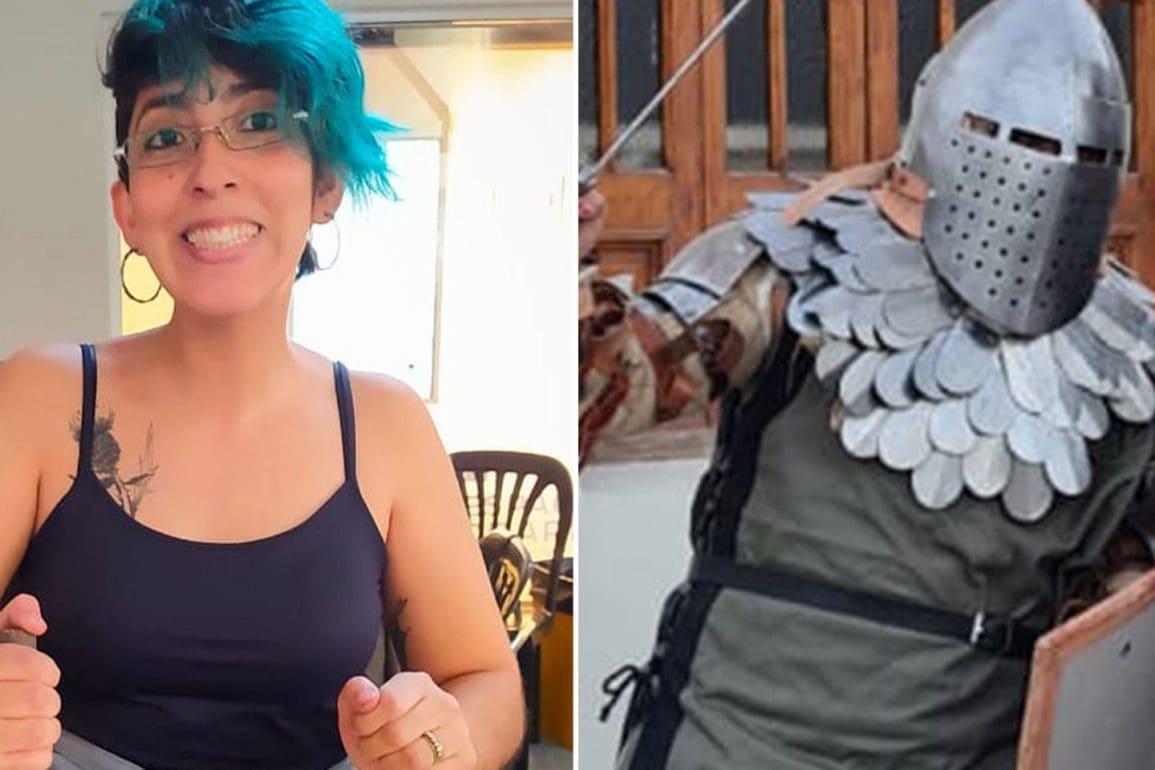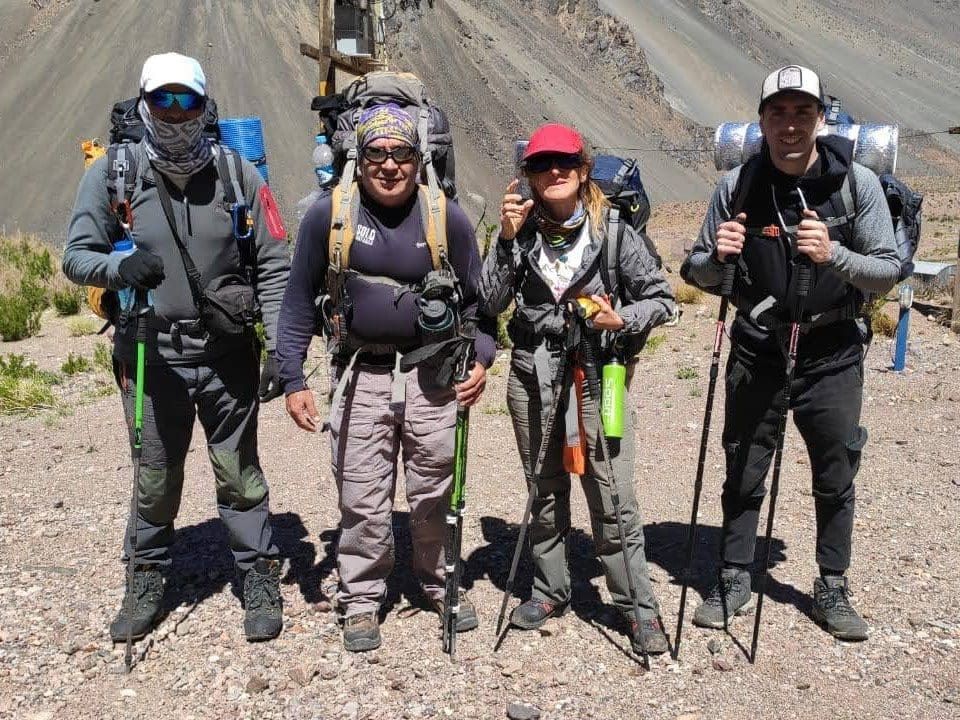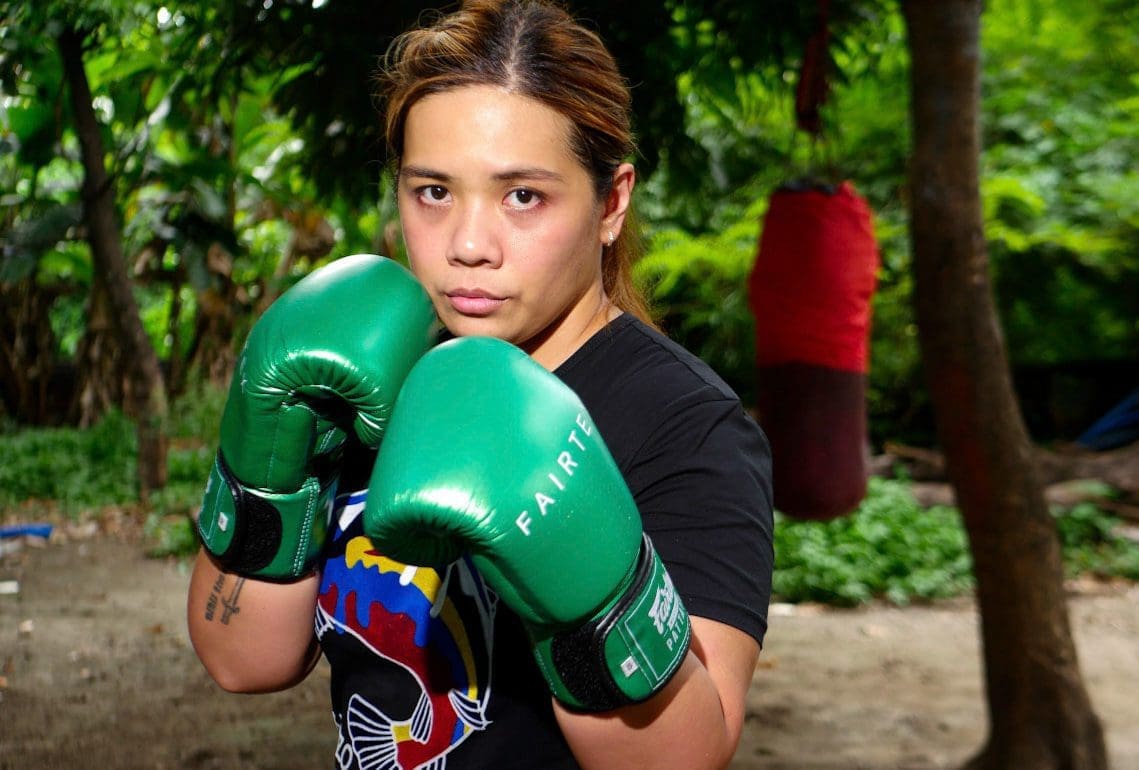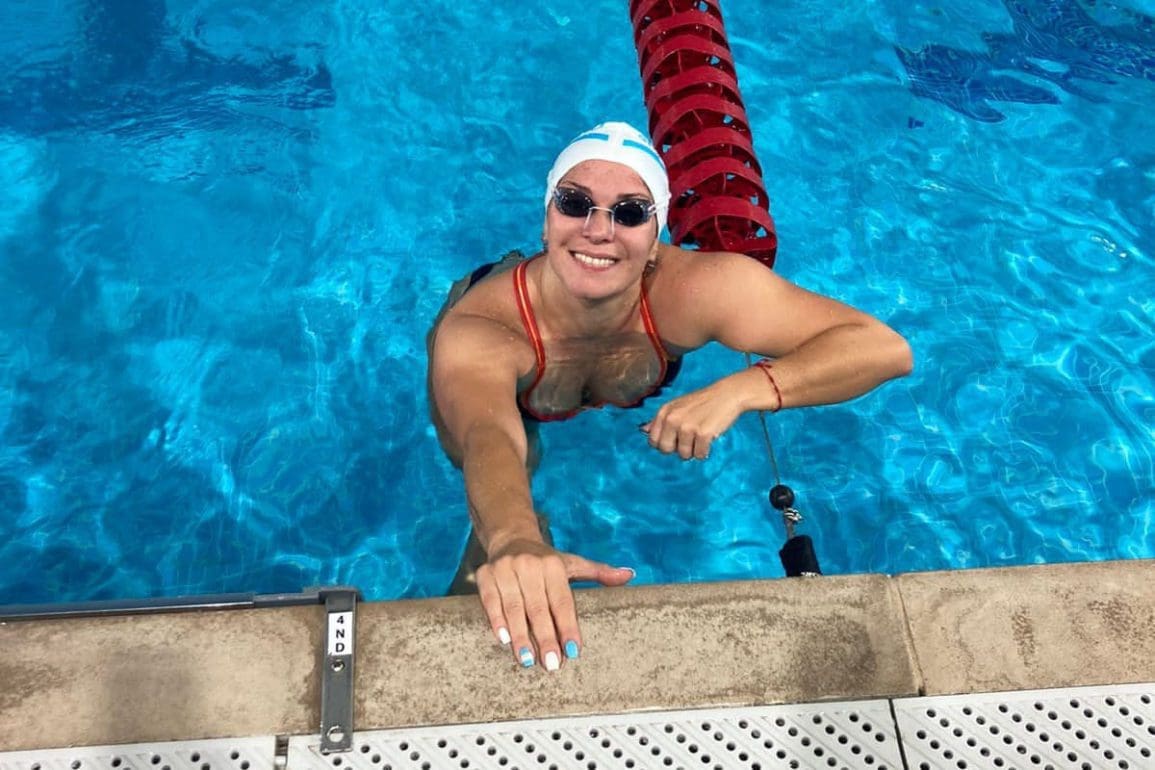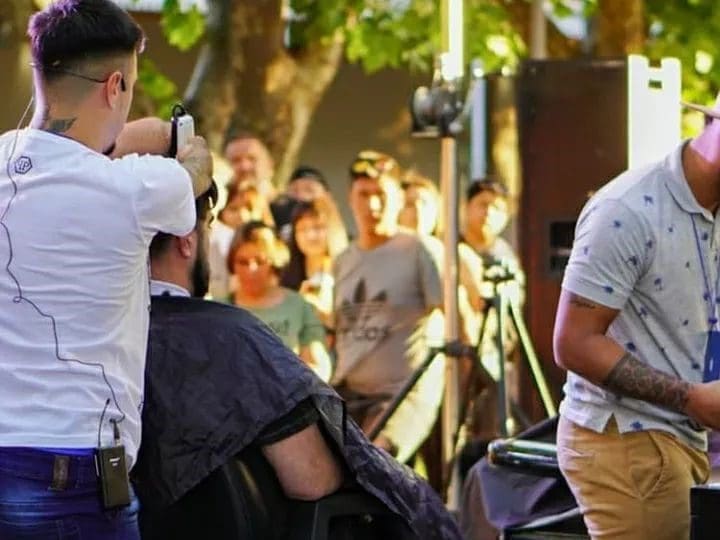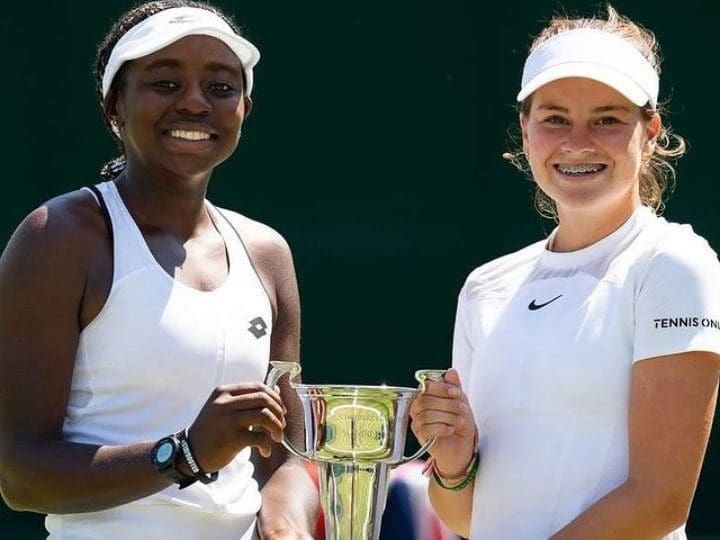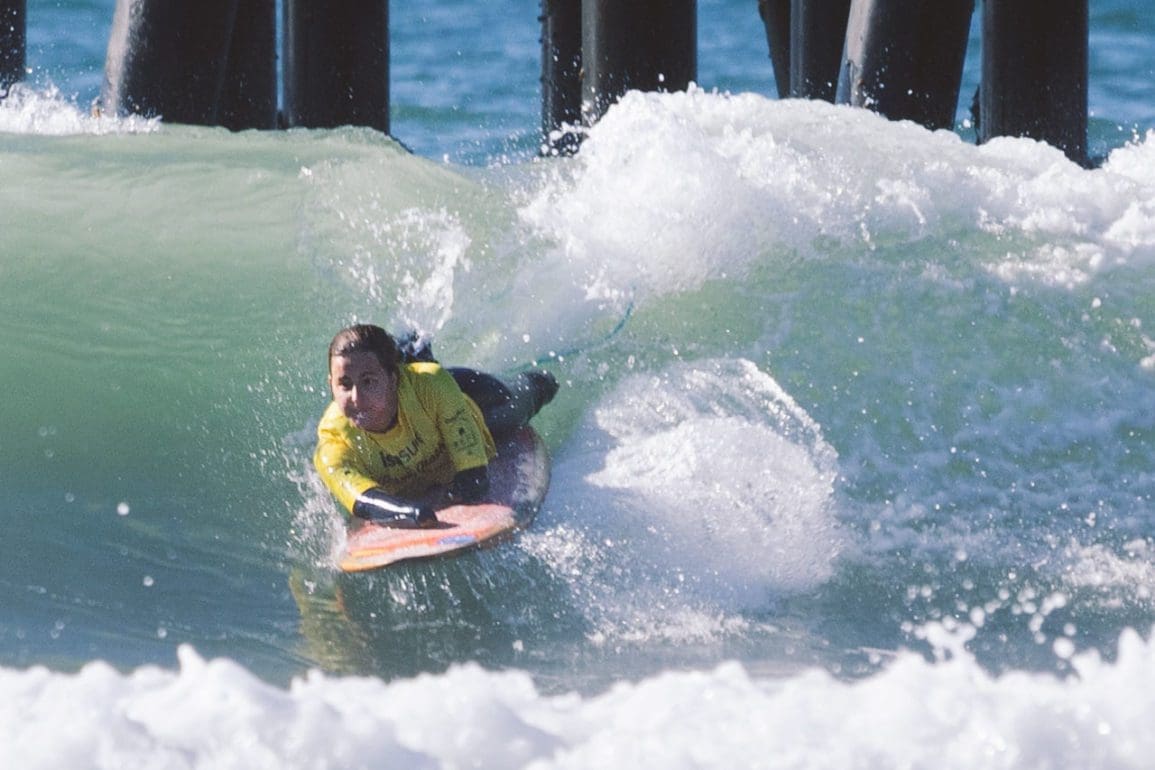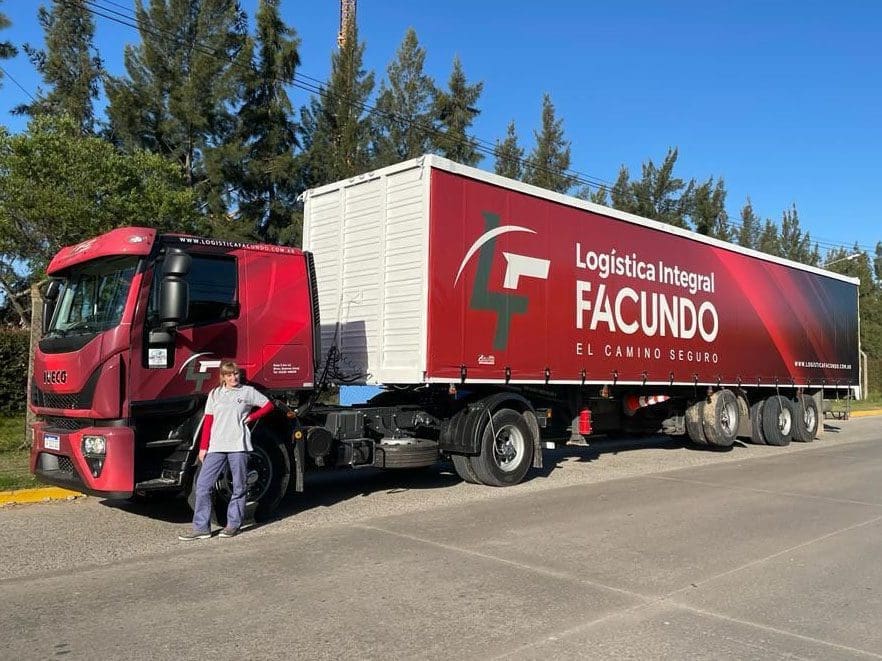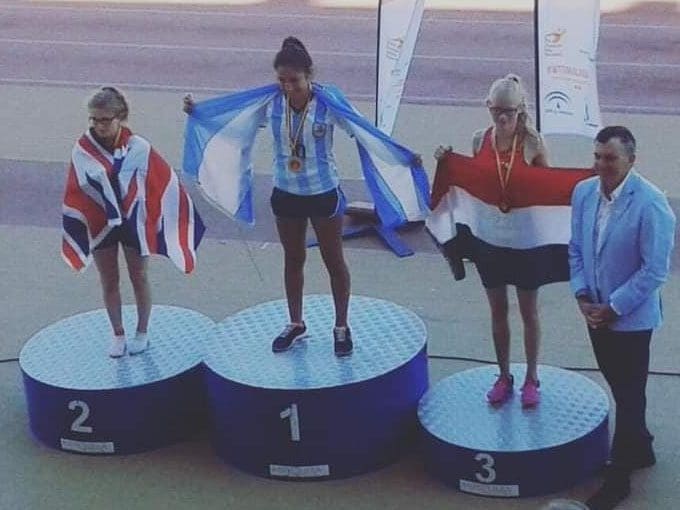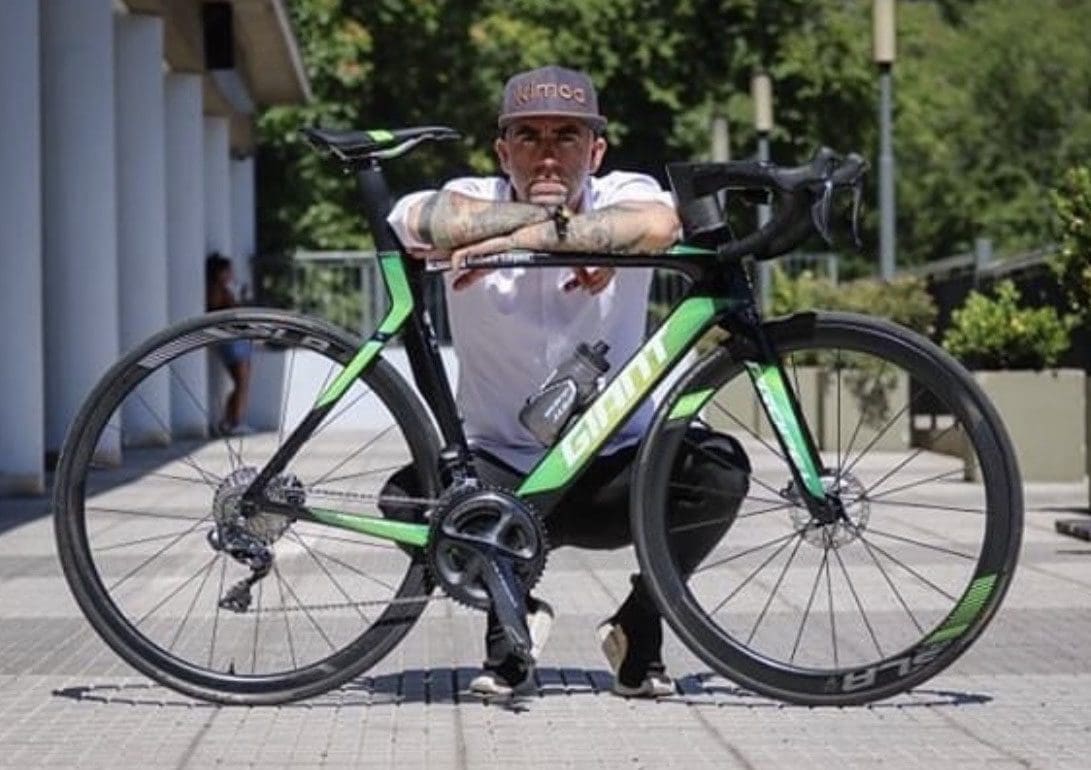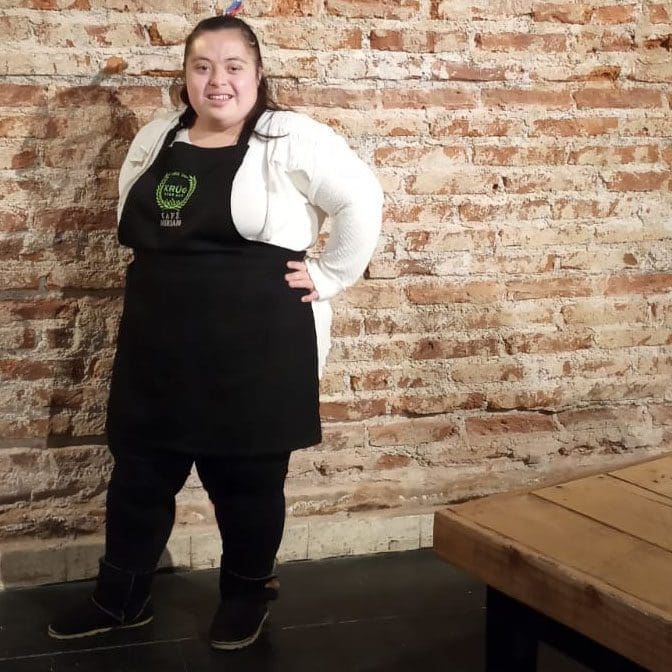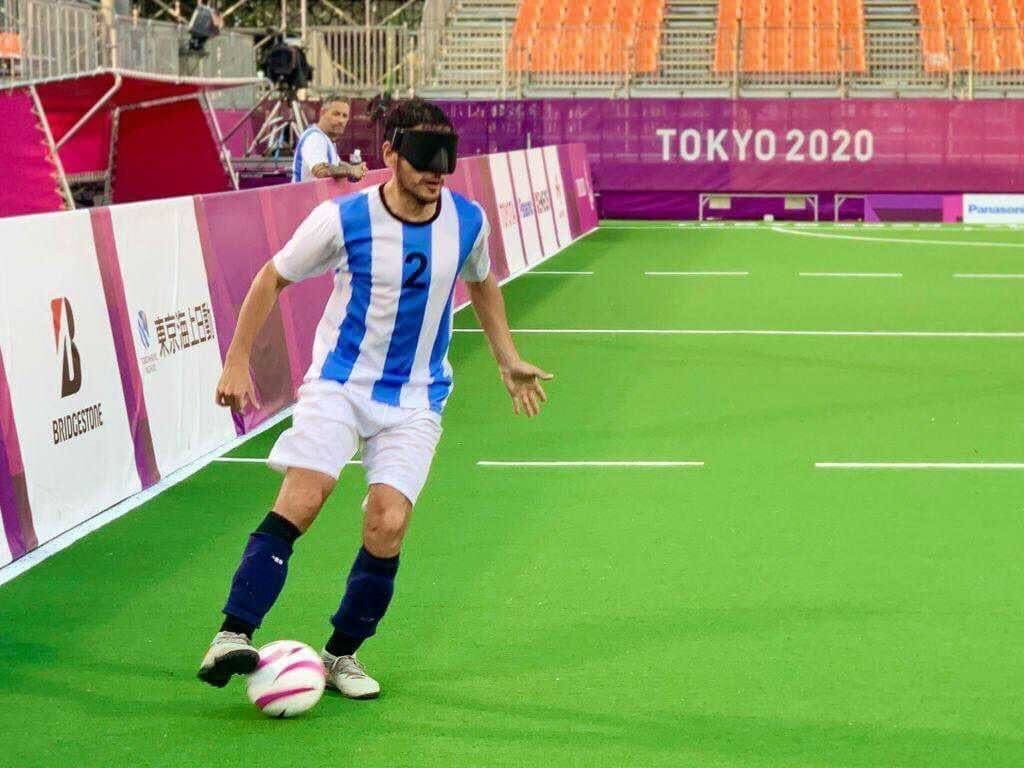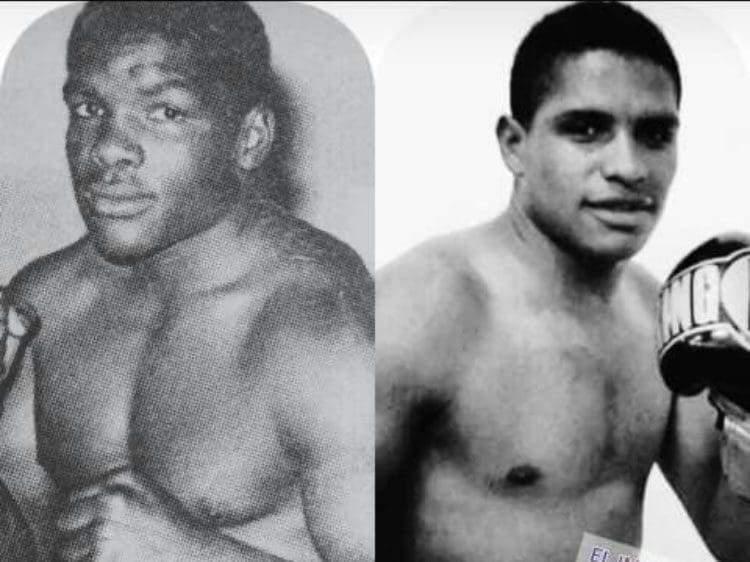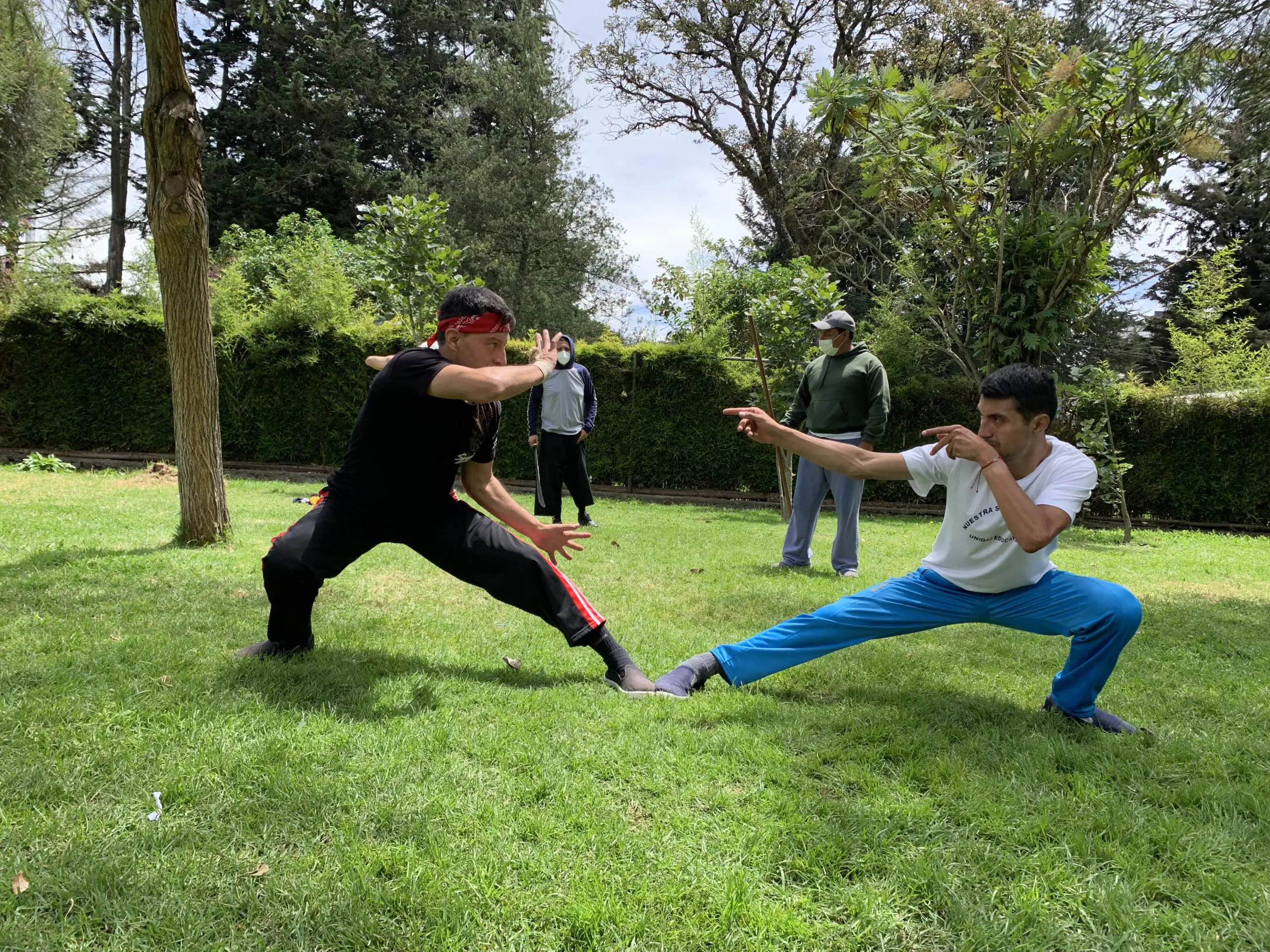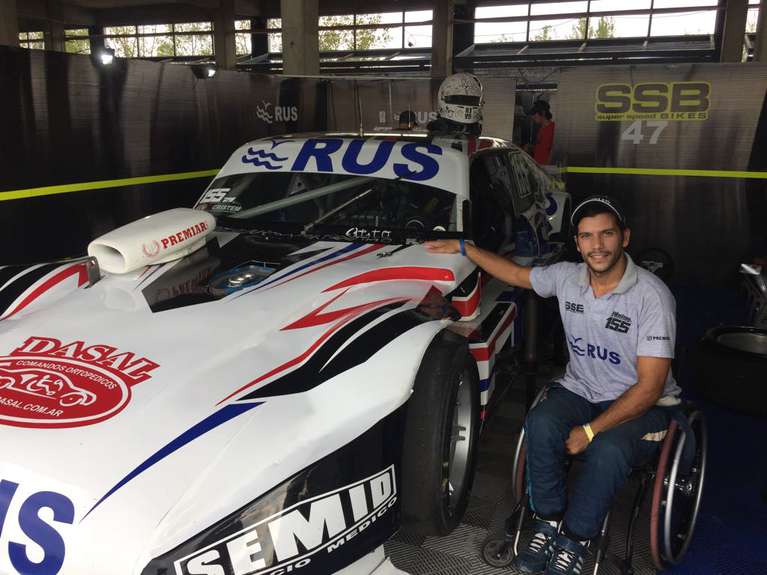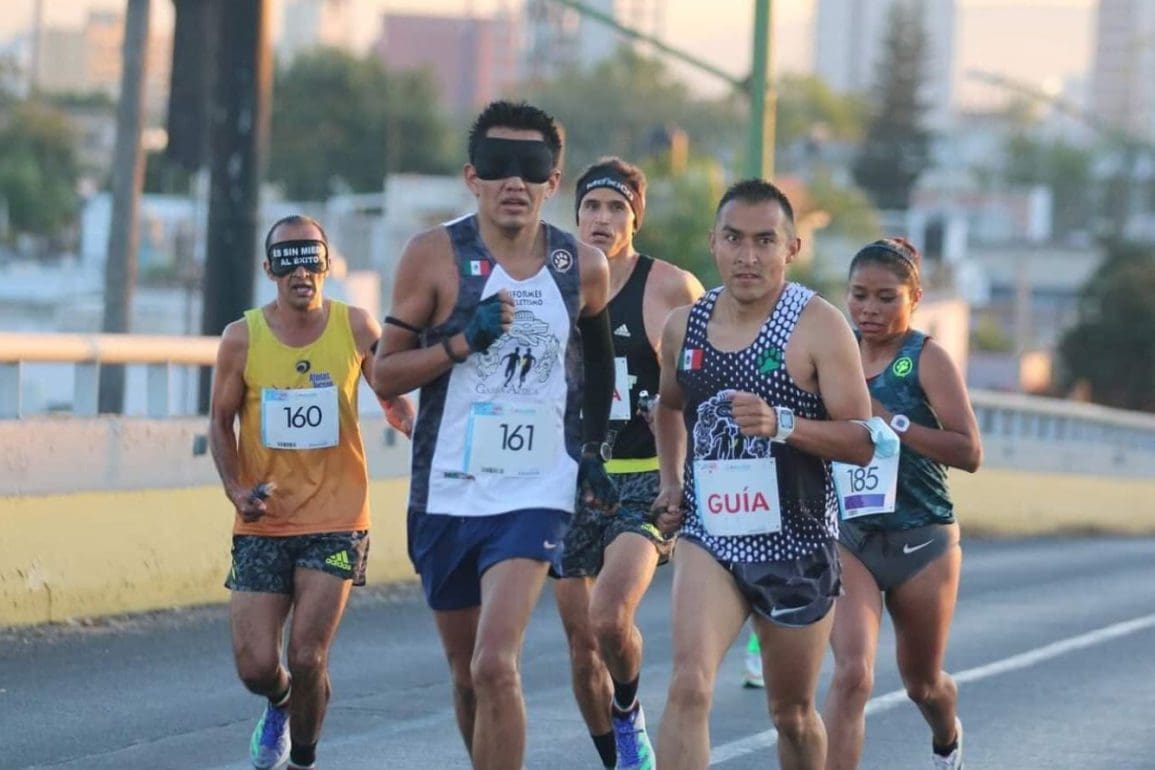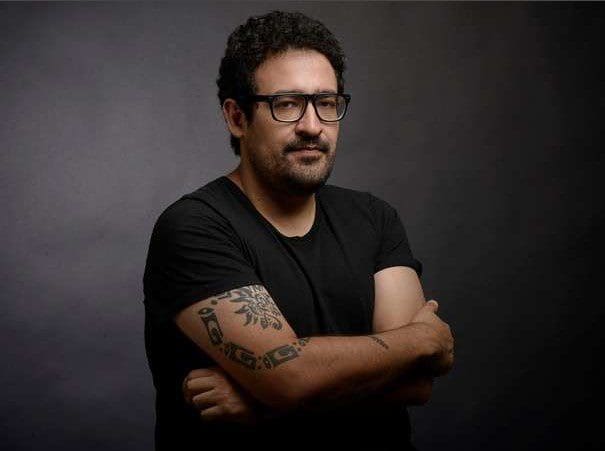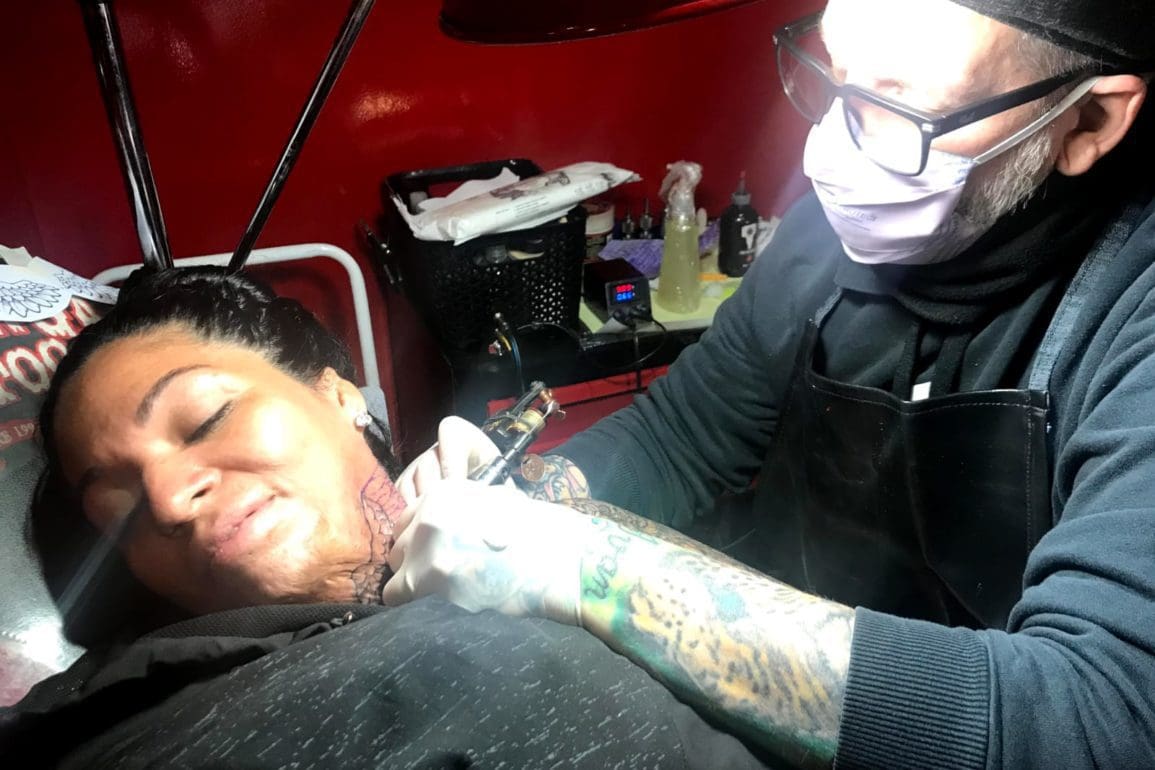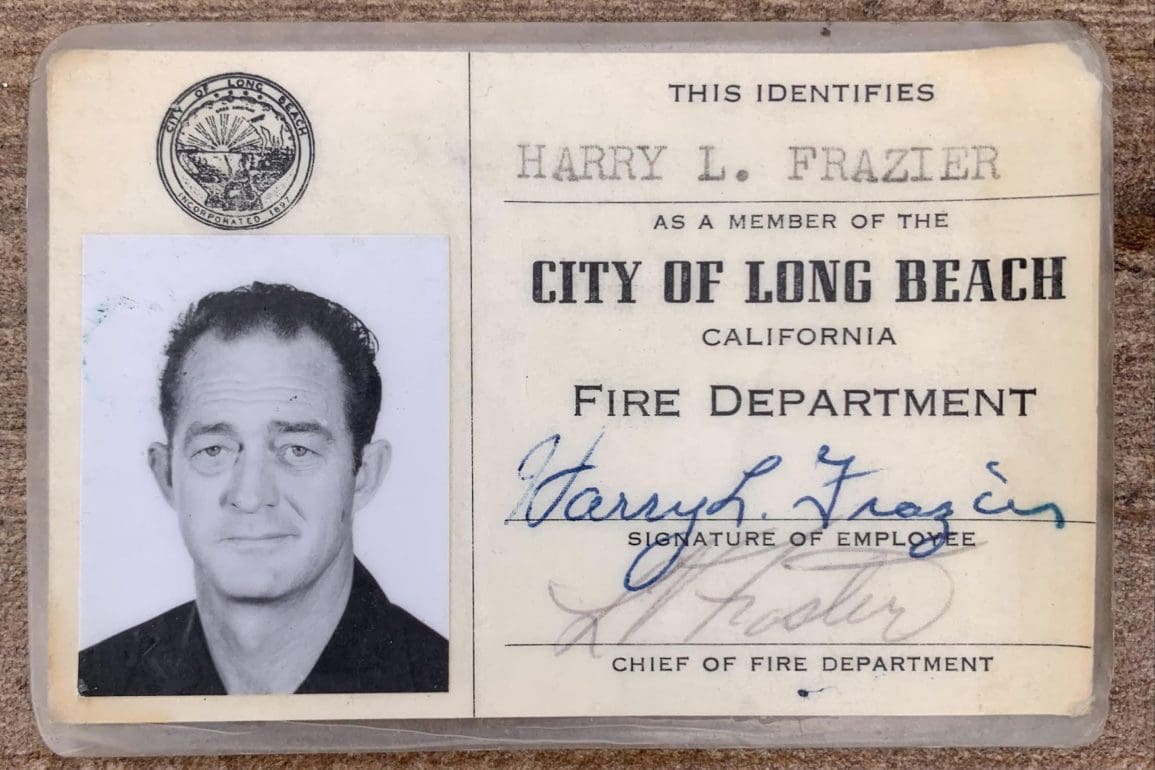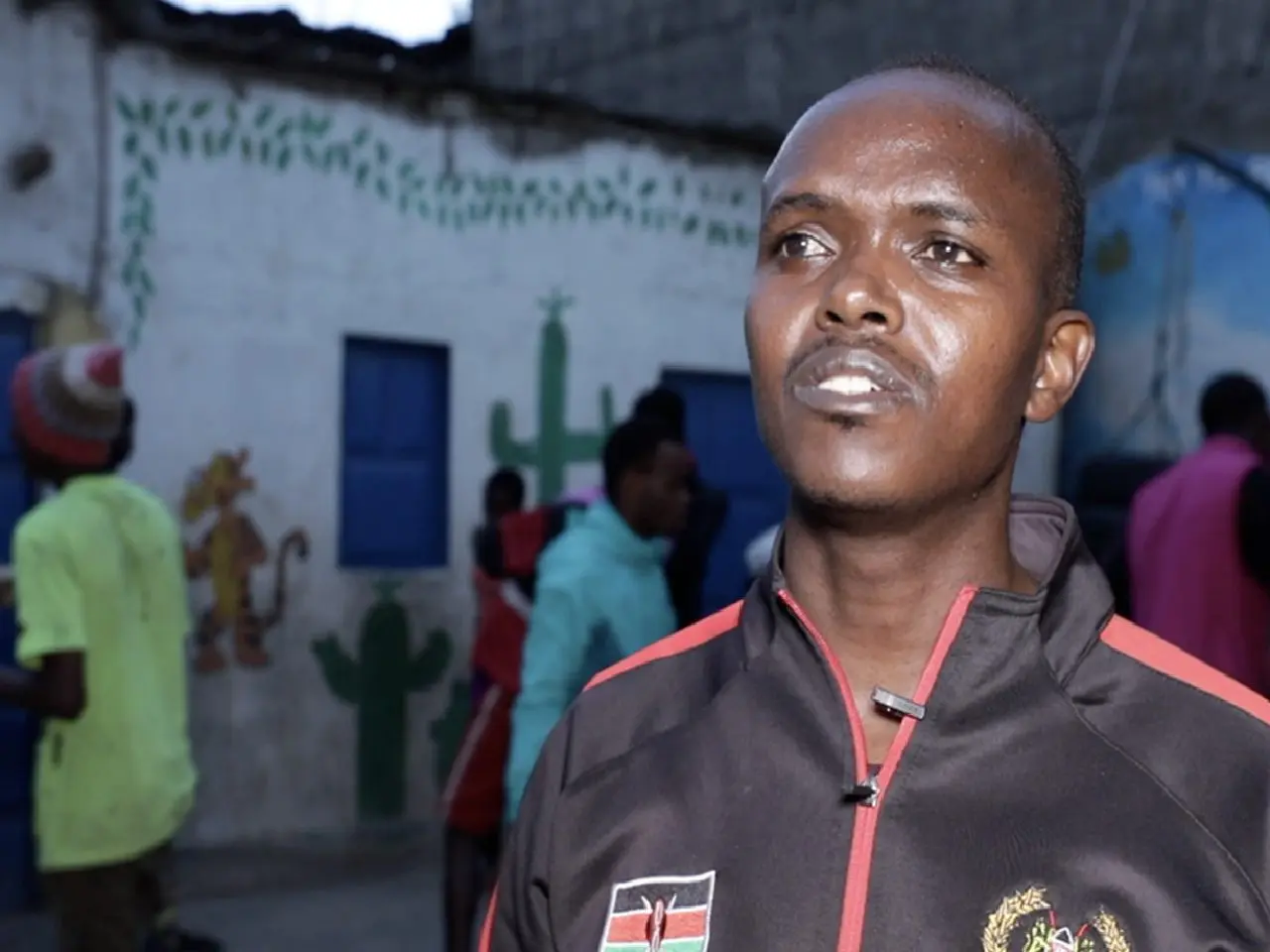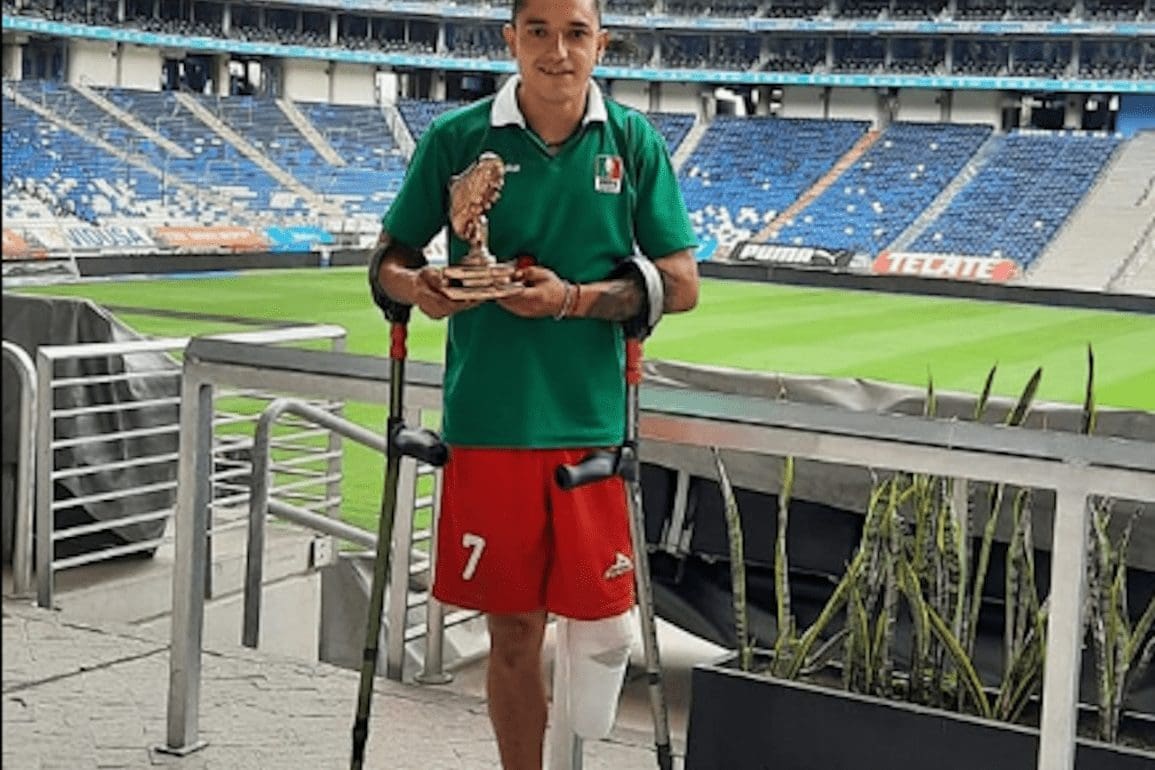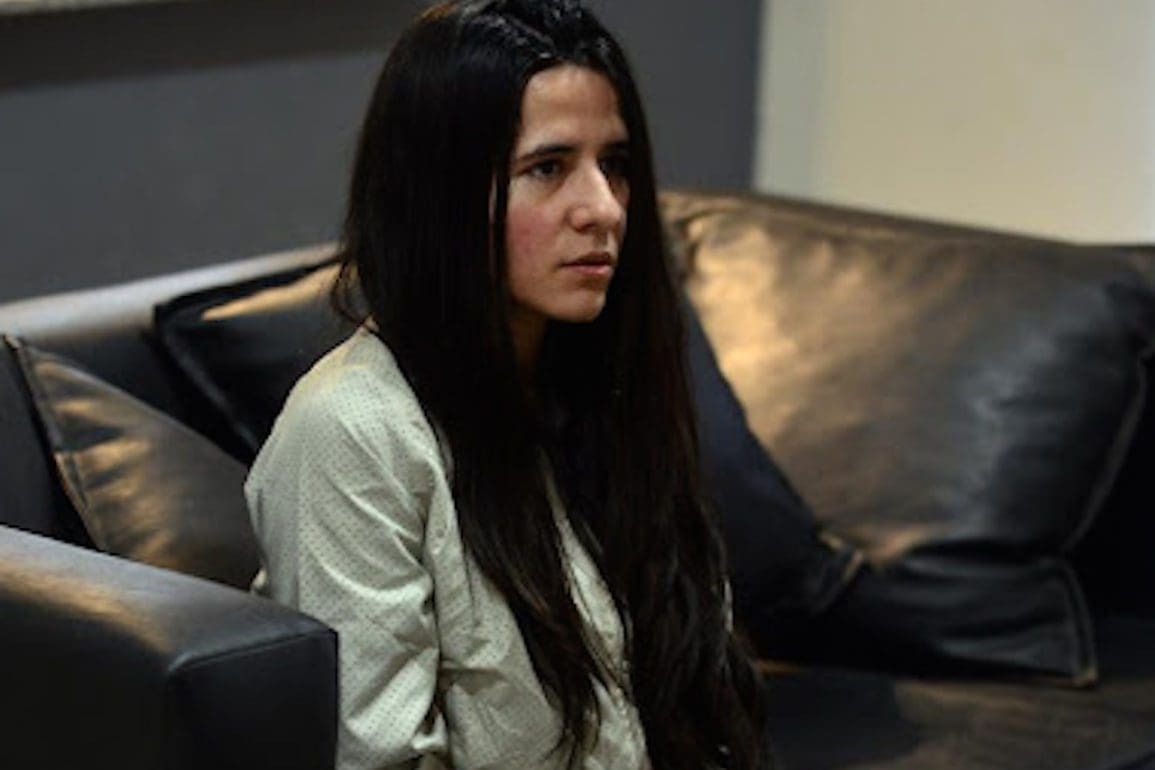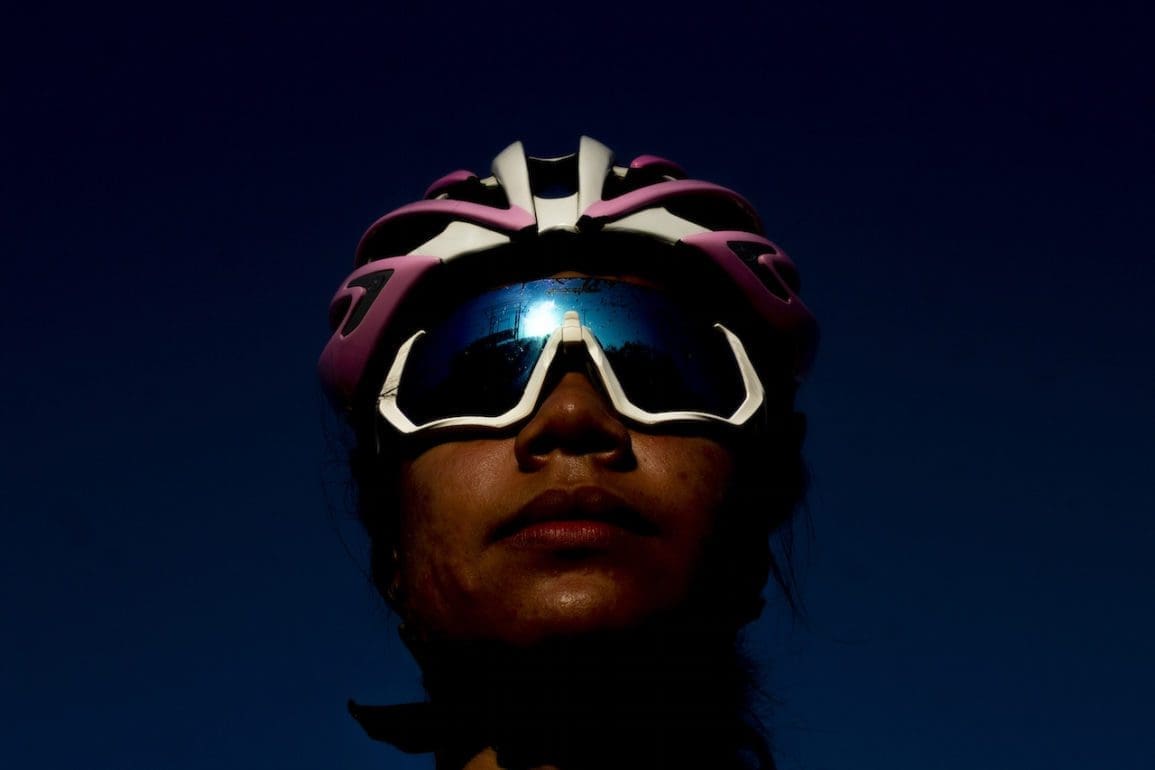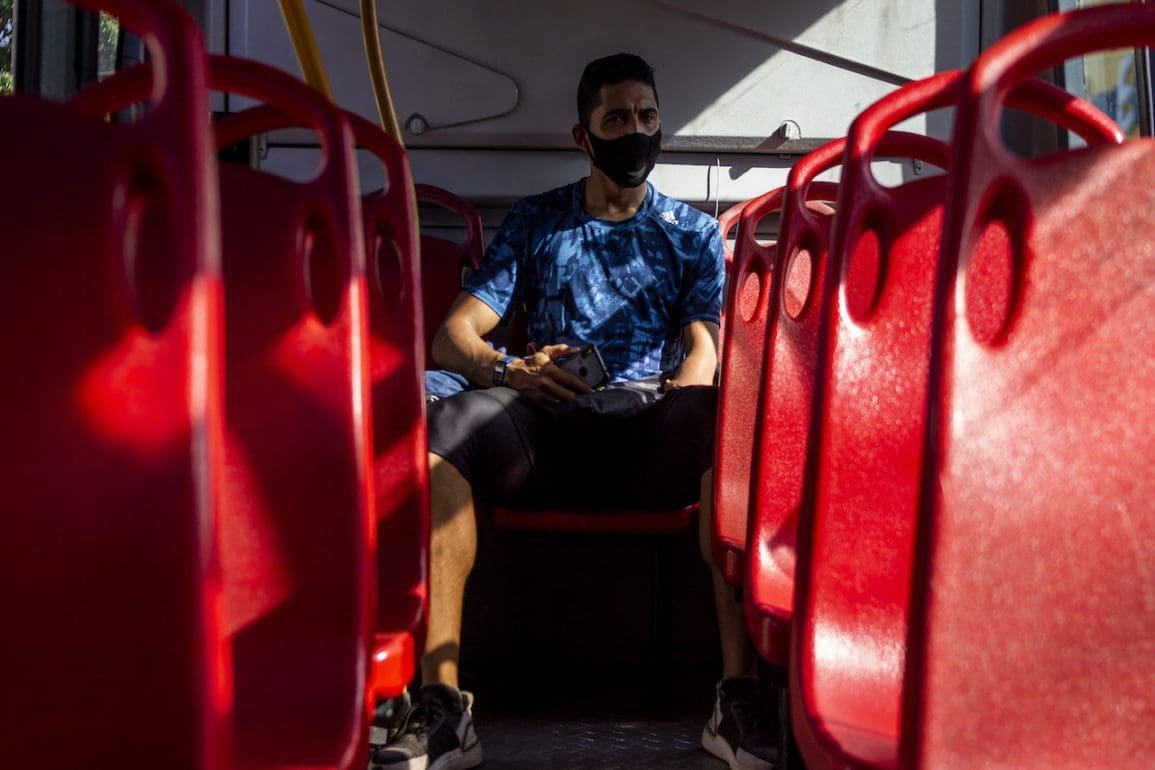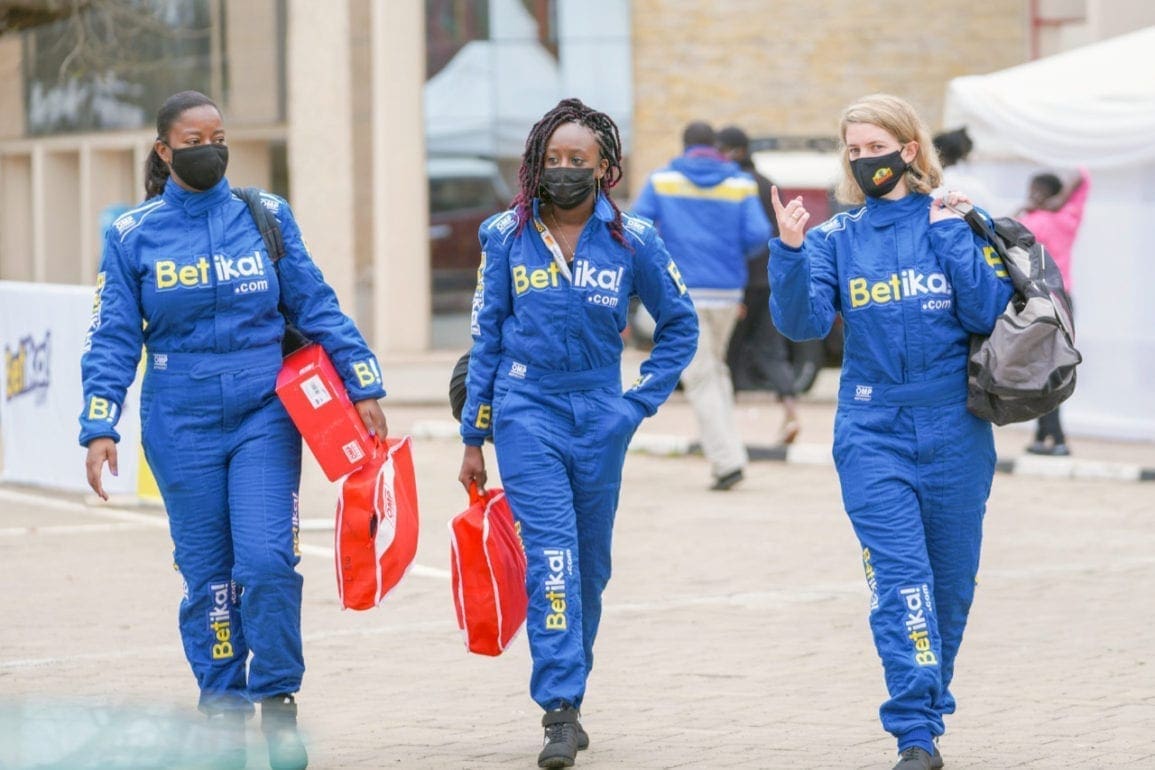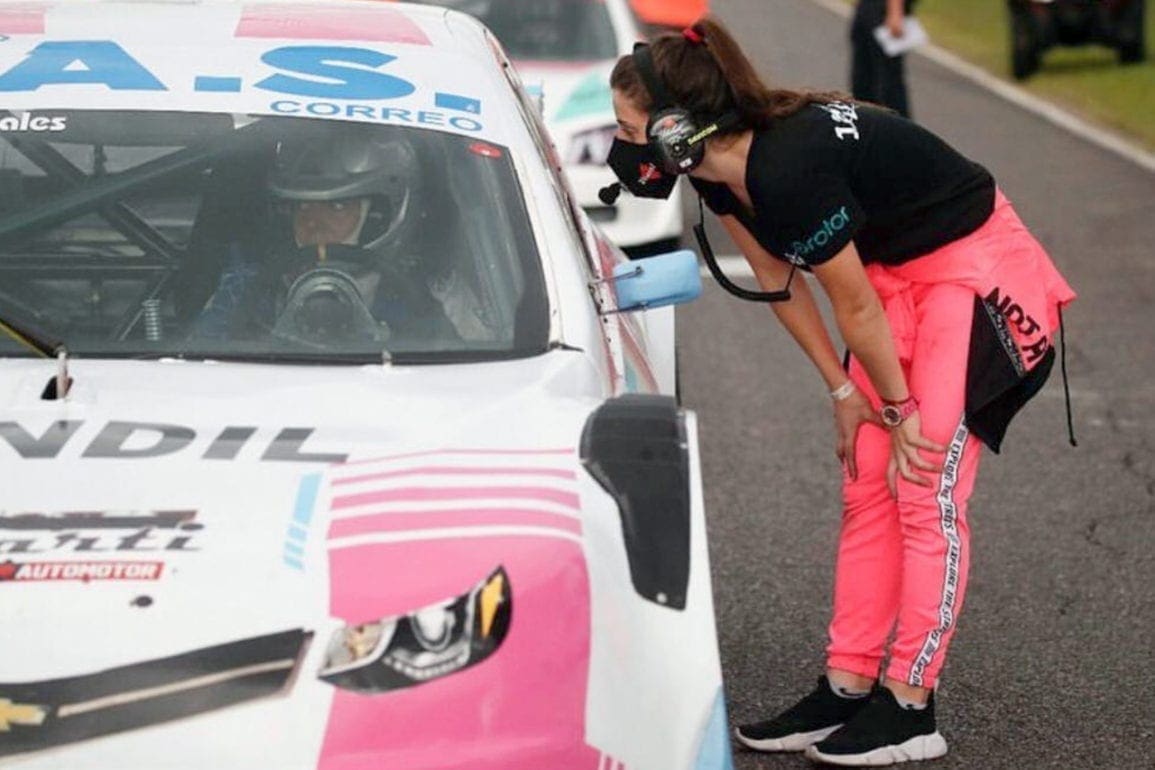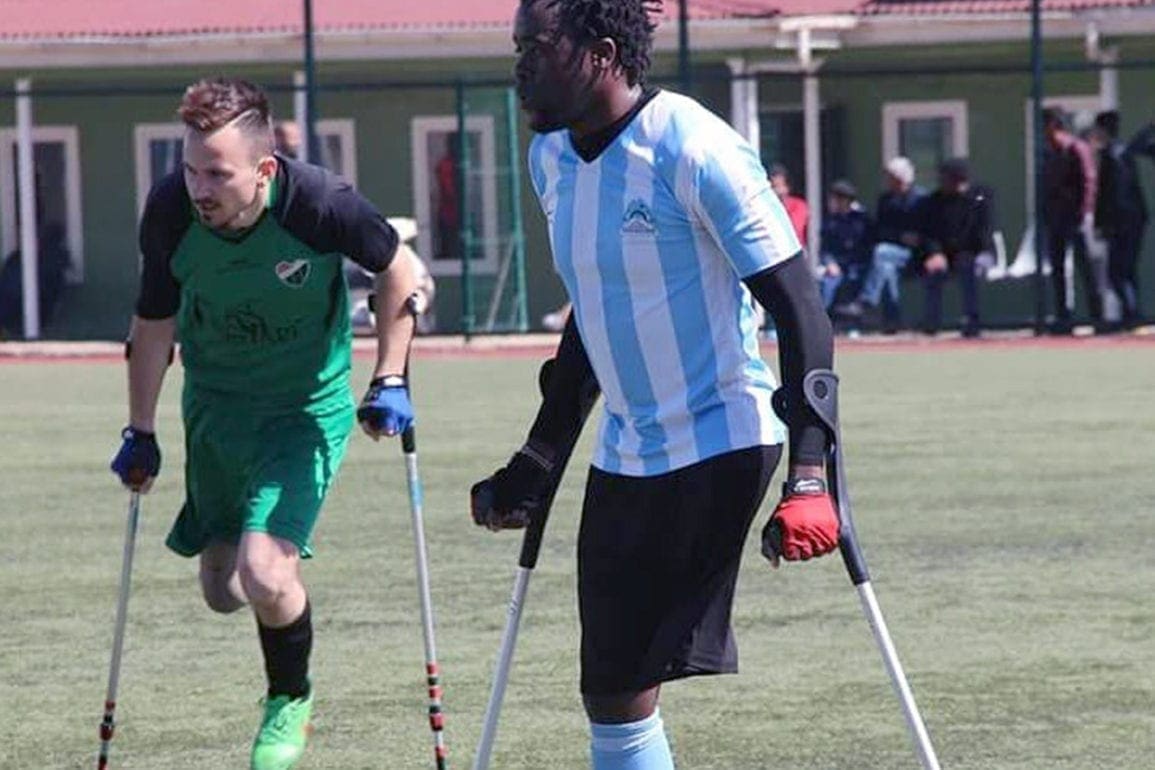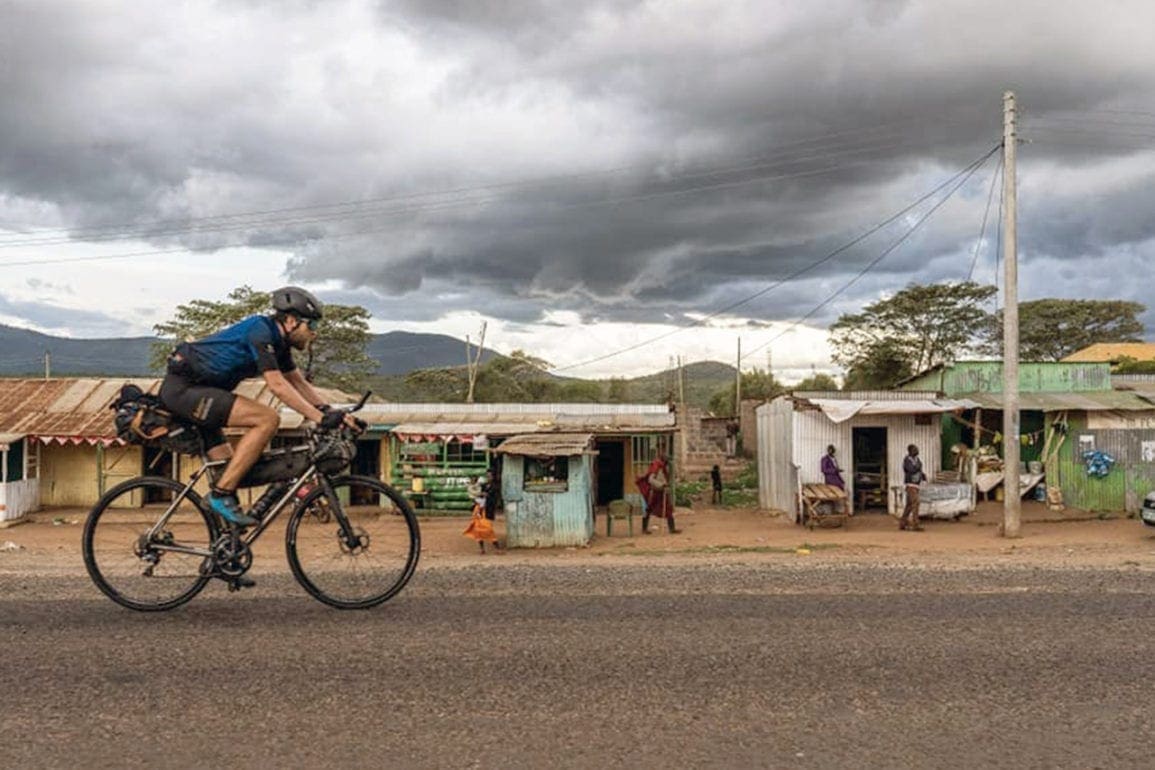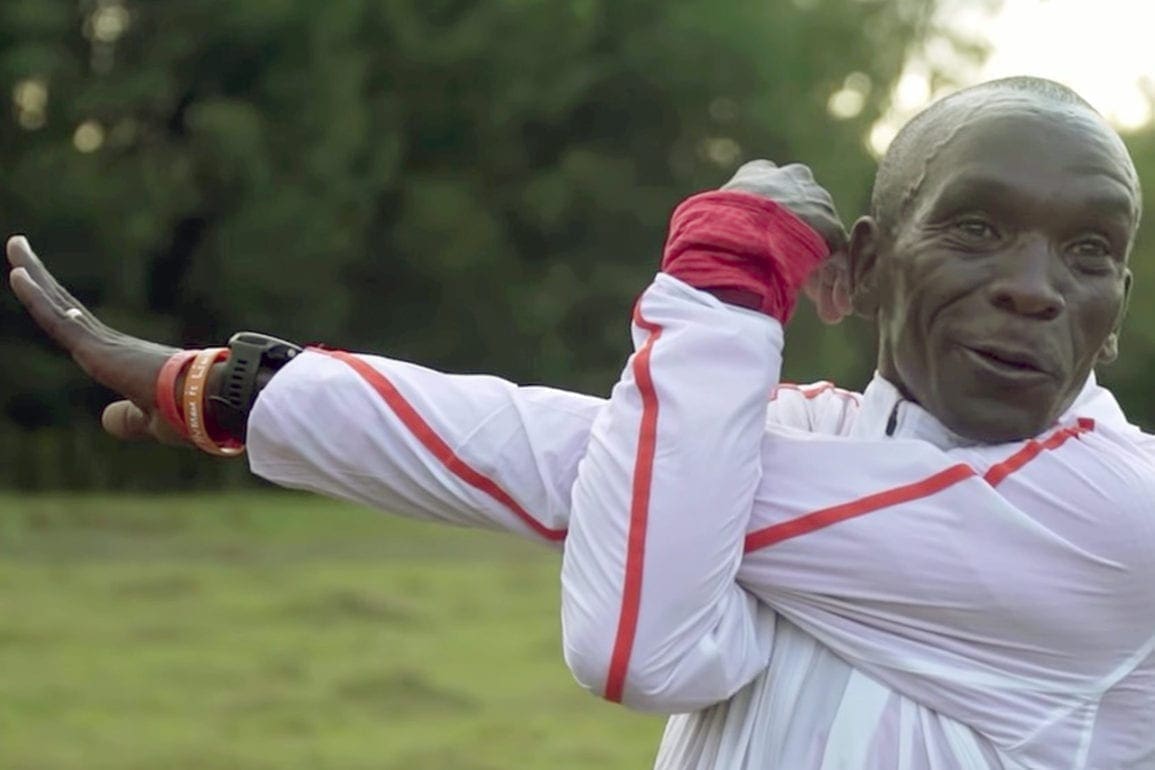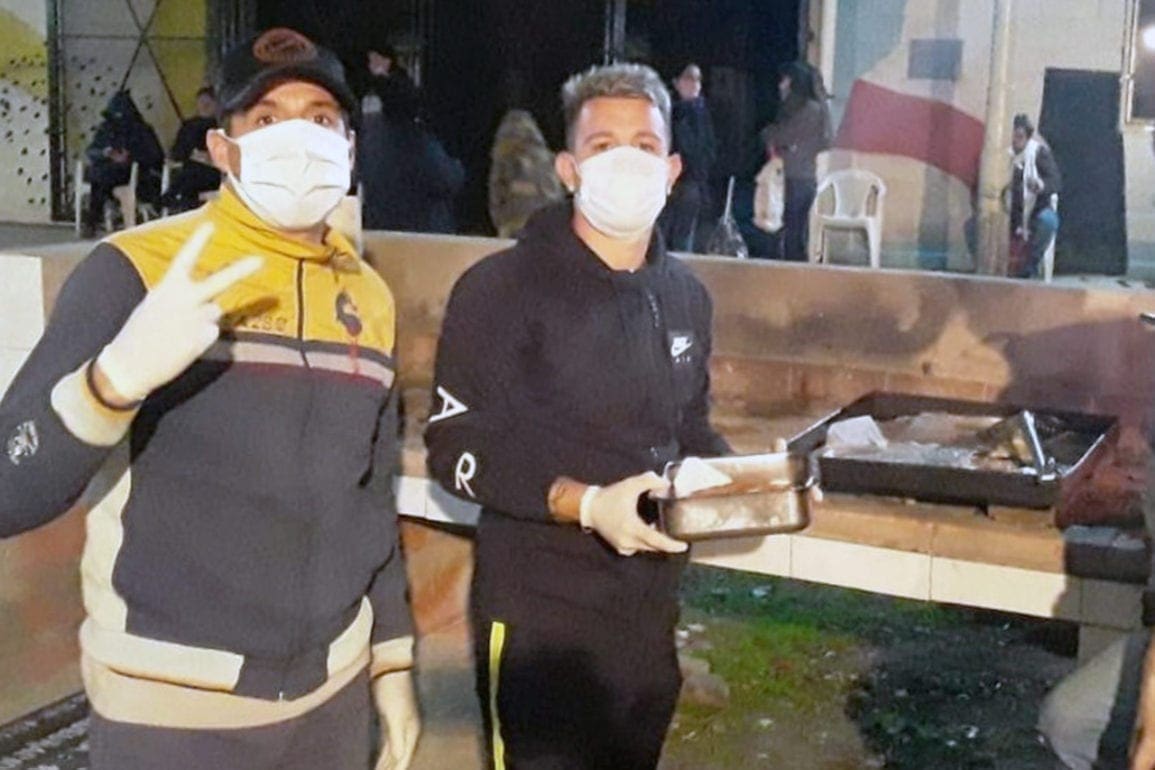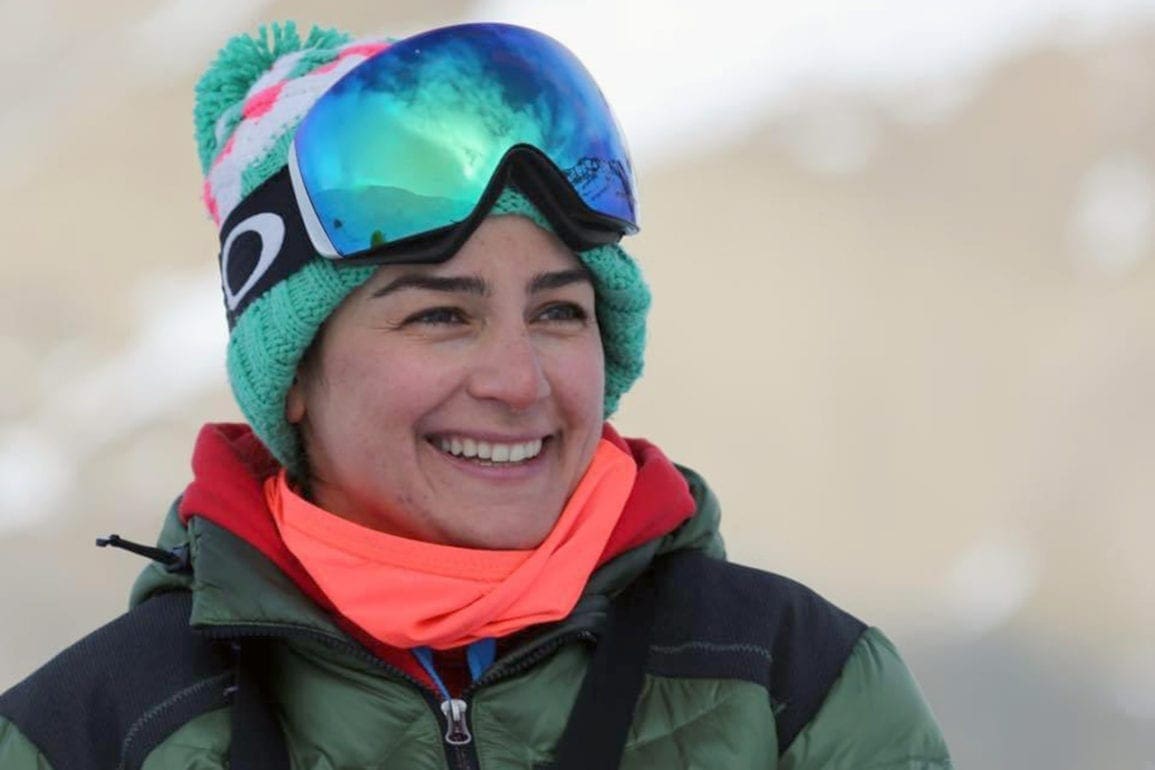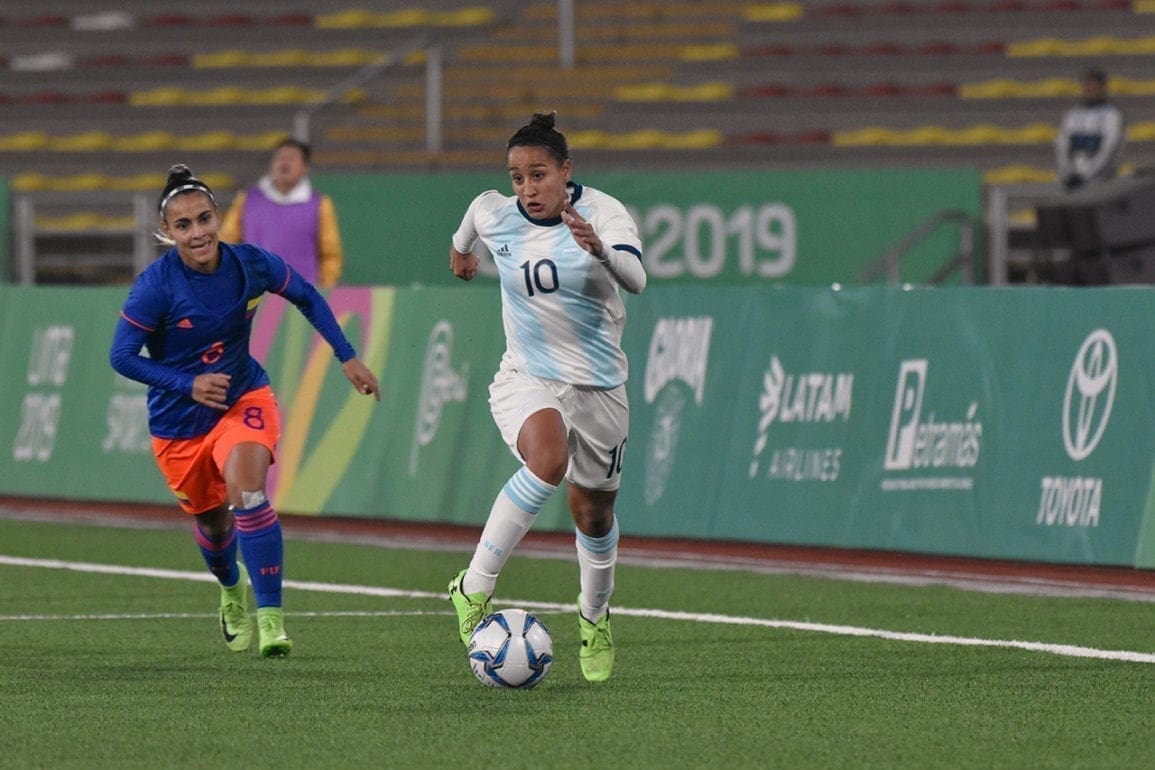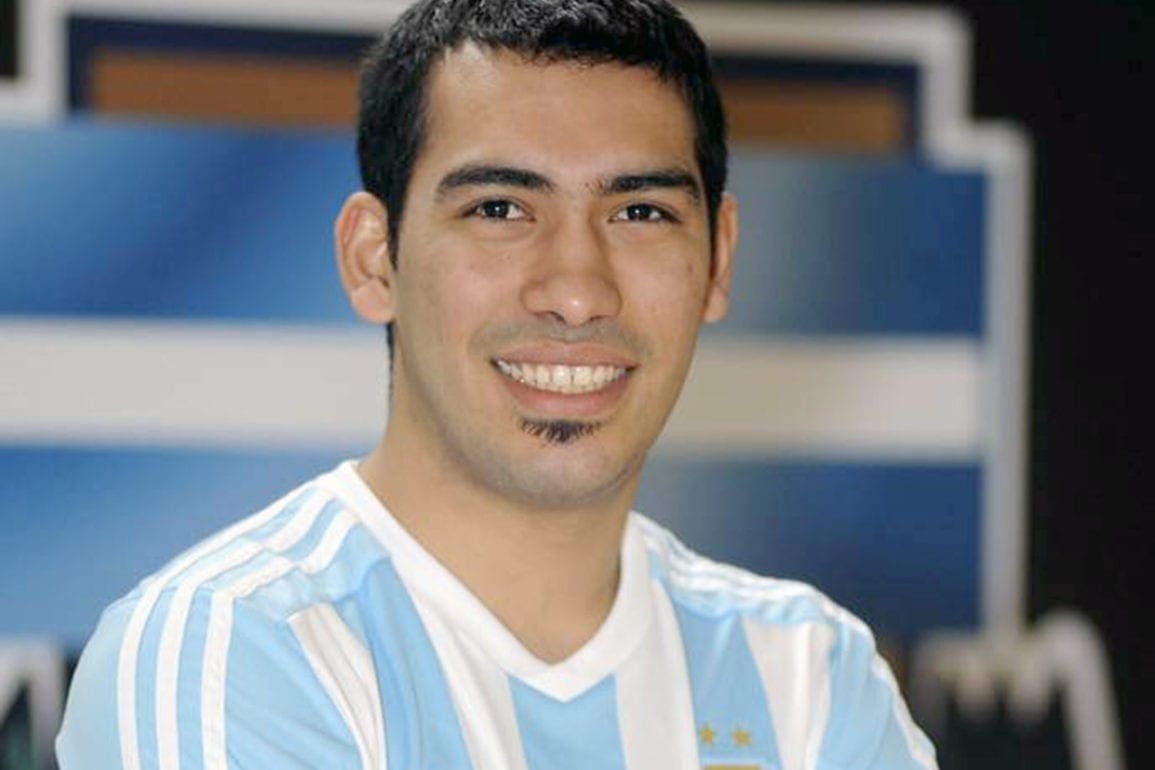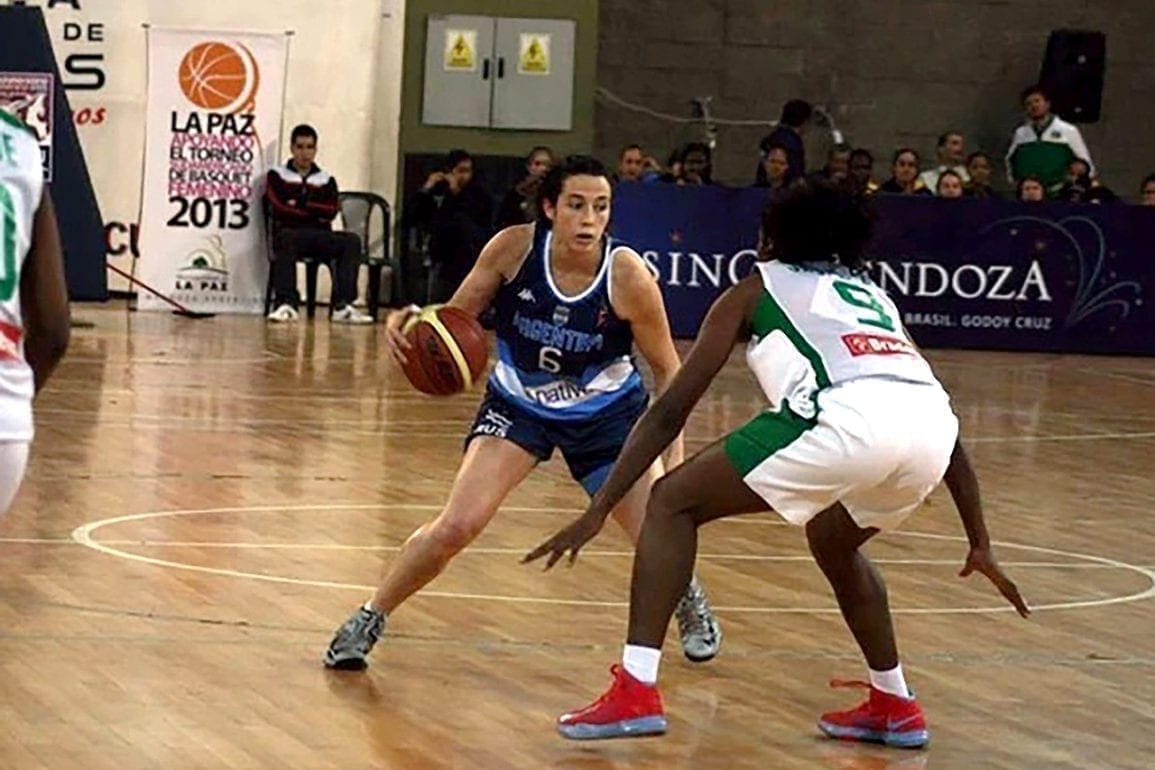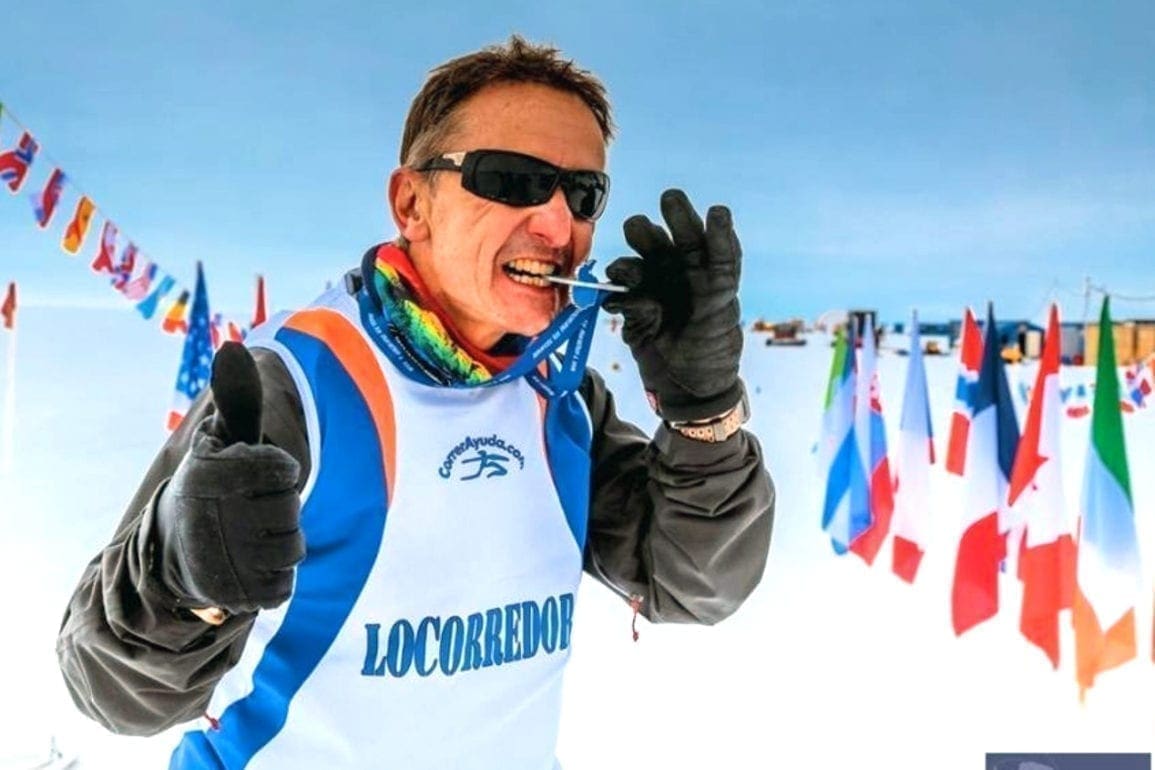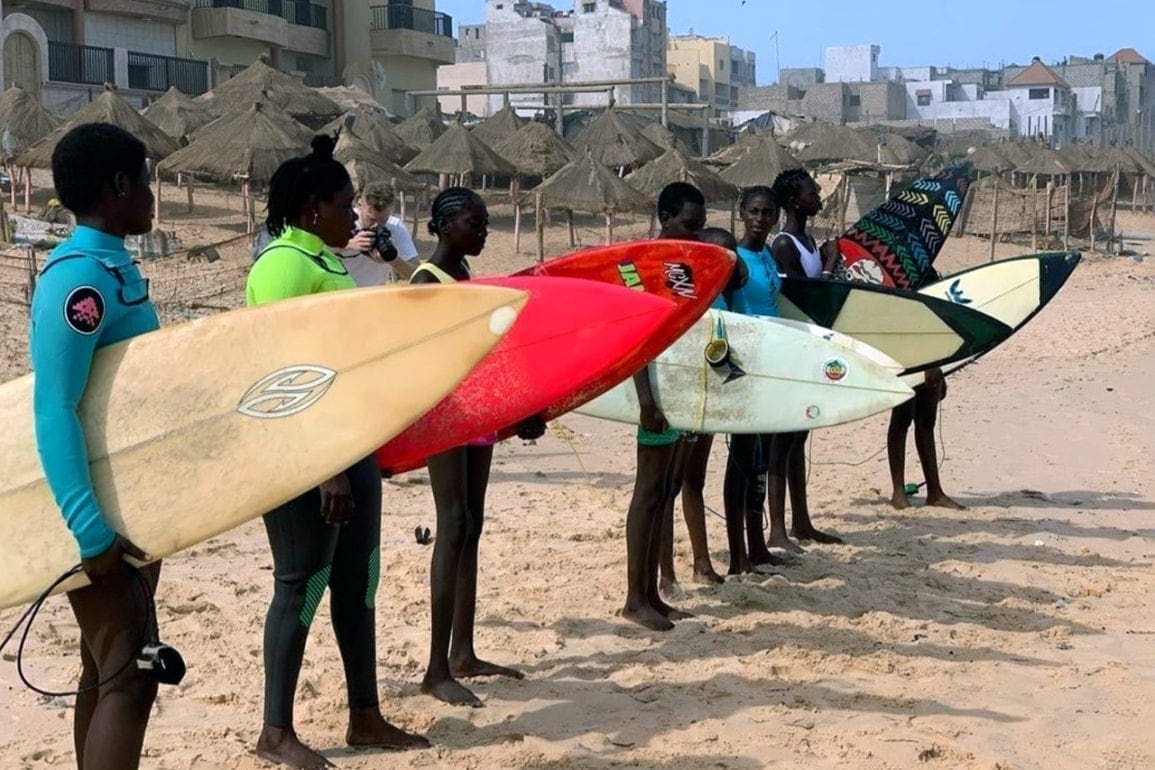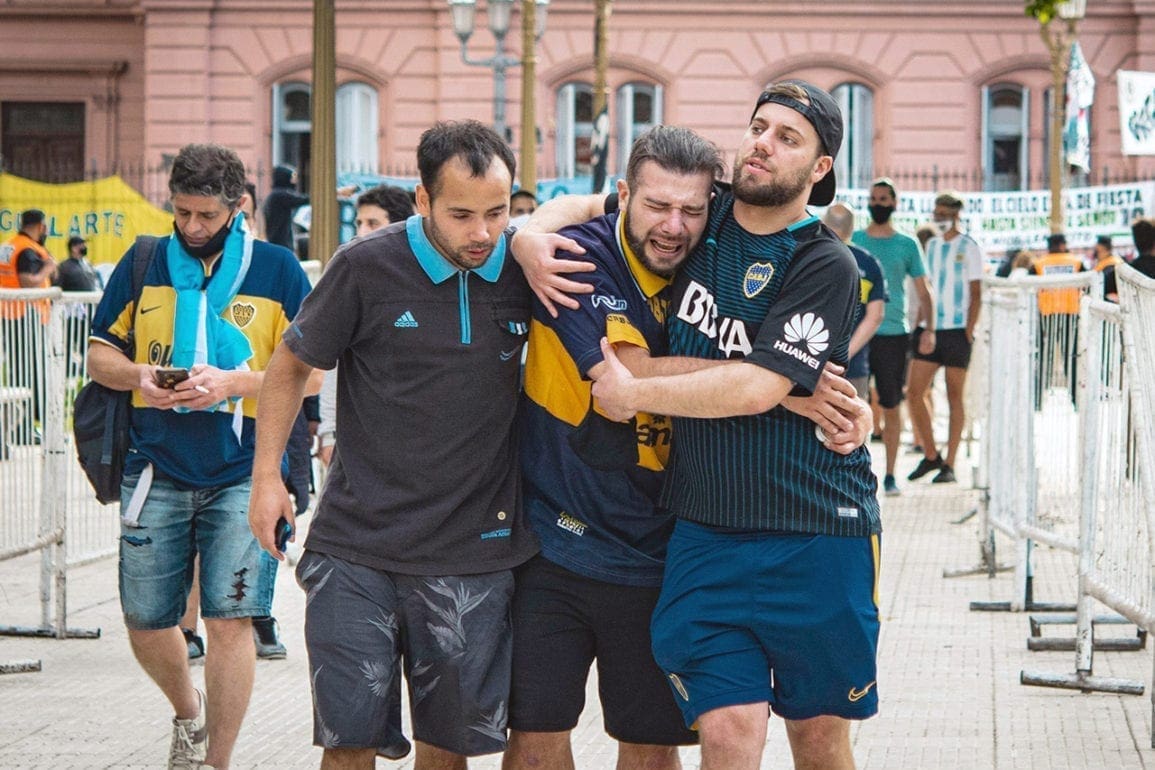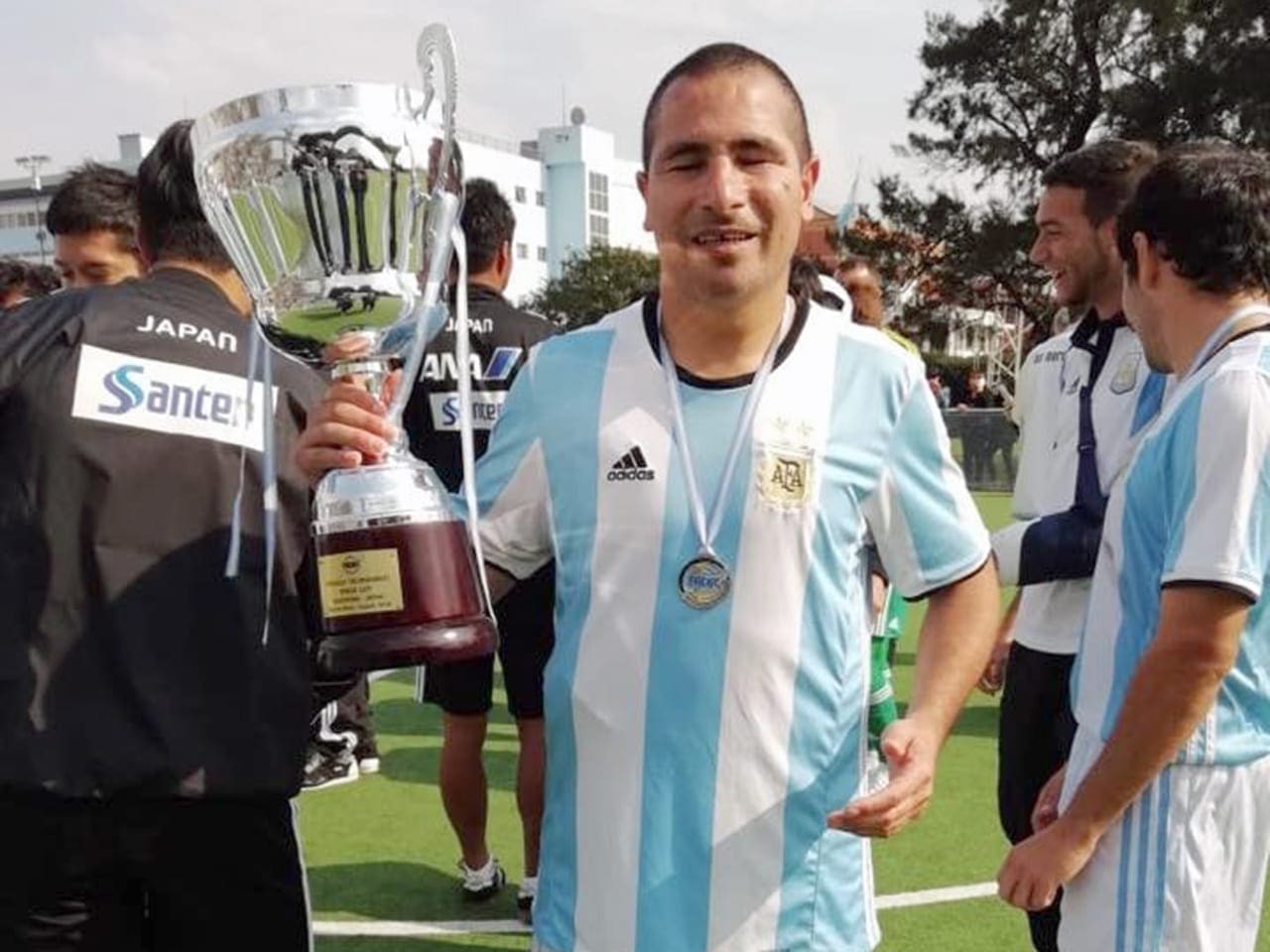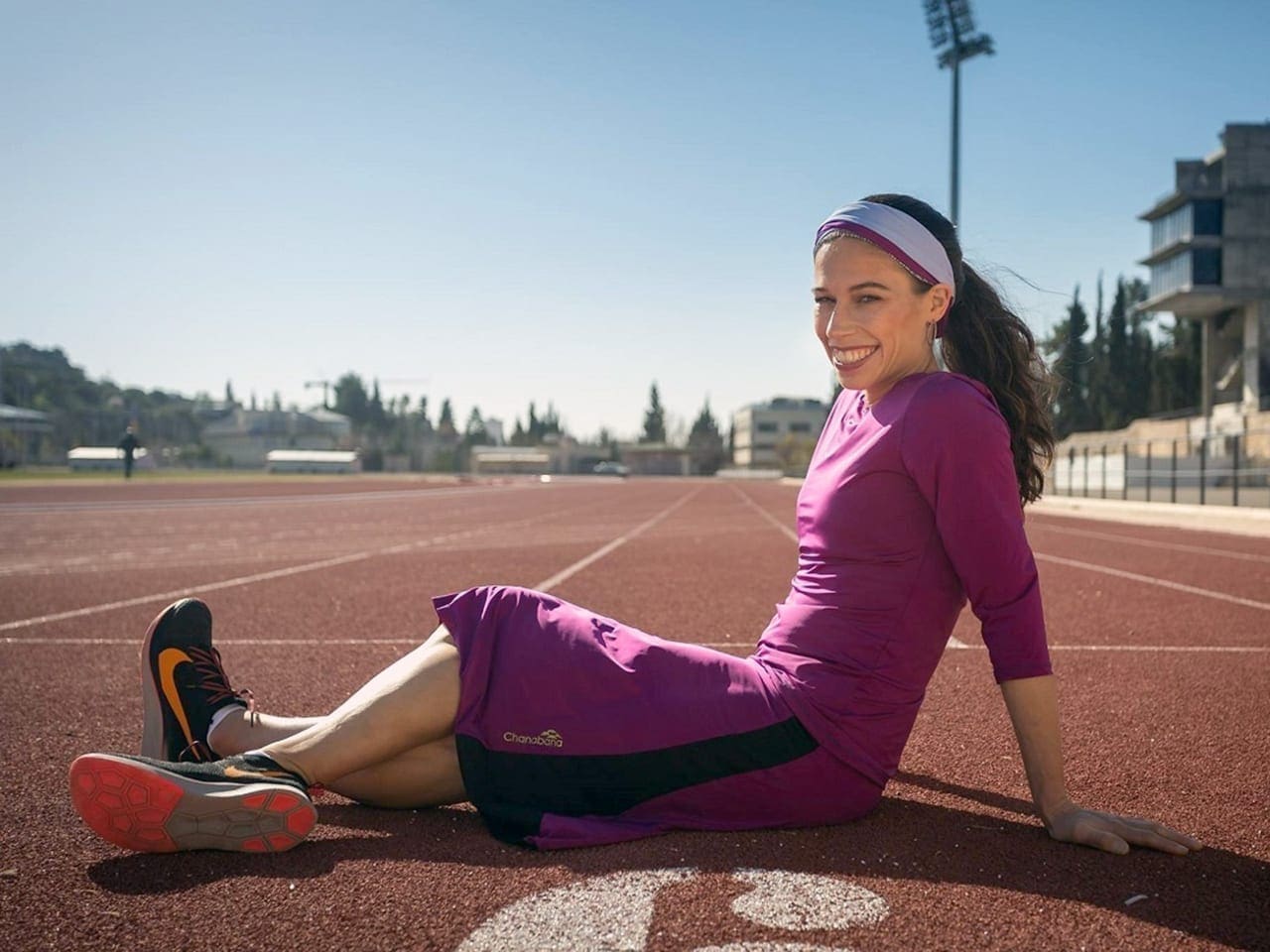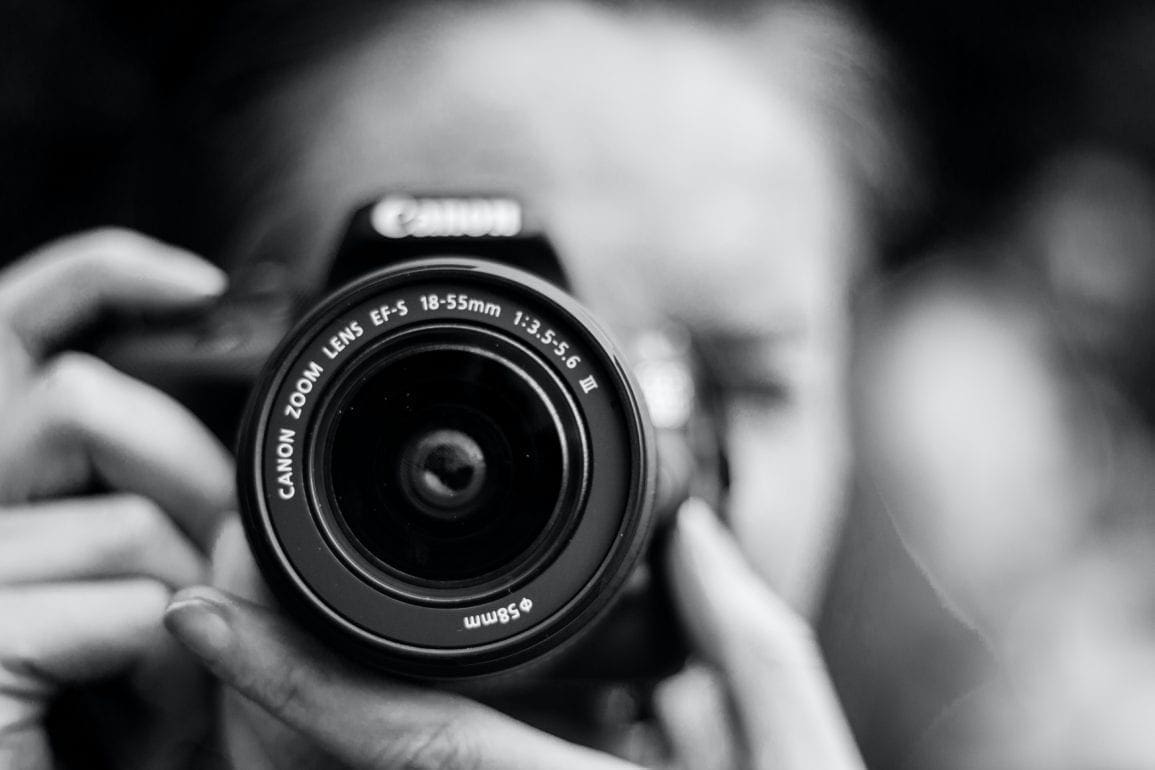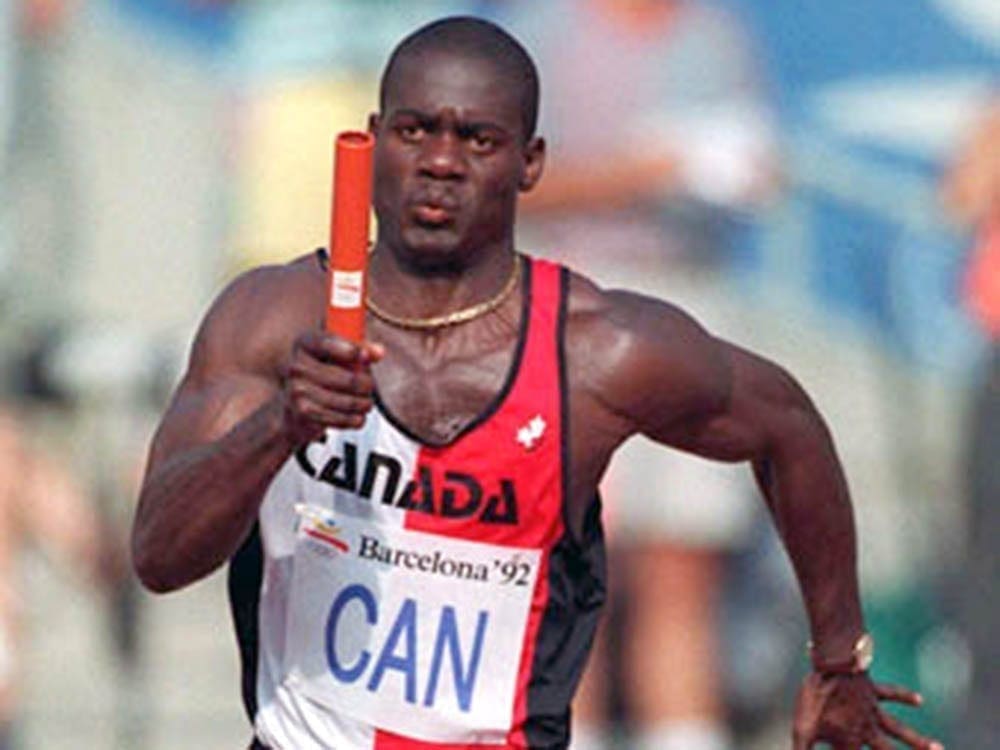After pretending to be a man and facing closed doors, she became the first woman to win a national racing championship
One year, I sent my resume in to test for the Italian Formula Renault and Formula Nissan series. They selected me and I flew to Europe. A few days before my test, I received a disappointing notice. They did not realize from my resume I was a woman, and they did not test women. I went home and did something about it. I resent my resume, this time with a male name.
- 2 years ago
July 13, 2023
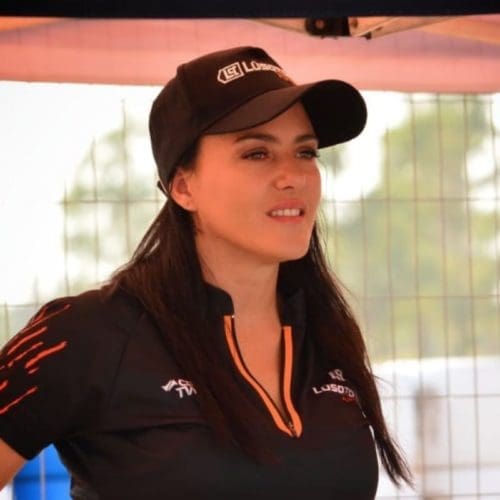
BUENOS AIRES, Argentina — I made my debut in racing at 14 years old, driving a go-kart my father had built. By 18, I was racing in a single seater in Formula Renault. After winning titles in South America and competing on European circuits, I announced my retirement in 2004. The longing I felt for the intensity of racing never left me. After a 14-year hiatus, I returned to the track. This time, I wanted to achieve something big.
When I pulled up for the Argentina Cup in my Porsche GT3, the crowd felt restless. I could hear my heart beating out of my chest. The smell of gasoline permeated the air and adrenaline rushed through my veins. I climbed into the car, intent on making history as the first woman in Argentina to win it all.
Read more stories from Argentina at Orato World Media
At barely 14 years old, I found myself immersed in the world of car racing
I found myself surrounded by cars growing up, watching my father work as a mechanic. At his workshop one day, he asked if I wanted to try go-karting. He and his Porsche clients assembled a high-powered go-kart and planned to spend the day spinning it around the track and barbequing. The idea thrilled me, and I excitedly agreed to join. To his surprise, I felt no fear. In fact, I loved it. As I drove the go-kart at full speed, my back stuck to the leather seat, I felt exhilarated and free, like I was soaring through the sky.
I quickly began competing alongside some of the best drivers at that time like Pechito López, Esteban Guerrieri, and Matias Milla. I loved the level of competition and despite my lack of experience, I maintained equal footing. I quickly secured a front row position and even reached the podium. Competing alongside such legends gave me a profound sense of pride.
For me, racing evokes powerful sensations. When I press the gas and take off, I feel relief, like how you feel when your plane finally takes off. Inside the car, I become highly focused, attuned to my surroundings – like entering a state of meditation.
Working in a male-dominated field, I constantly had to prove myself
Every day after school, I rushed to the kart track. No inclusivity for women existed at that time. They had no women’s bathrooms and men resisted our presence, even more so than today. Naturally, I felt it and it made everything more challenging. Despite all the social progress we’ve made, I still sense that discomfort from others, but I press on.
Now, as a member of the Argentine Flyers Association, I have an opportunity to break barriers and work toward inclusion for women in a male-dominated arena. The process remains difficult, but I notice the small progress and feel excited for the future.
When I look back at what I have done, it feels surreal. I competed in the Ladies’ Cup and in the highly competitive Renault Formula, considered one of the top national formula racing series of its time. After finishing as runner-up in my first year in the South American Formula 3 championship, a team in Brazil invited me to race with them. This was when disappointment would set in. After just two races, they dropped me because the male drivers felt uncomfortable with a woman outperforming them.
I never imagined anyone could care that much. Fortunately, the sponsor Petrobras picked me up and in my first race, I became the fastest driver on their team.
Pretending to be a man to get through tryouts, and the constant societal pressure
One year, I sent my resume in to test for the Italian Formula Renault and Formula Nissan series. They selected me and I flew to Europe. A few days before my test, I received a disappointing notice. They did not realize from my resume I was a woman, and they did not test women. I went home and did something about it. I resent my resume, this time with a male name. They approved my application and when I got there, chaos ensued.
When they argued against me, I insisted on an equal opportunity. I asked them to let me prove myself. They finally allowed me in a car and, to everyone’s surprise, I proved to be the fastest driver on the track. The next day, heavy rain began to fall. Still, I remained the fastest driver. When they ultimately selected me for the team, it felt surreal. The team was ecstatic about my performance.
It seemed a world of opportunity opened up after that. I continued for a time, but certain aspects wore on me. I had a strict training regimen, but worse, they dictated my clothing choices, where I could live, and how I could live. The passion gradually faded and I decided to go home to Argentina. After a few more races, I retired. I spent the time in front of me focusing on being a mother to my three amazing children. Then, the yearning returned. It grew and grew inside of me, until I needed to race again.
Returning to racing after a 15-year break
In 2018, I made my return to the Porsche Cup in Argentina. I even traveled to Germany to become certified as an instructor, taking my place as the first female in Porsche’s history to work for them on the track. I felt the spark of passion reignite and the glimmer returned to my eyes. I also felt afraid to step into a project I might not be prepared for.
Despite my self-doubt, I reconnected with myself – not just my mind, but my emotions and my heart. I took a leap of faith, knowing deep down I was destined for something big. That year proved pivotal. Not only did I make my mark on the track, but I fulfilled a dream to become a racing champion.
Throughout the emotional roller coaster, I channeled all my focus and determination into racing, and ultimately emerged as champion. I wear that title with infinite pride. I feel lucky to do what I love most in the world. As the first Argentine woman to win a national race and the first worldwide to win with a Porsche, I hope my story motivates women around the world to push for what they want.

